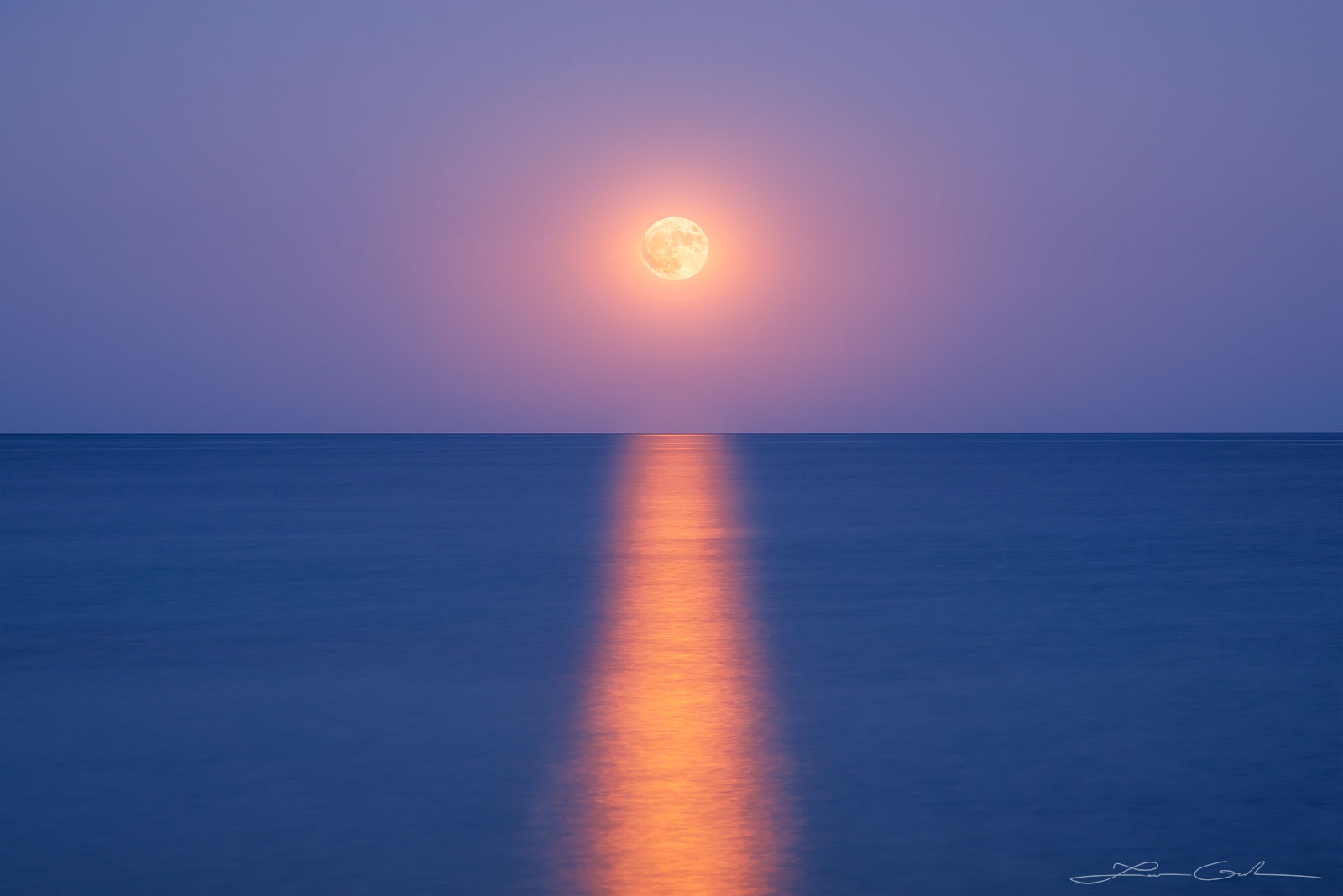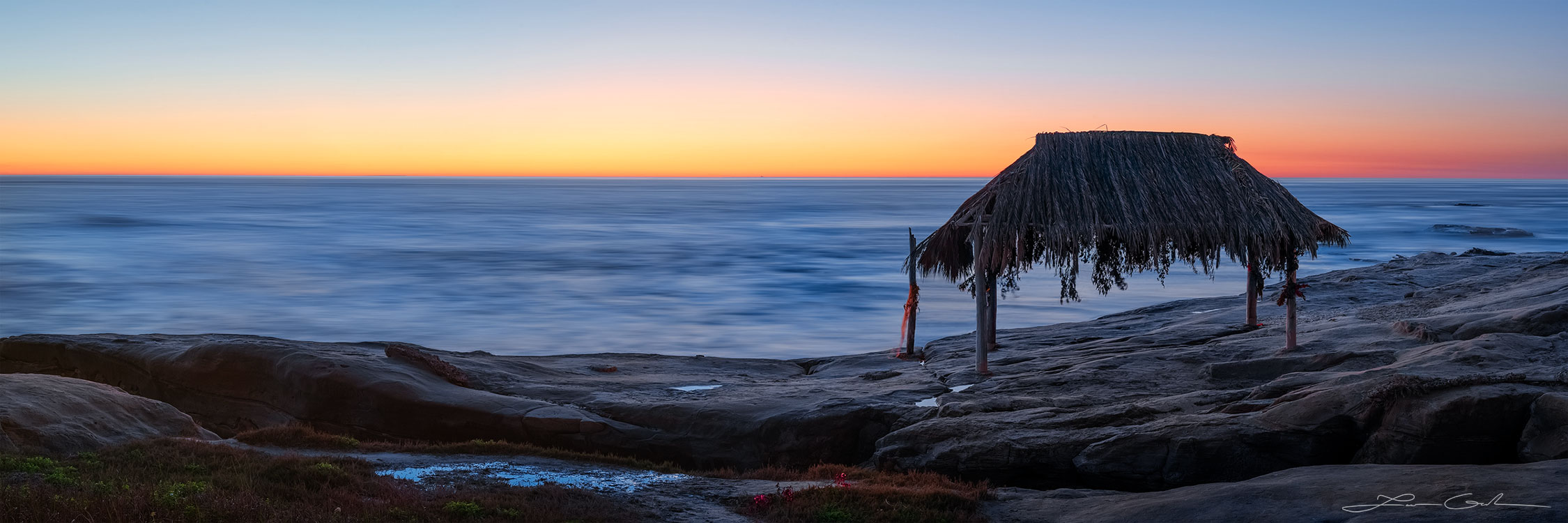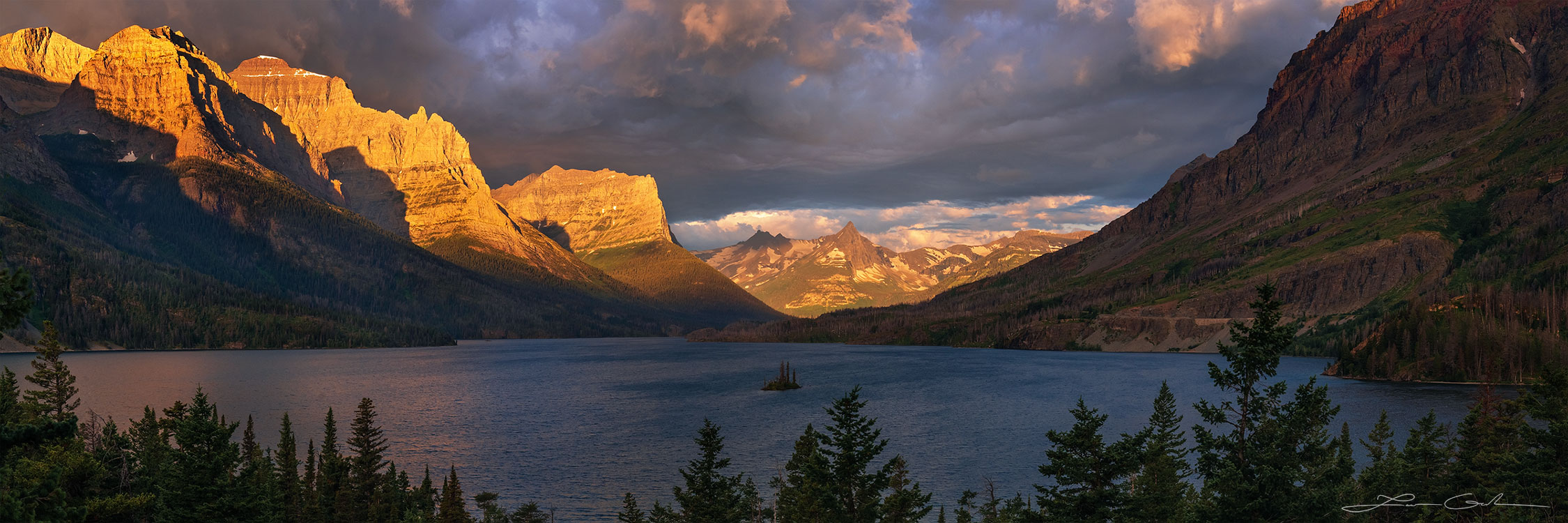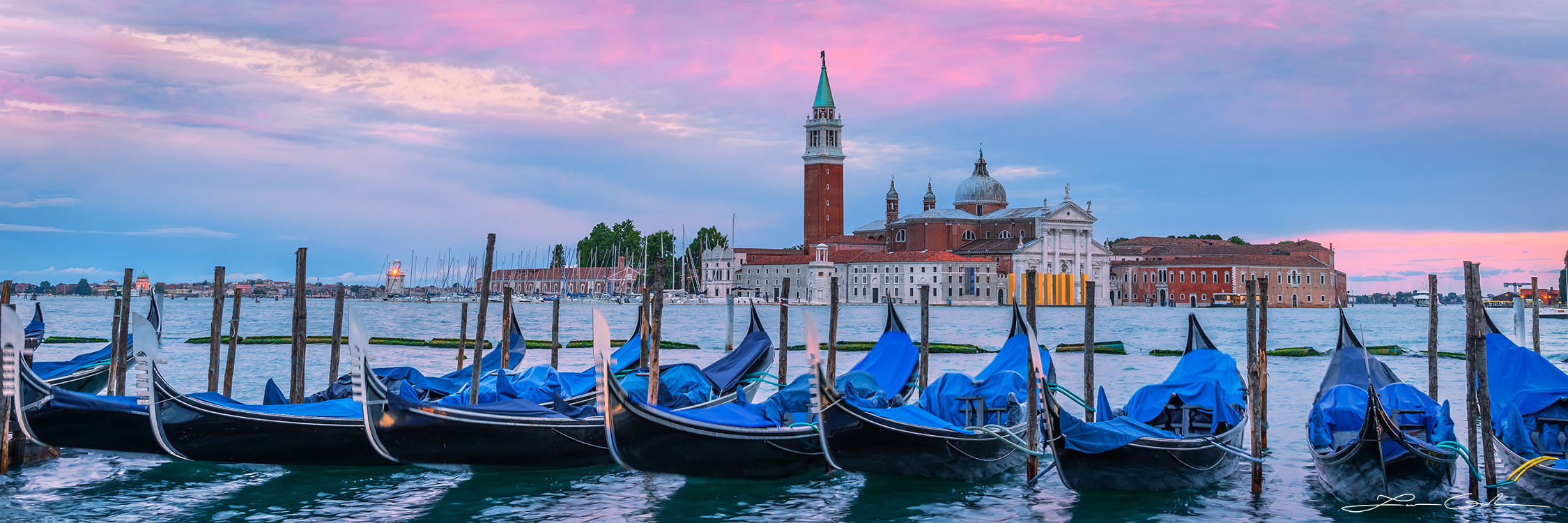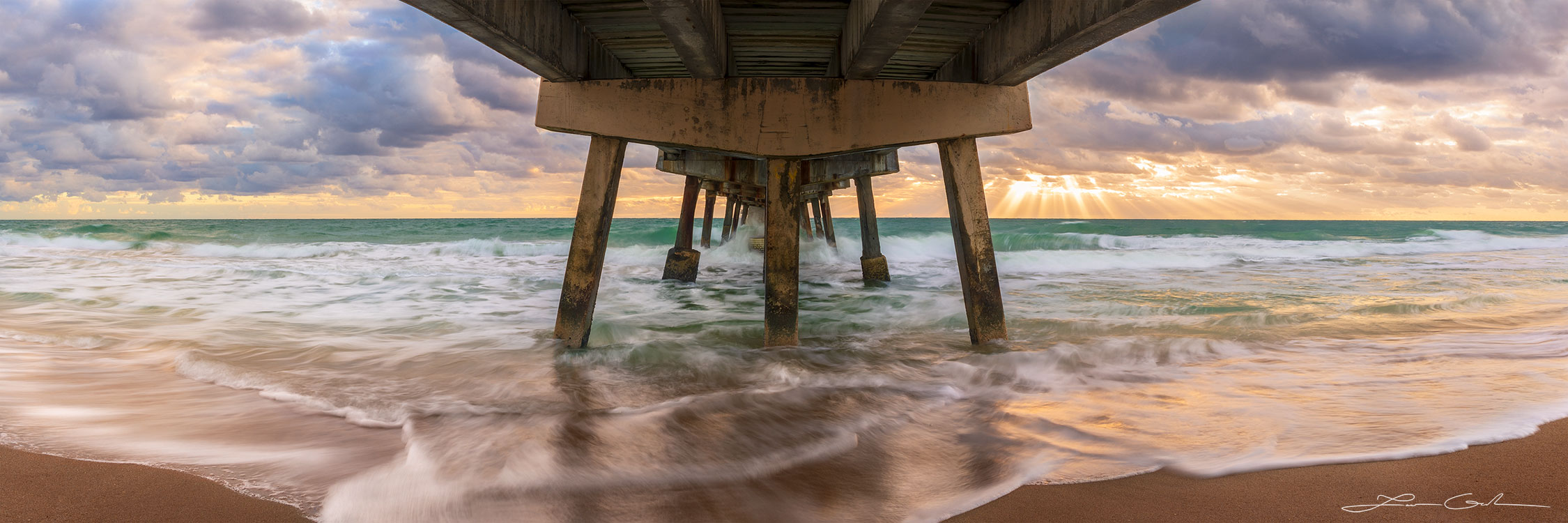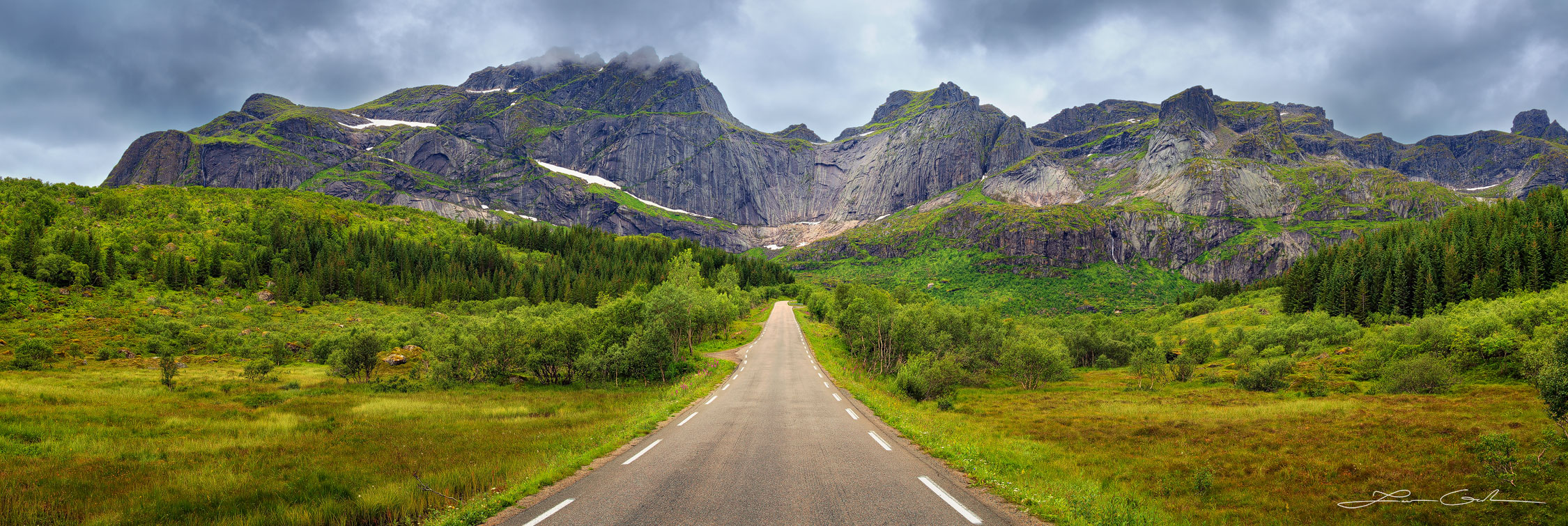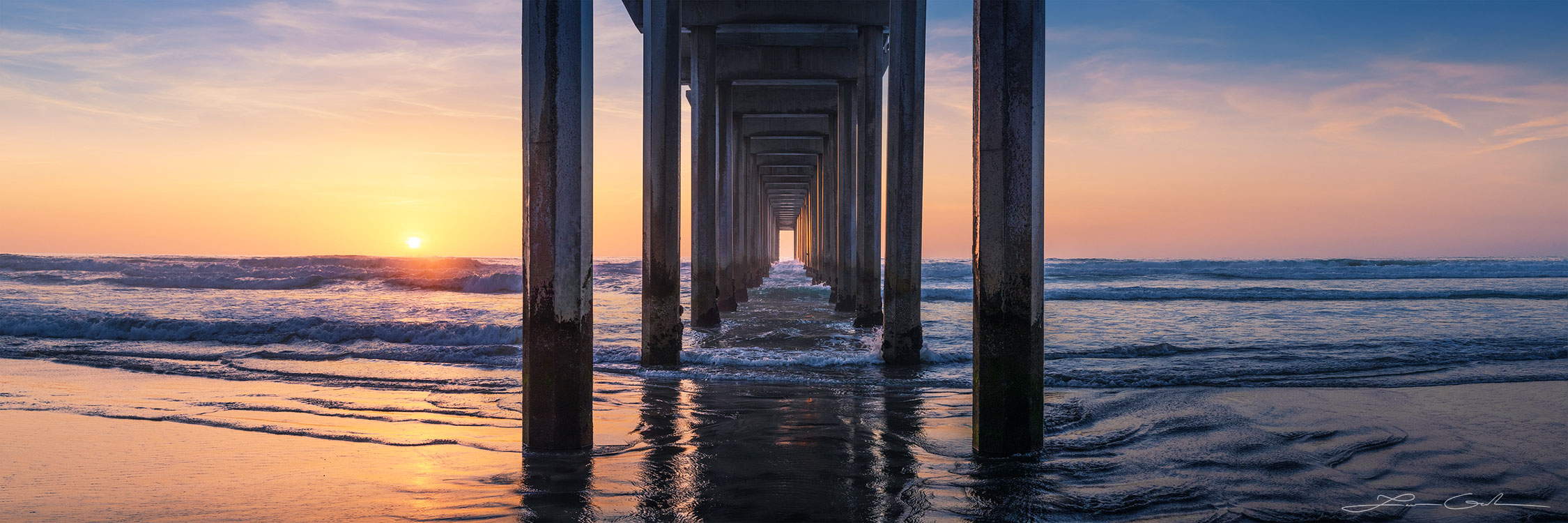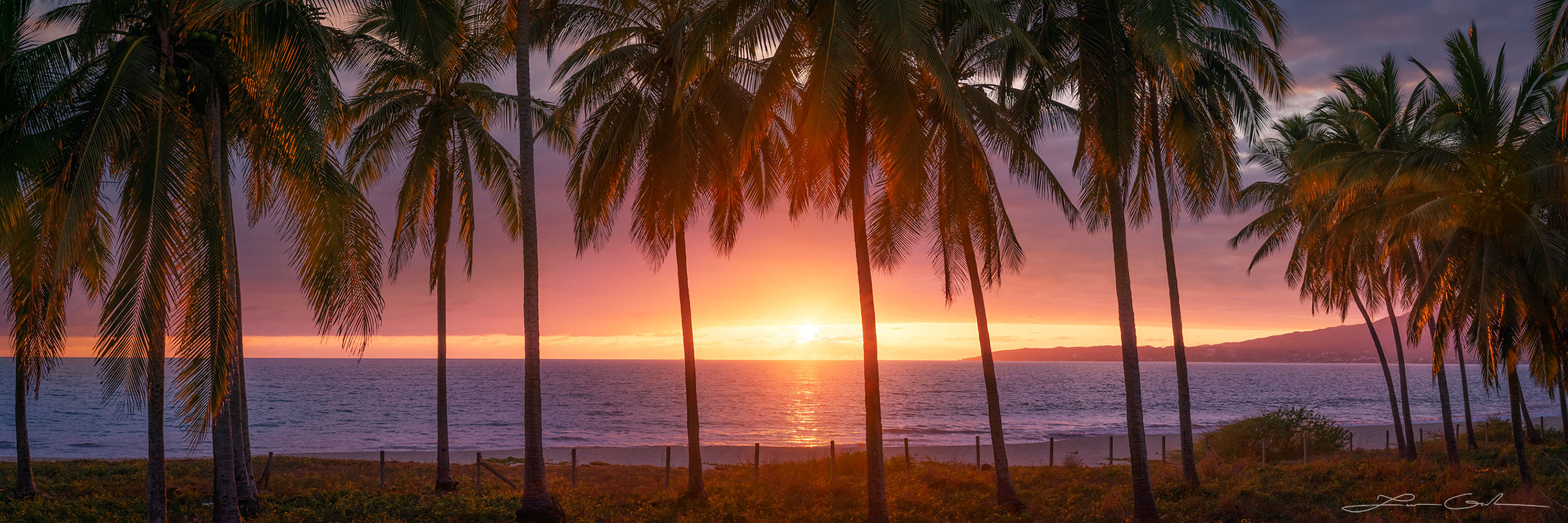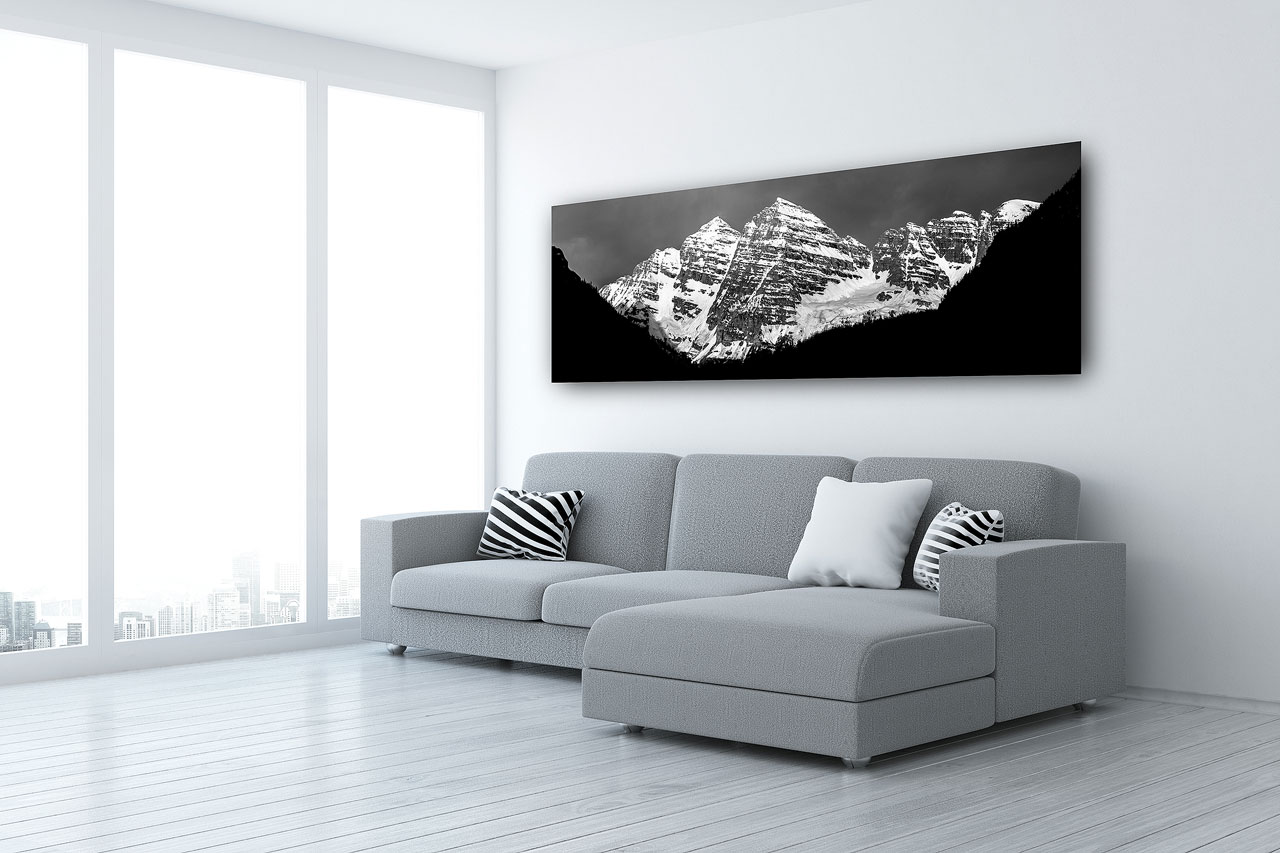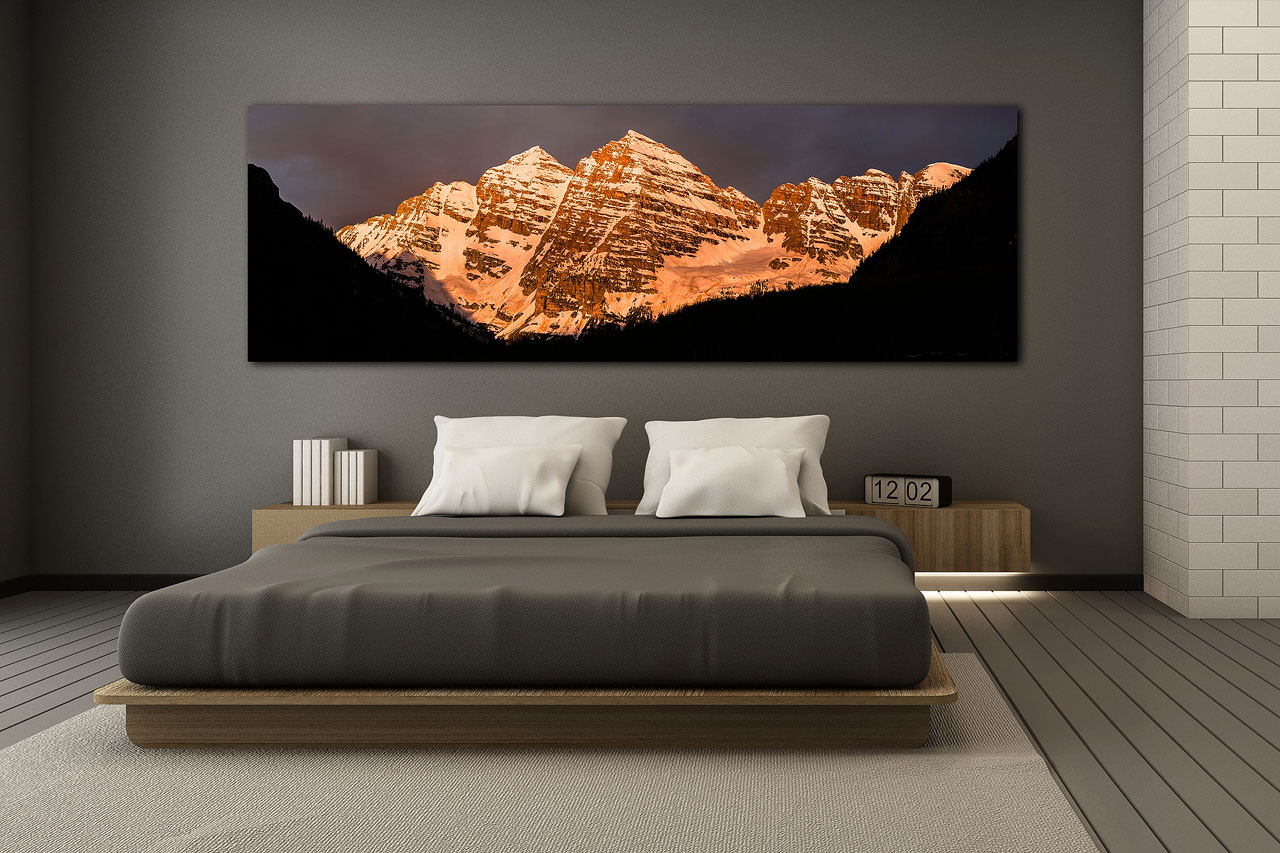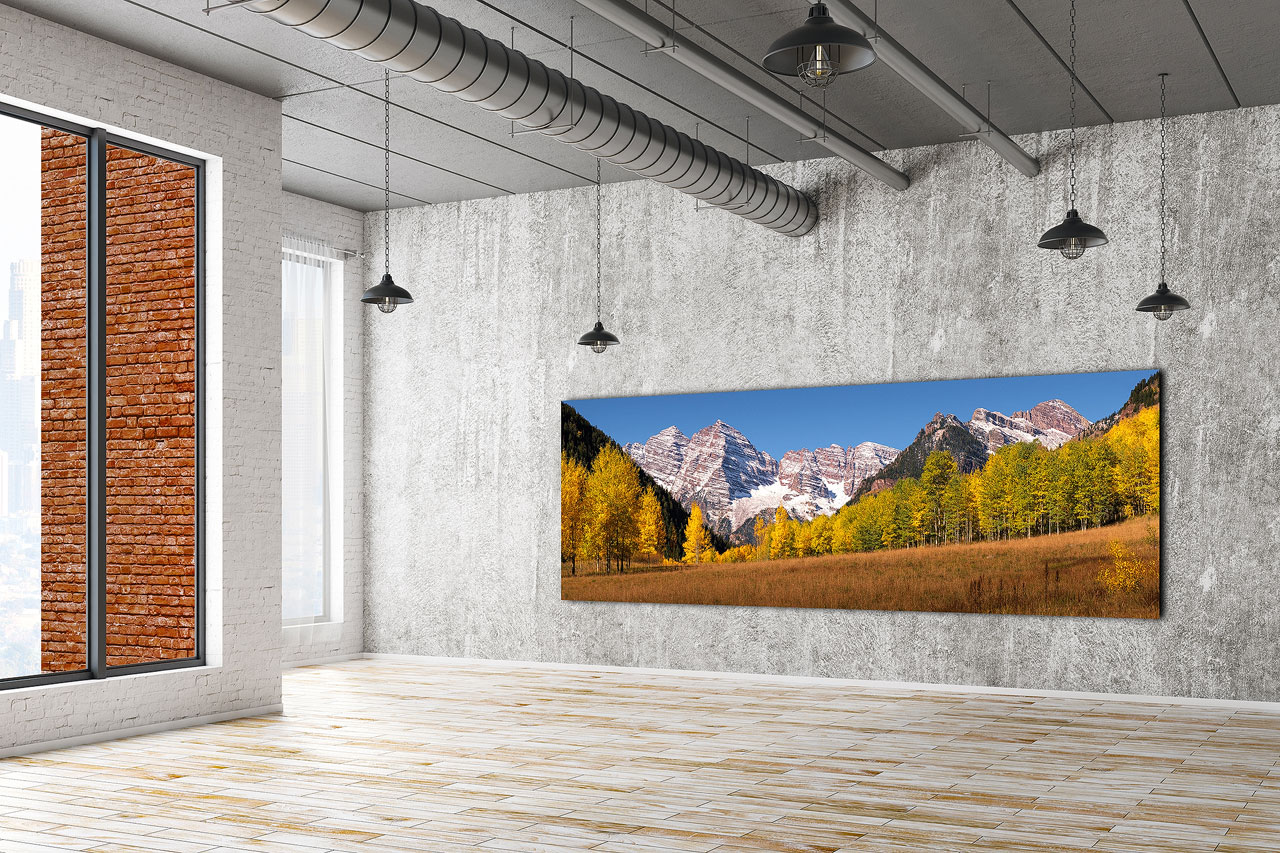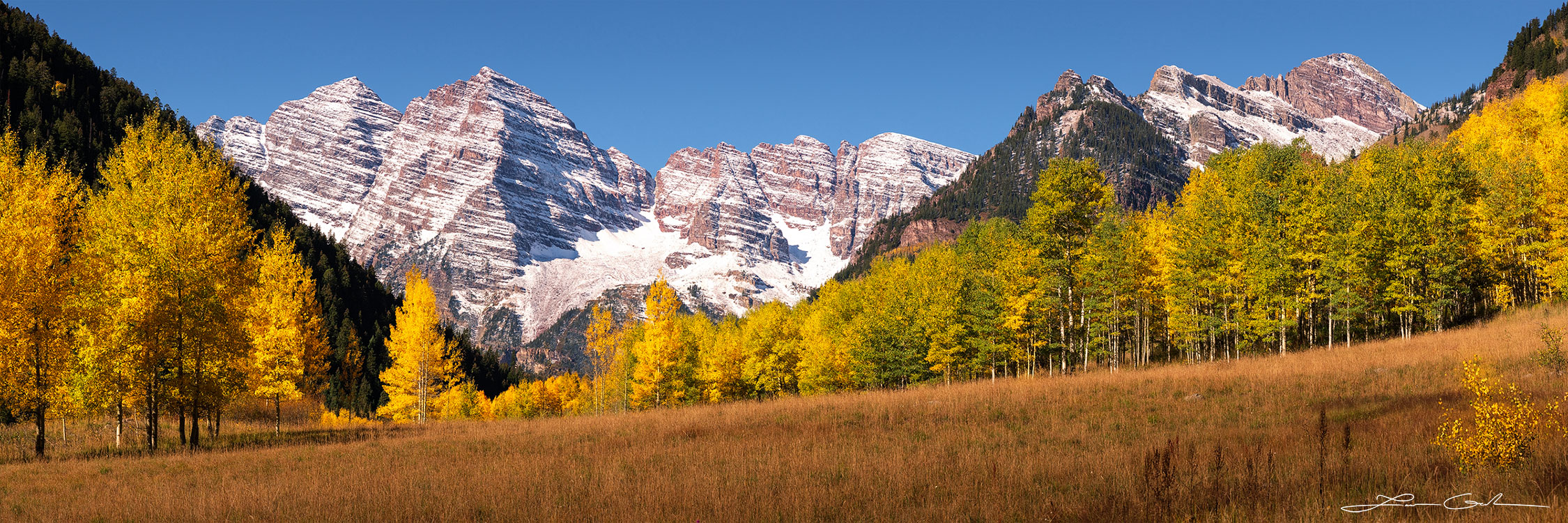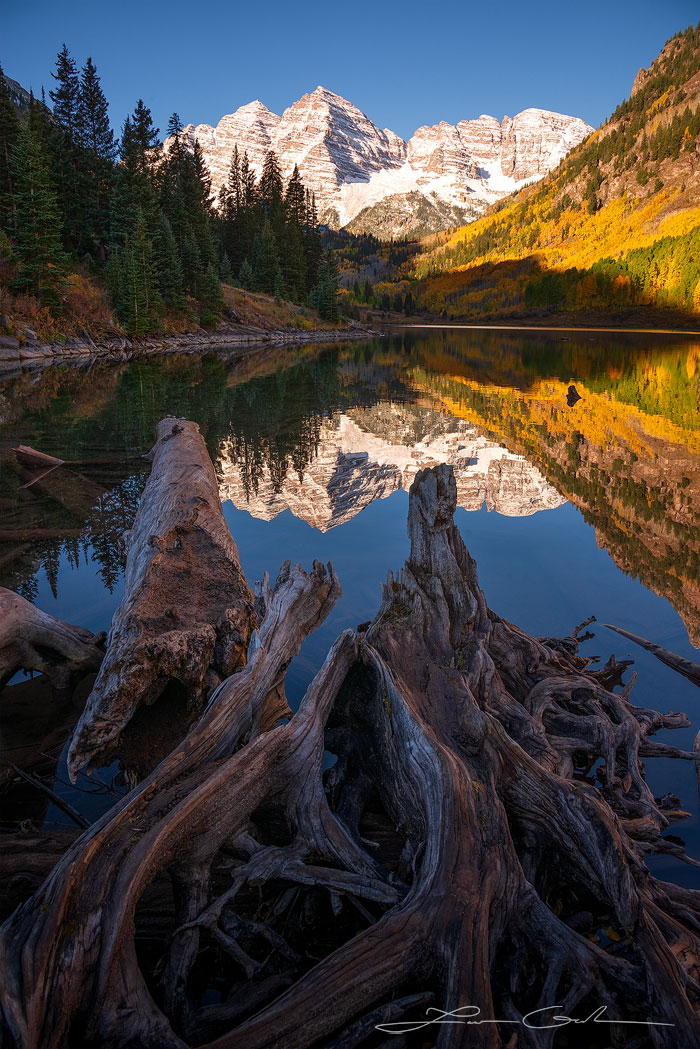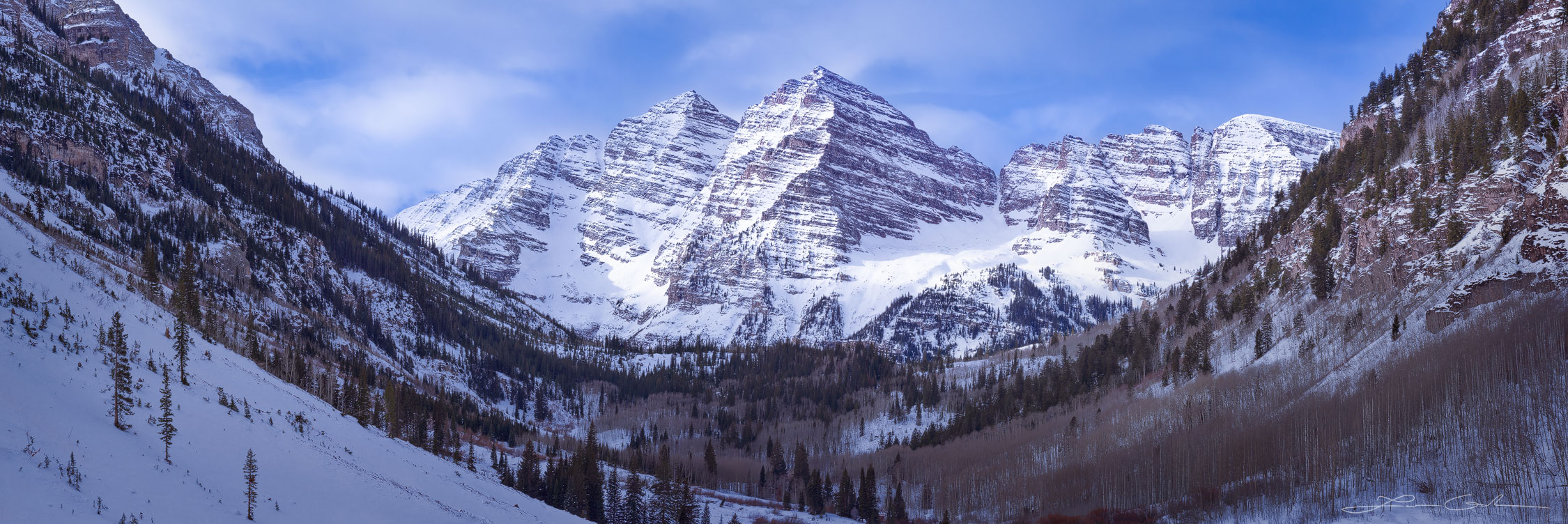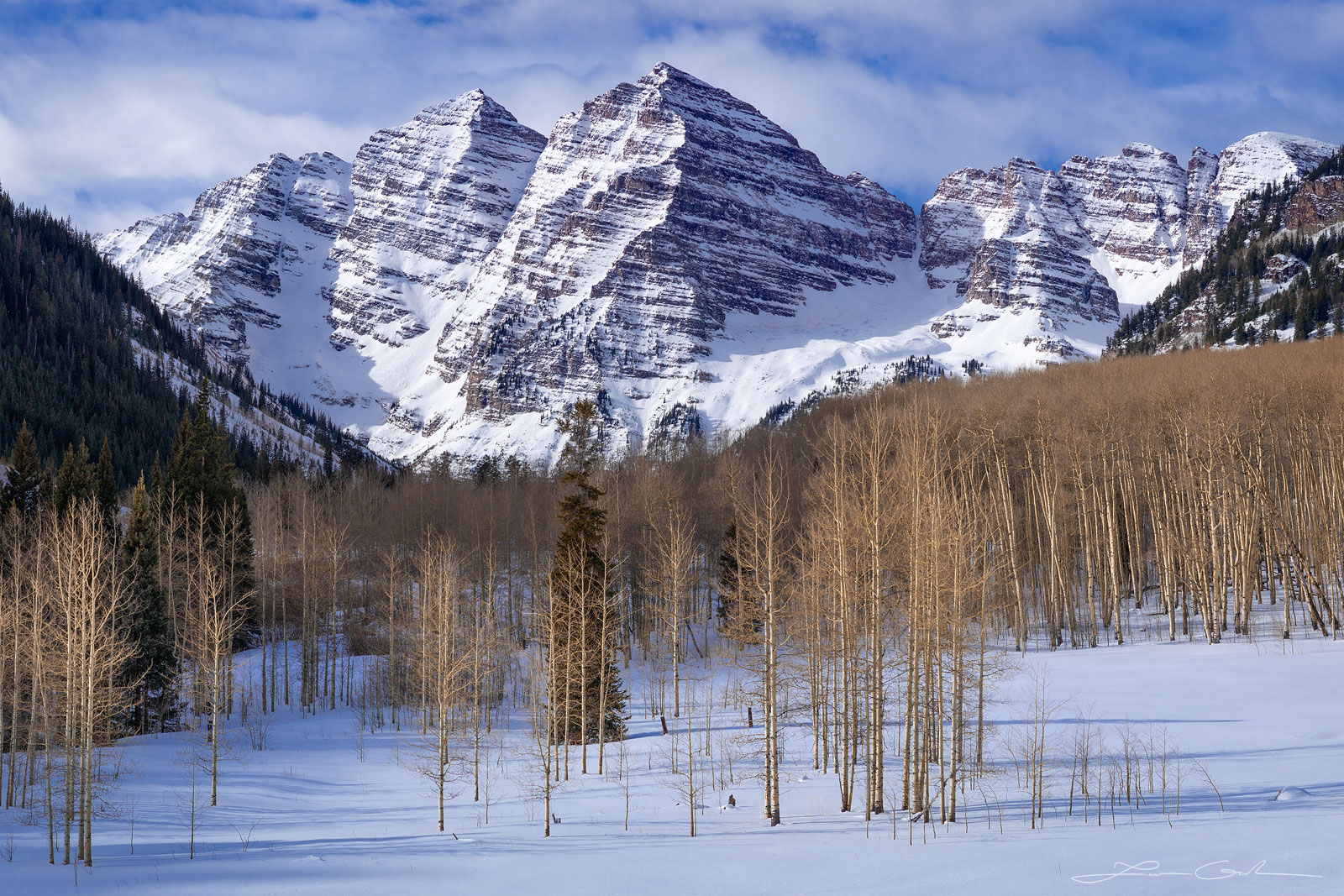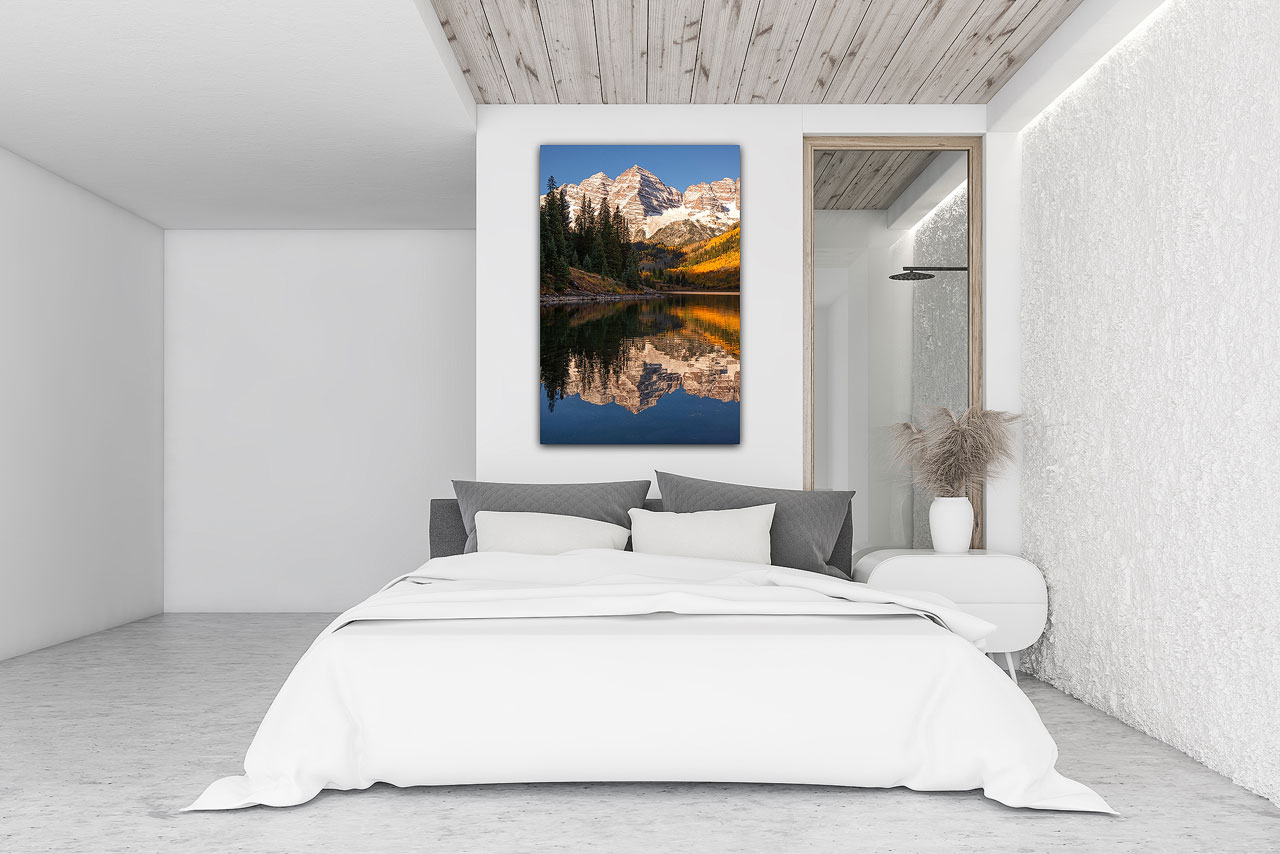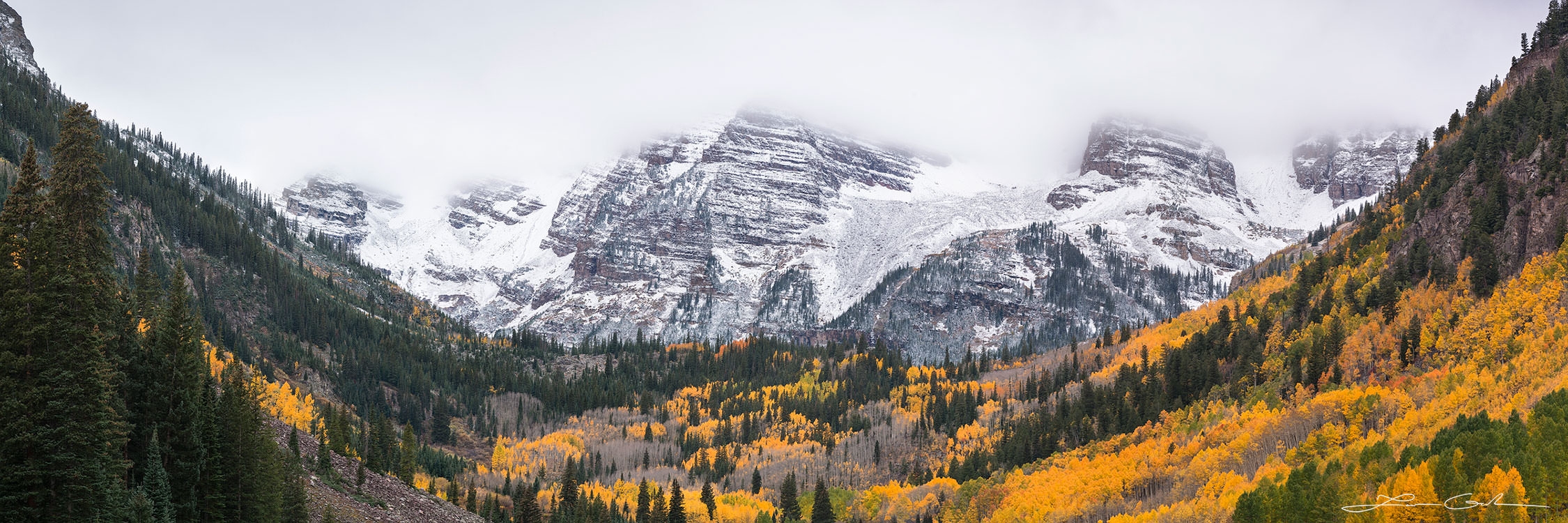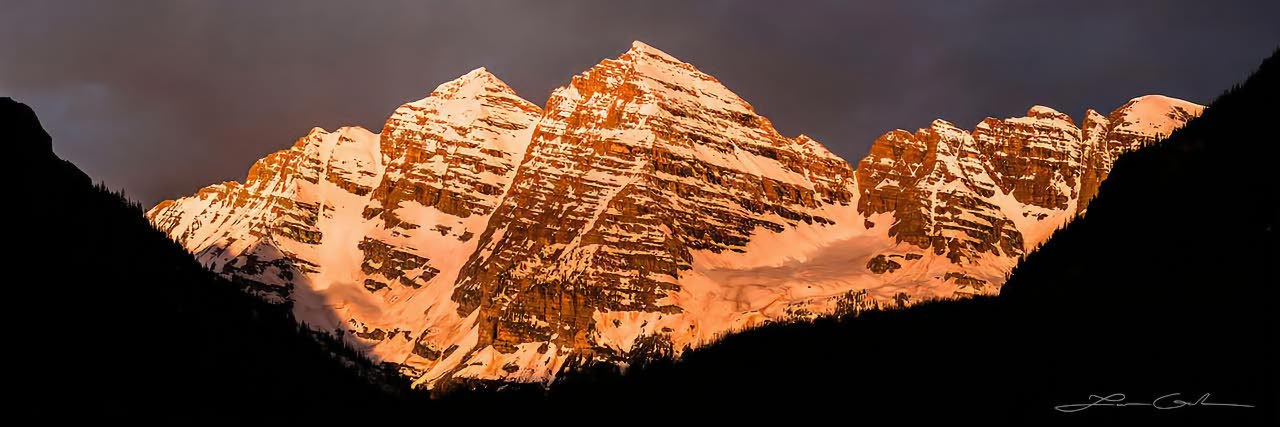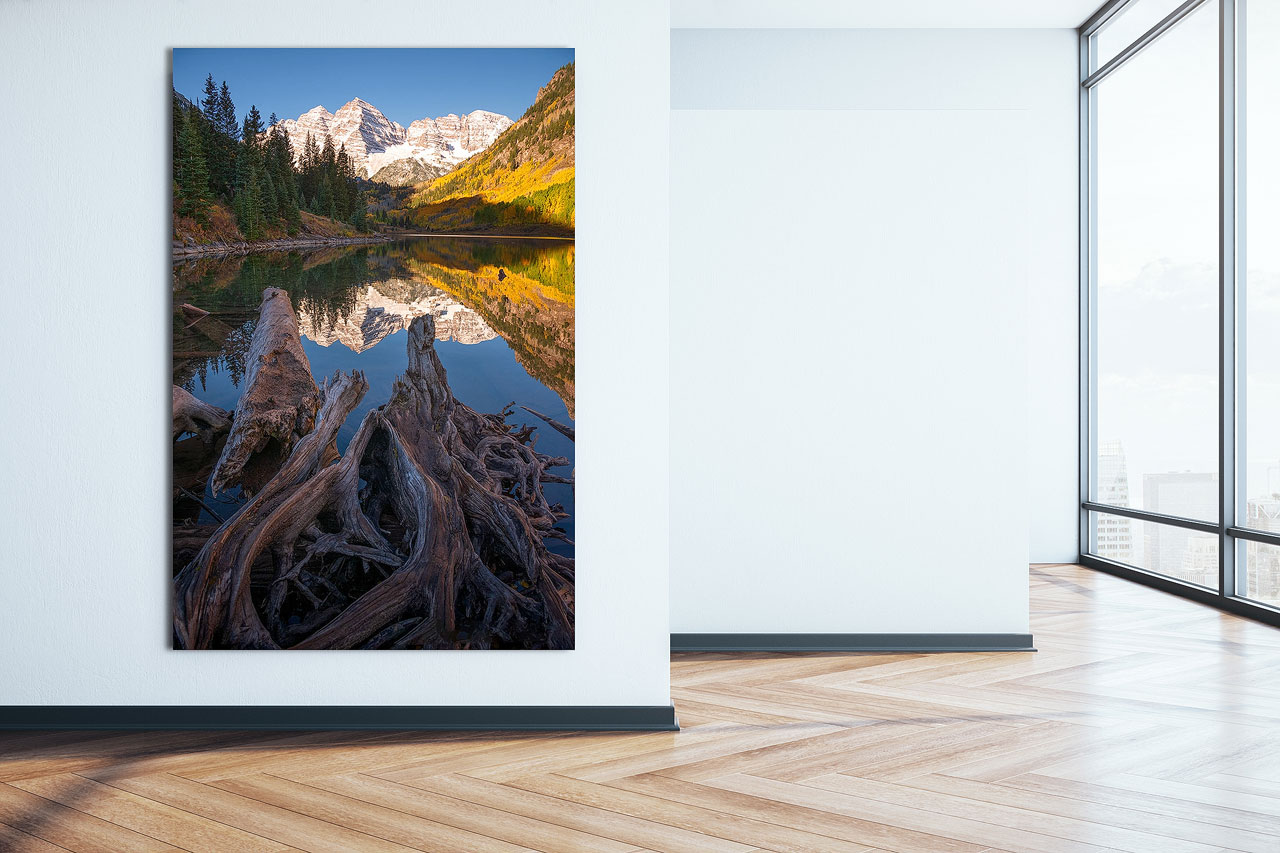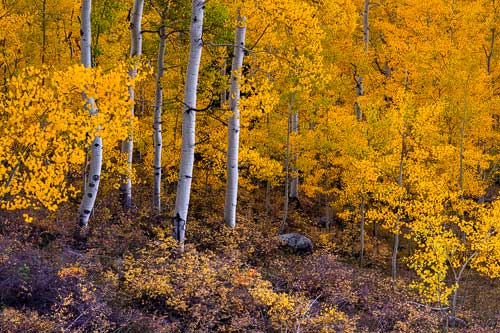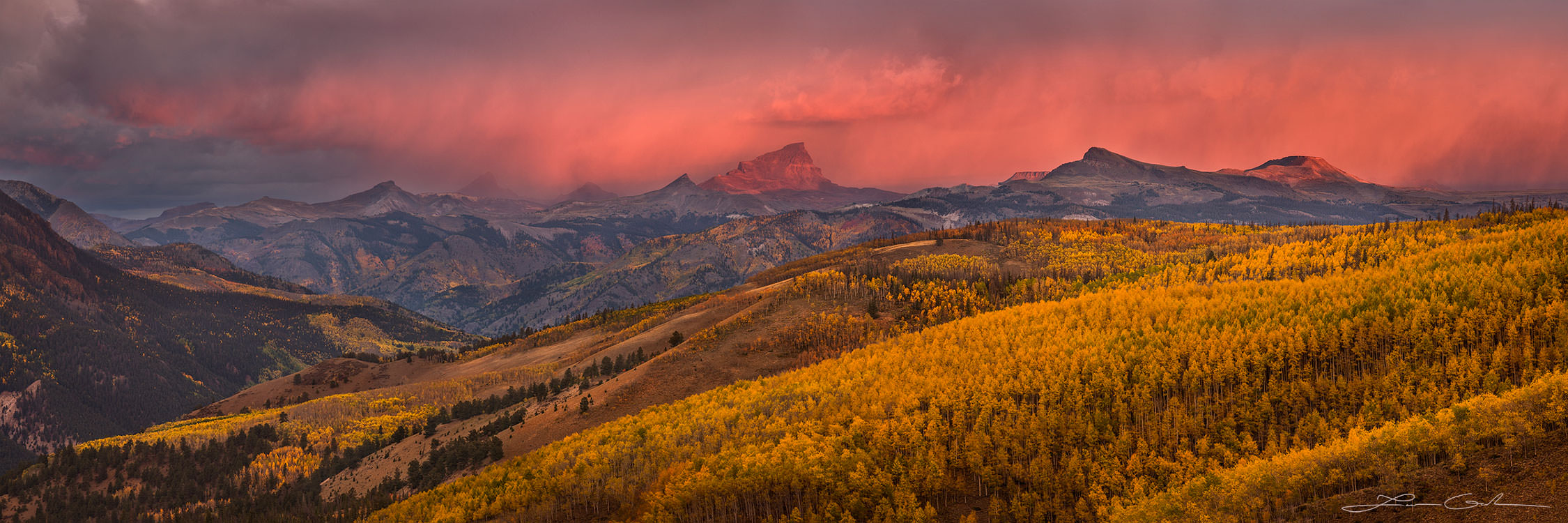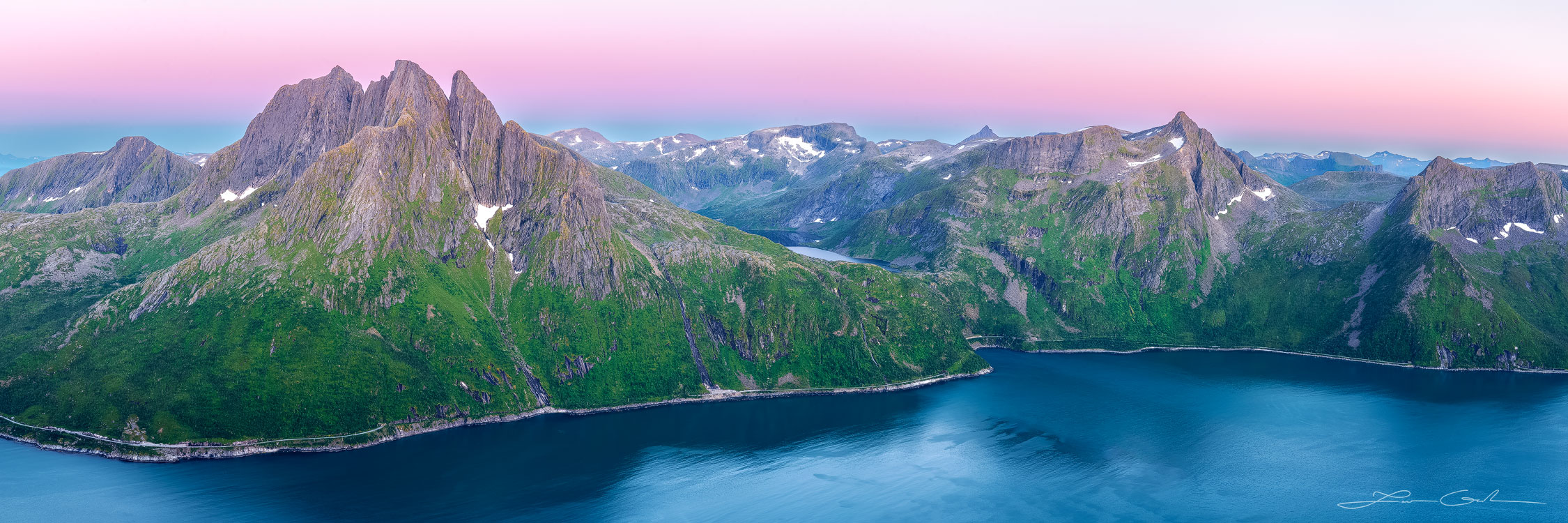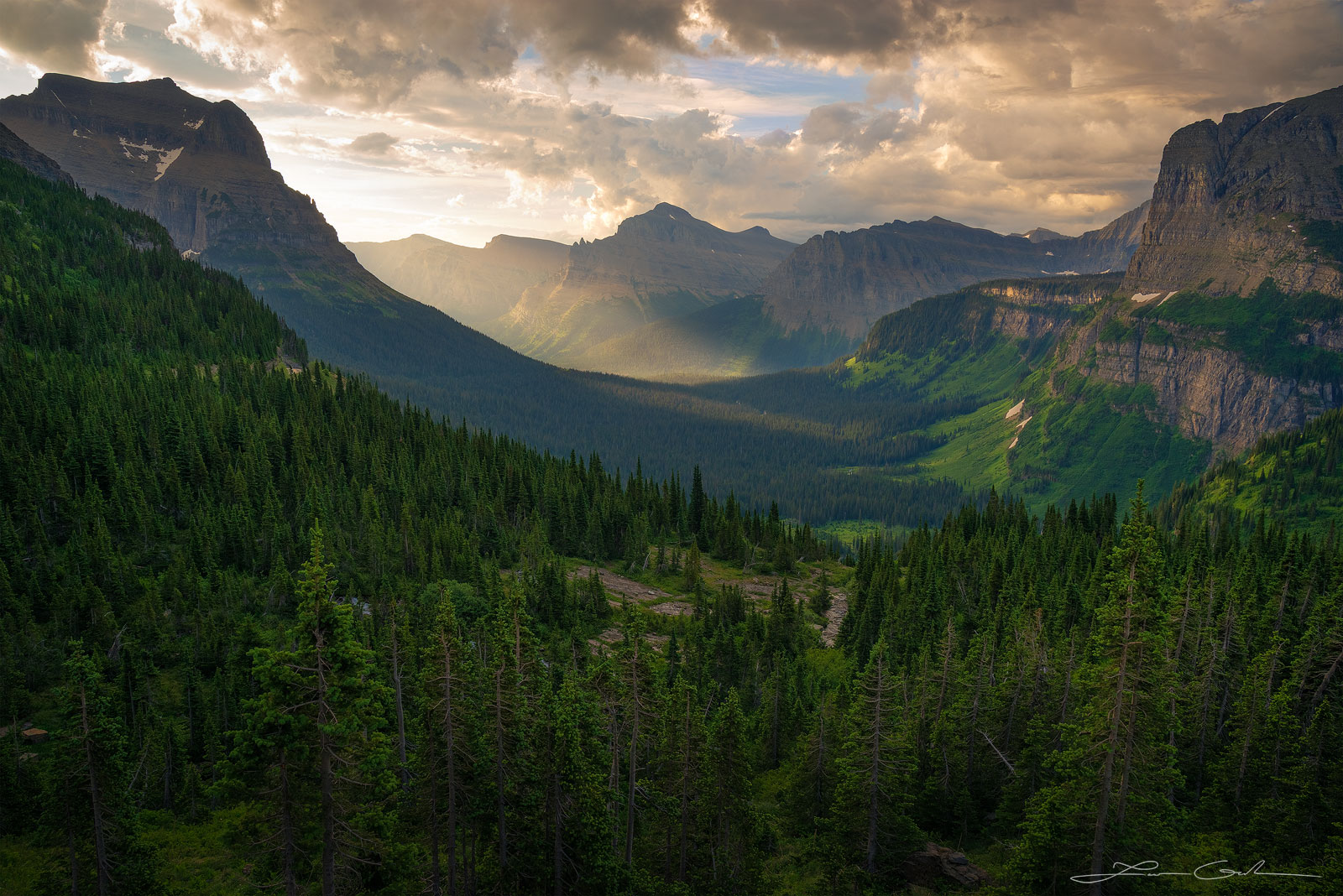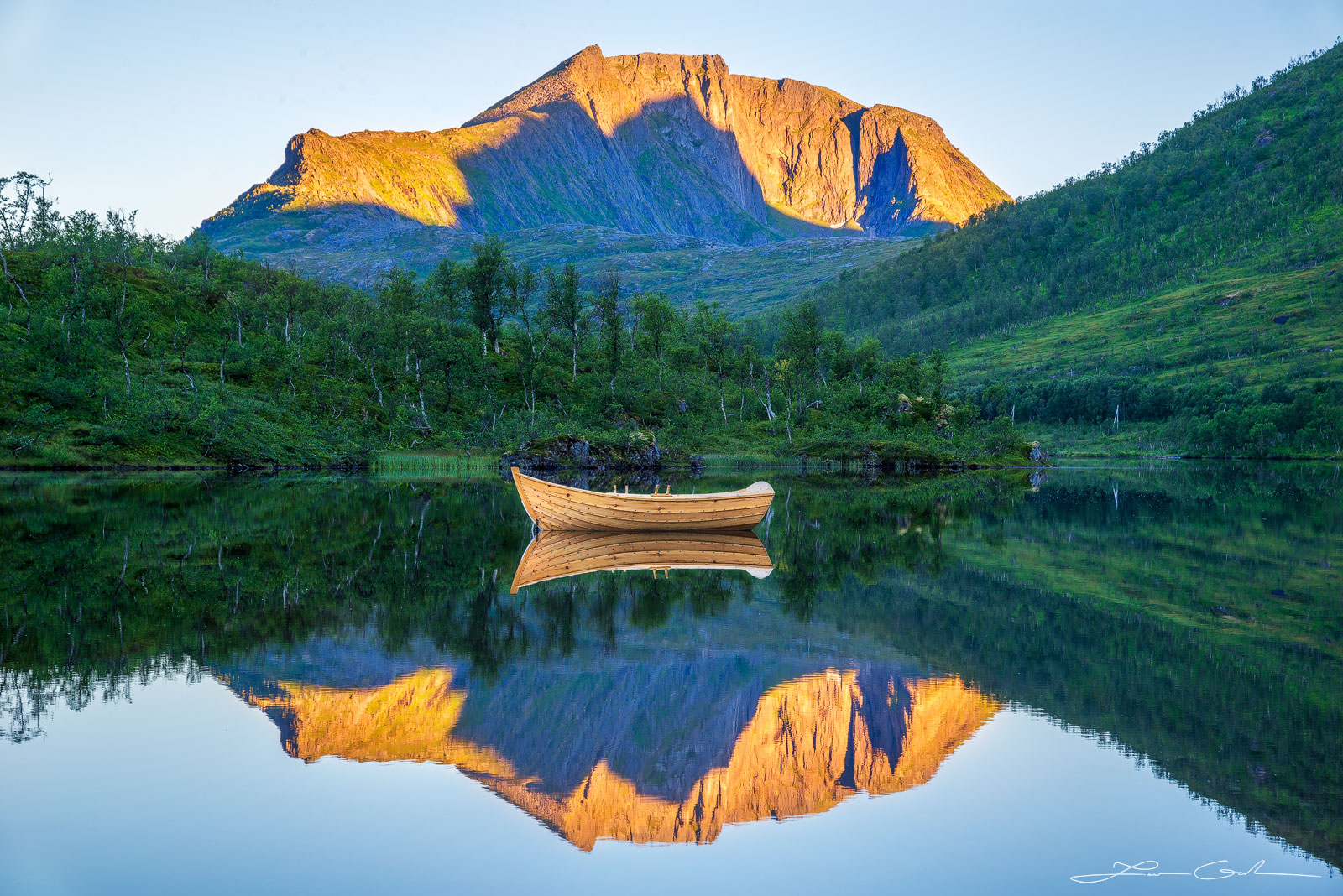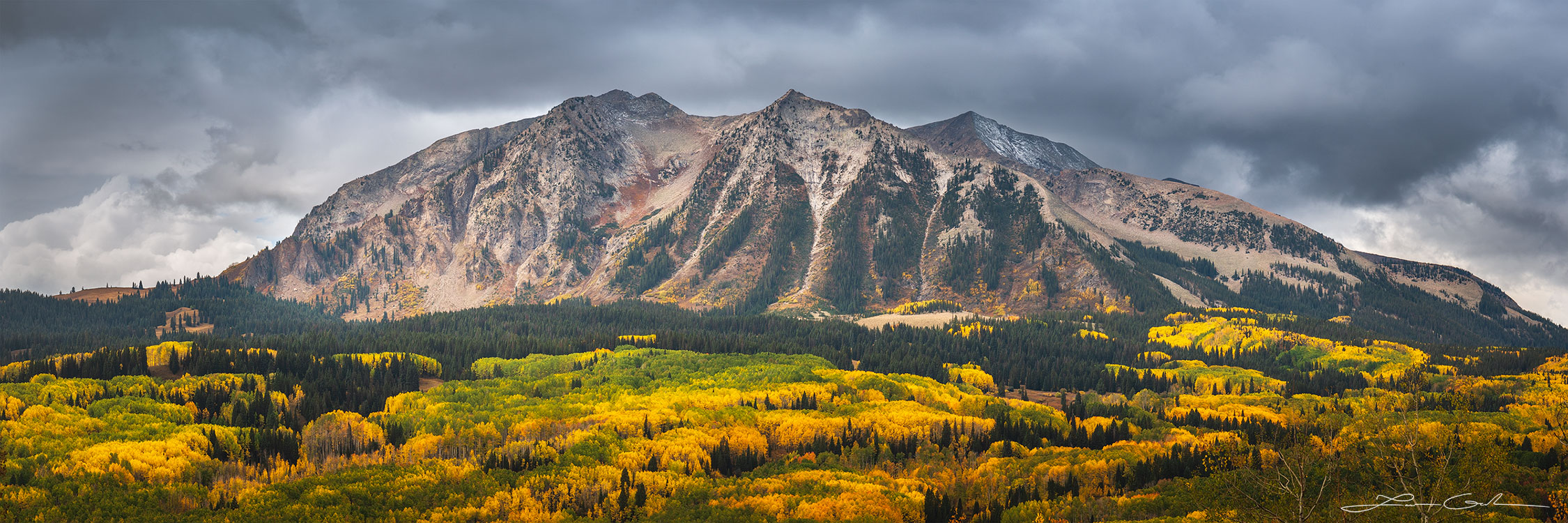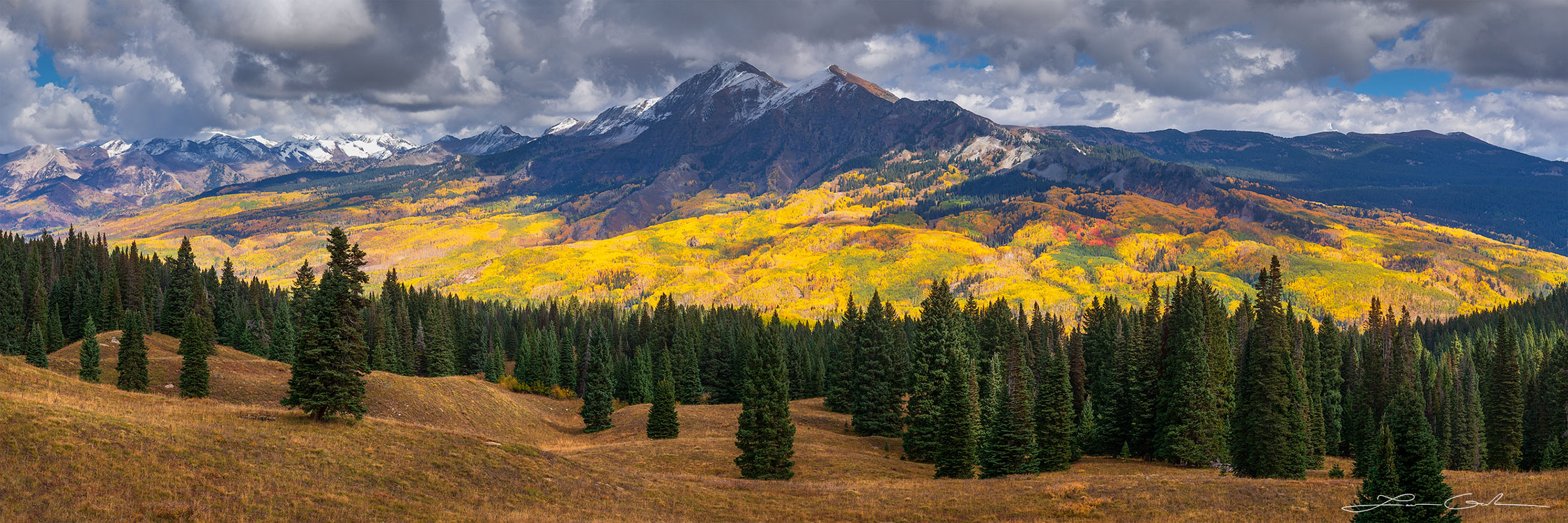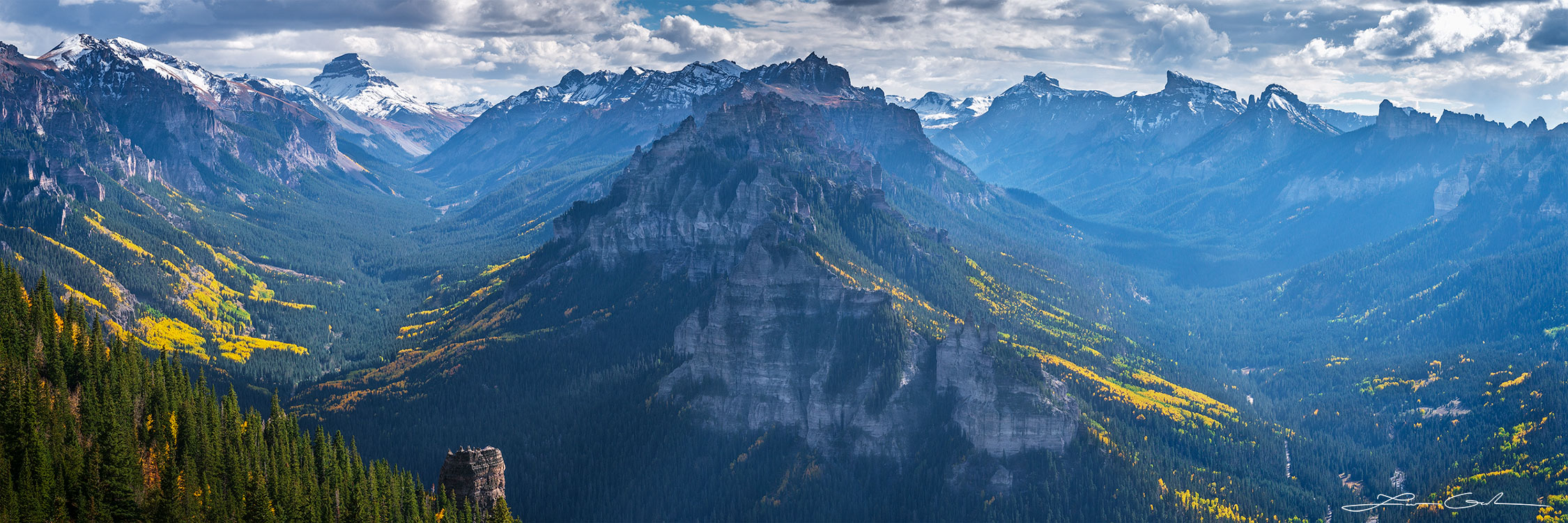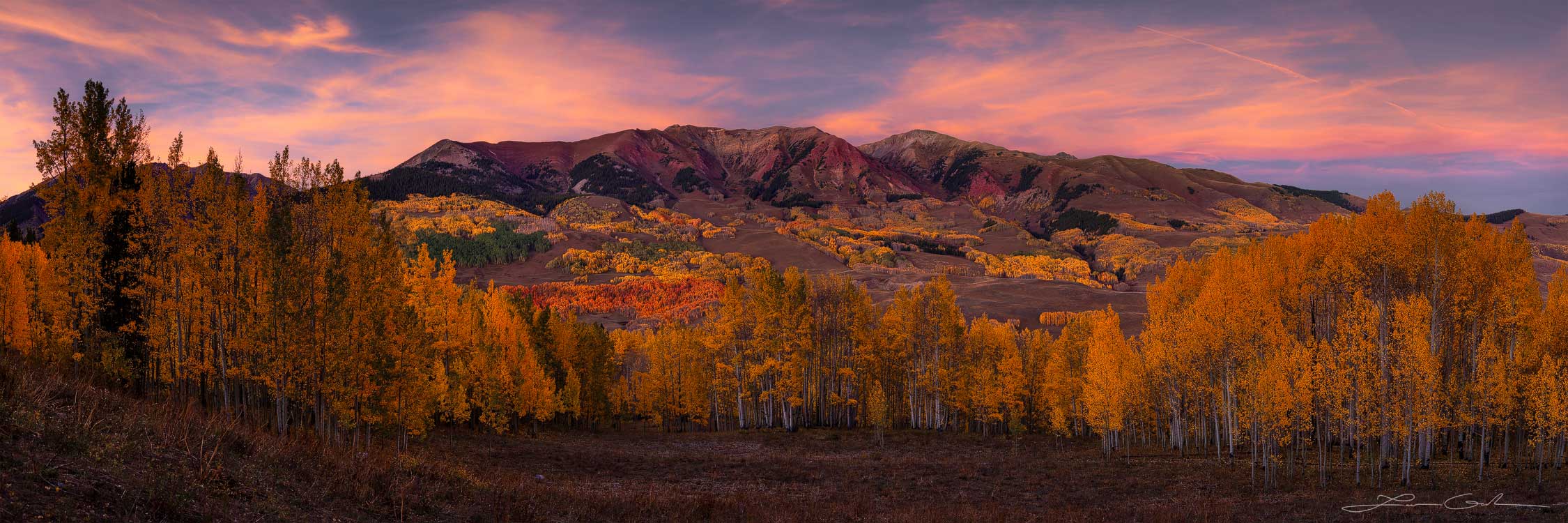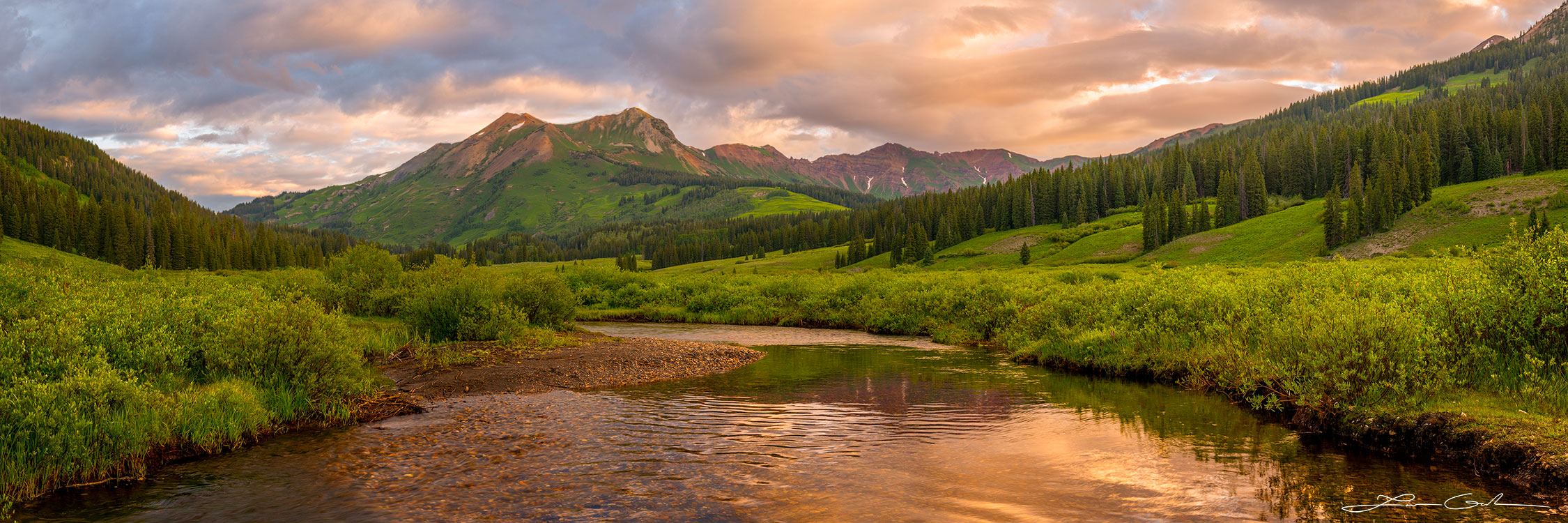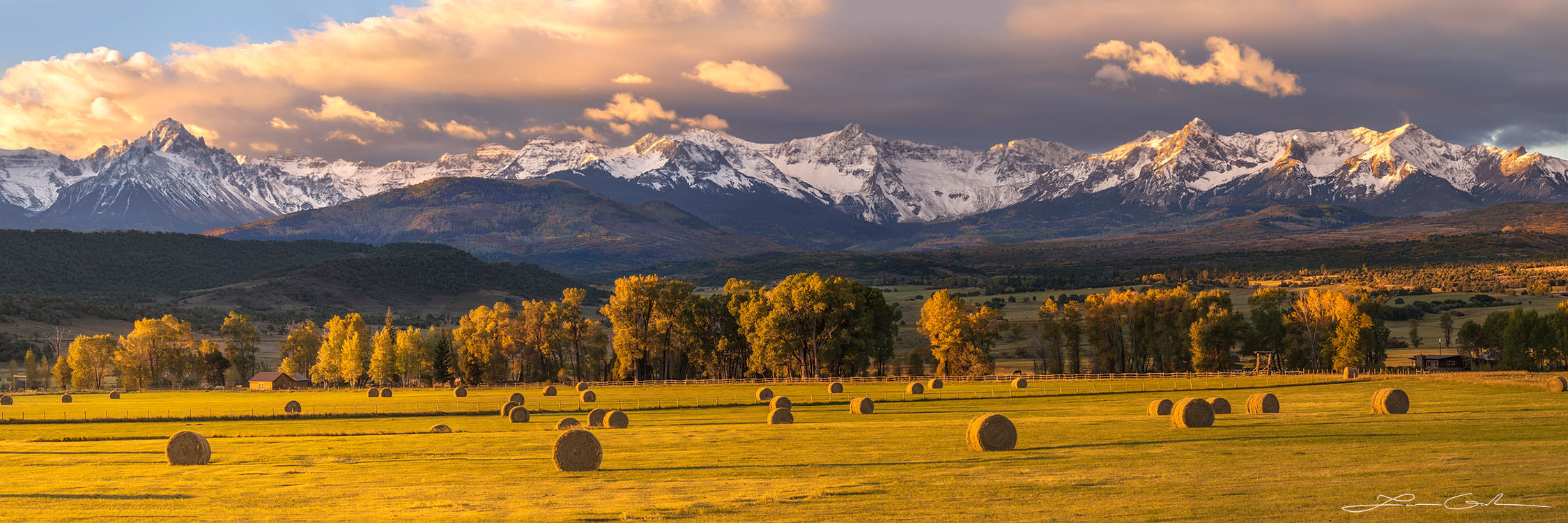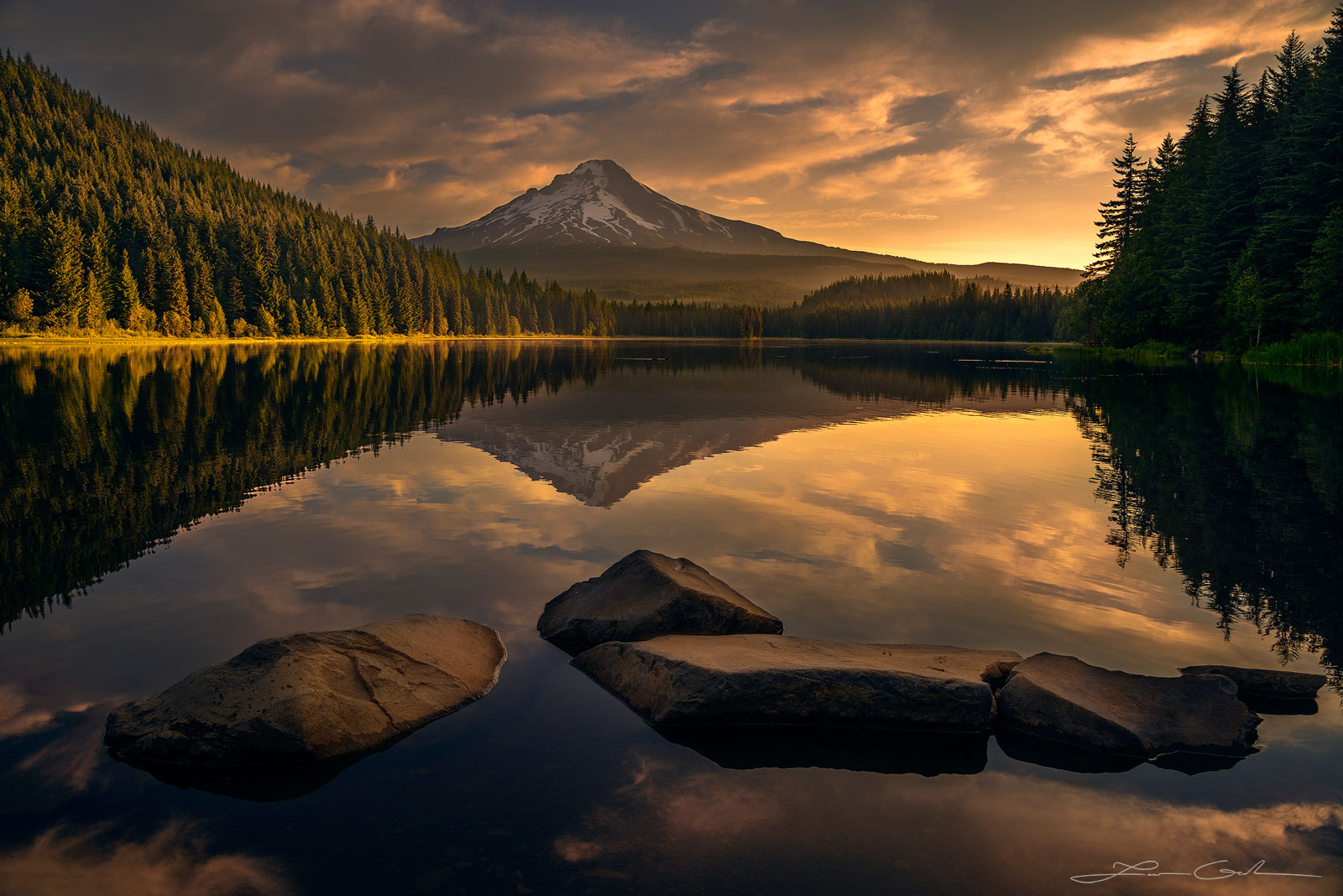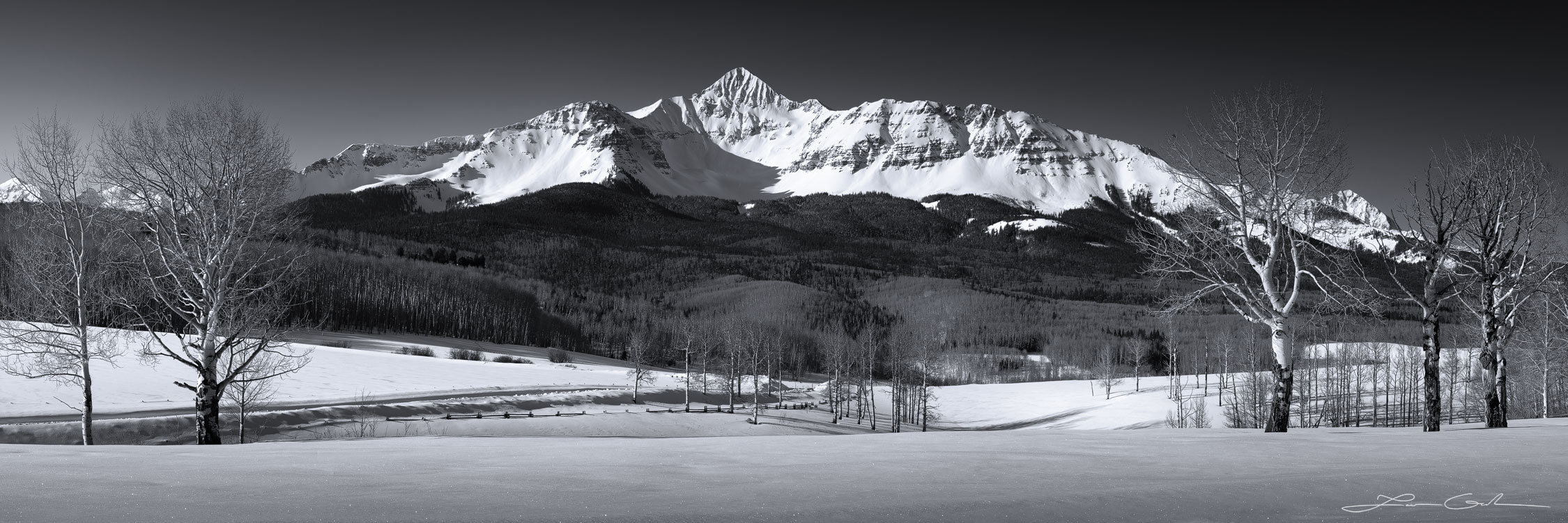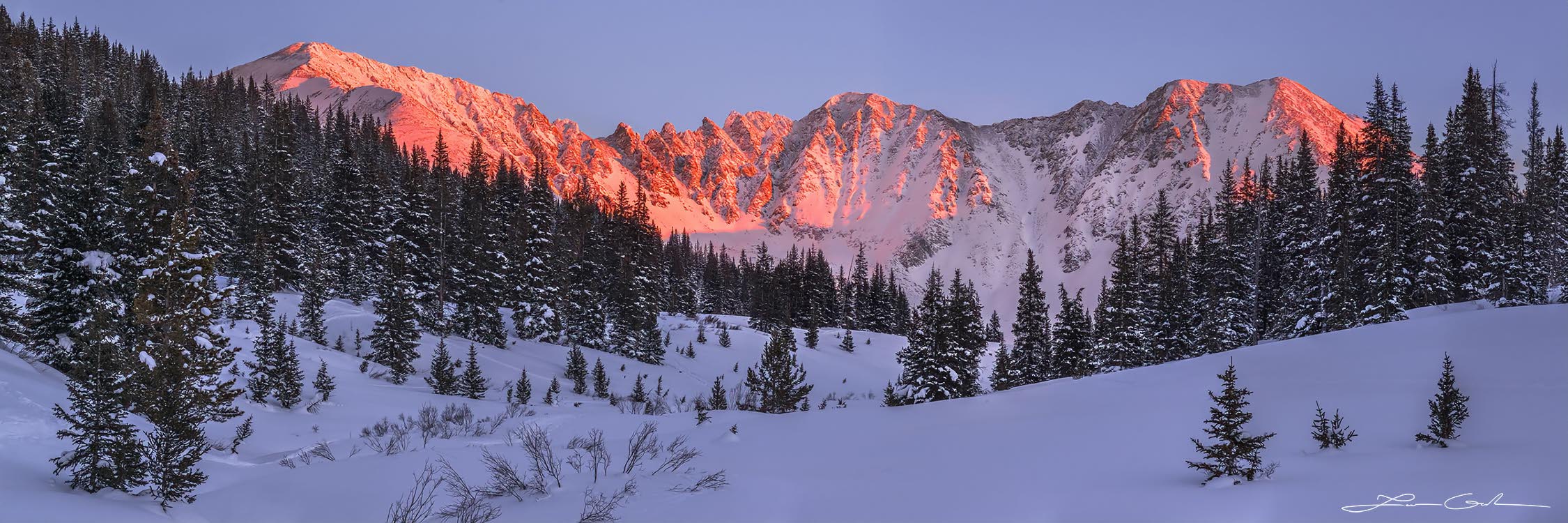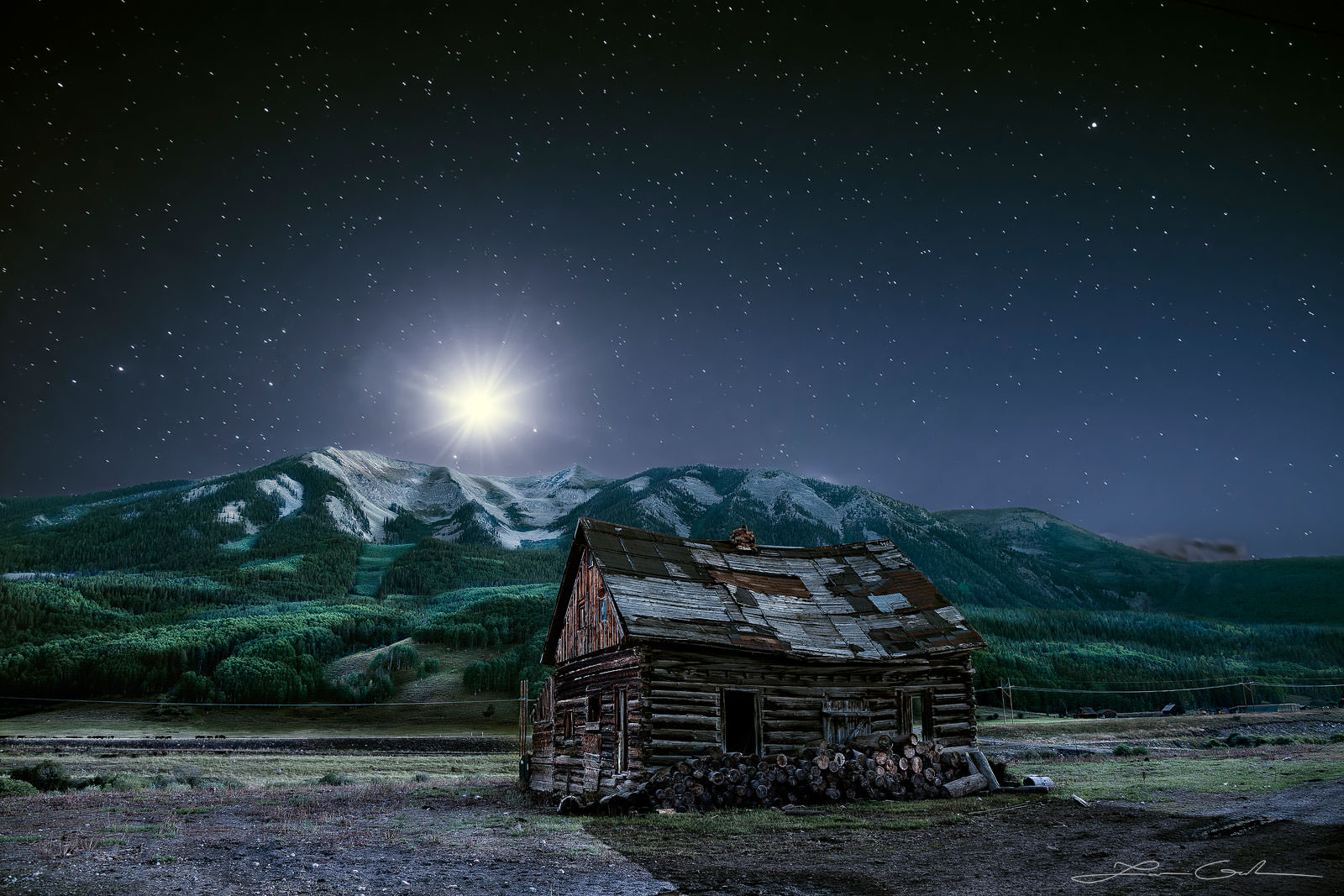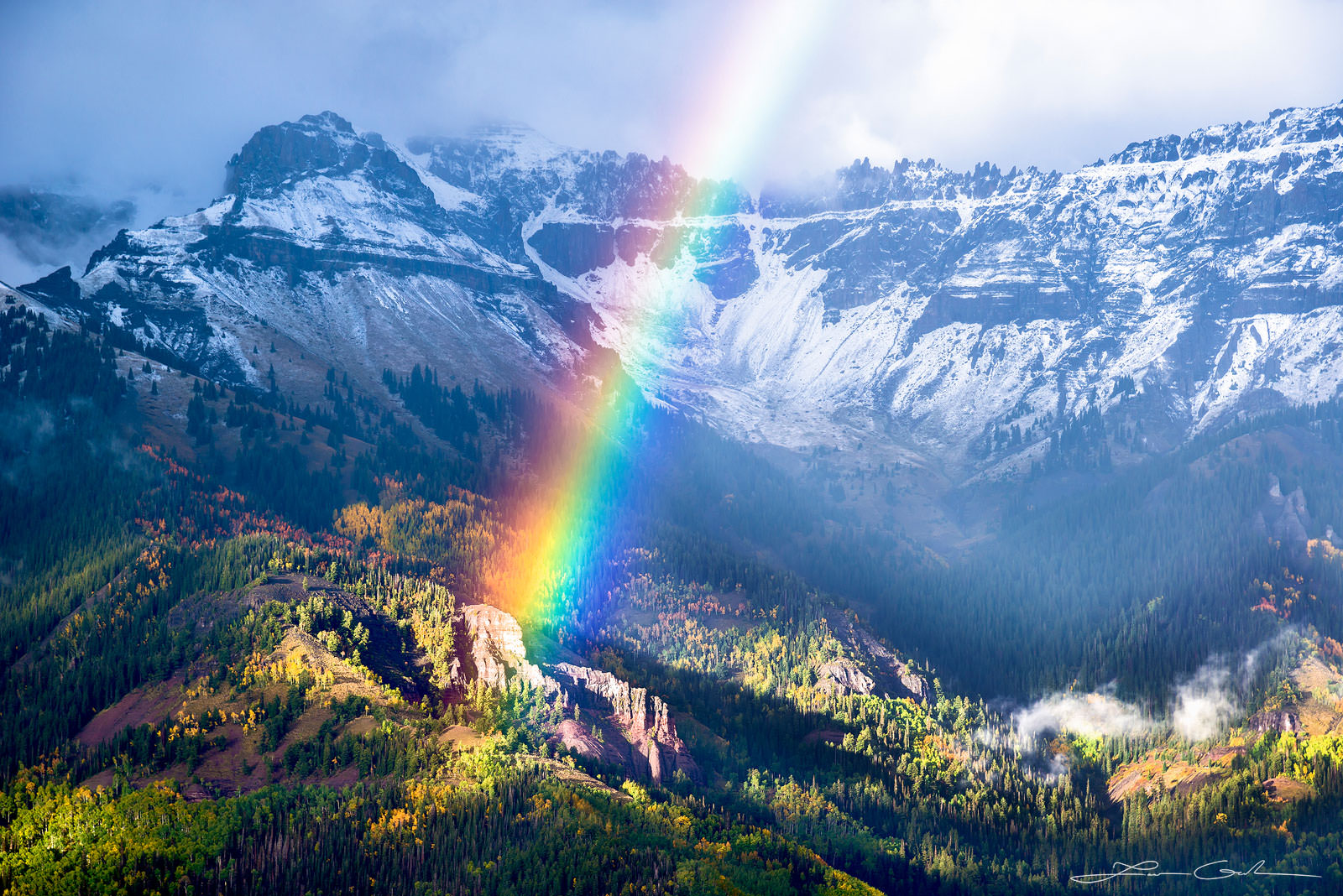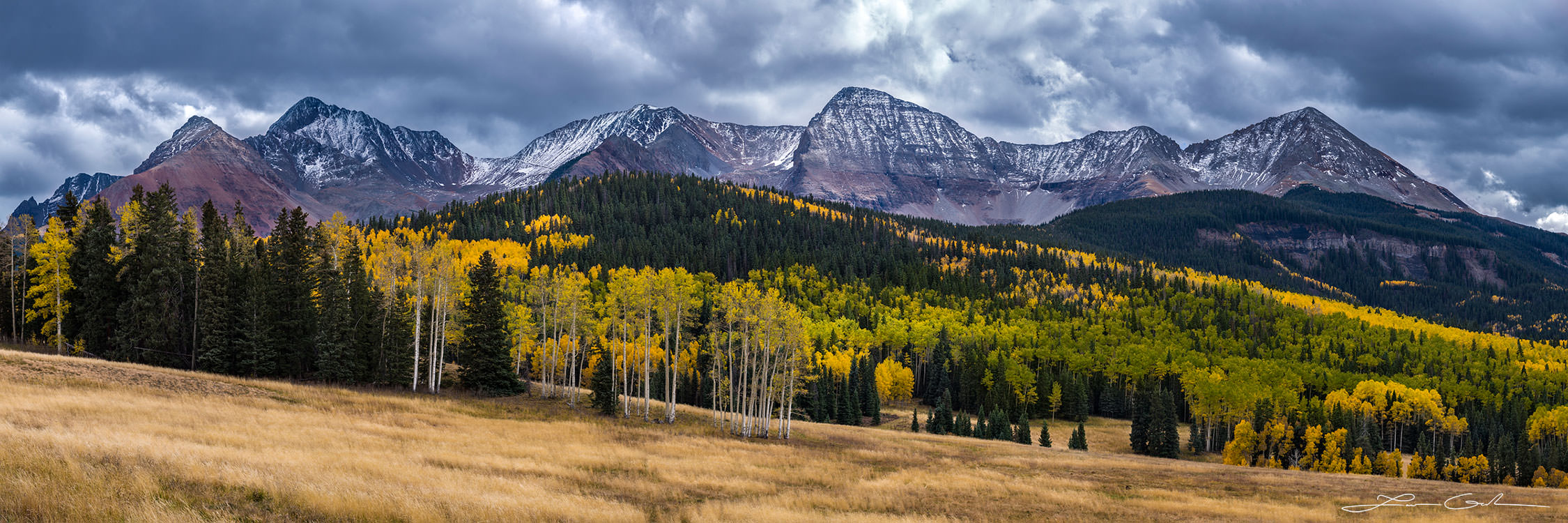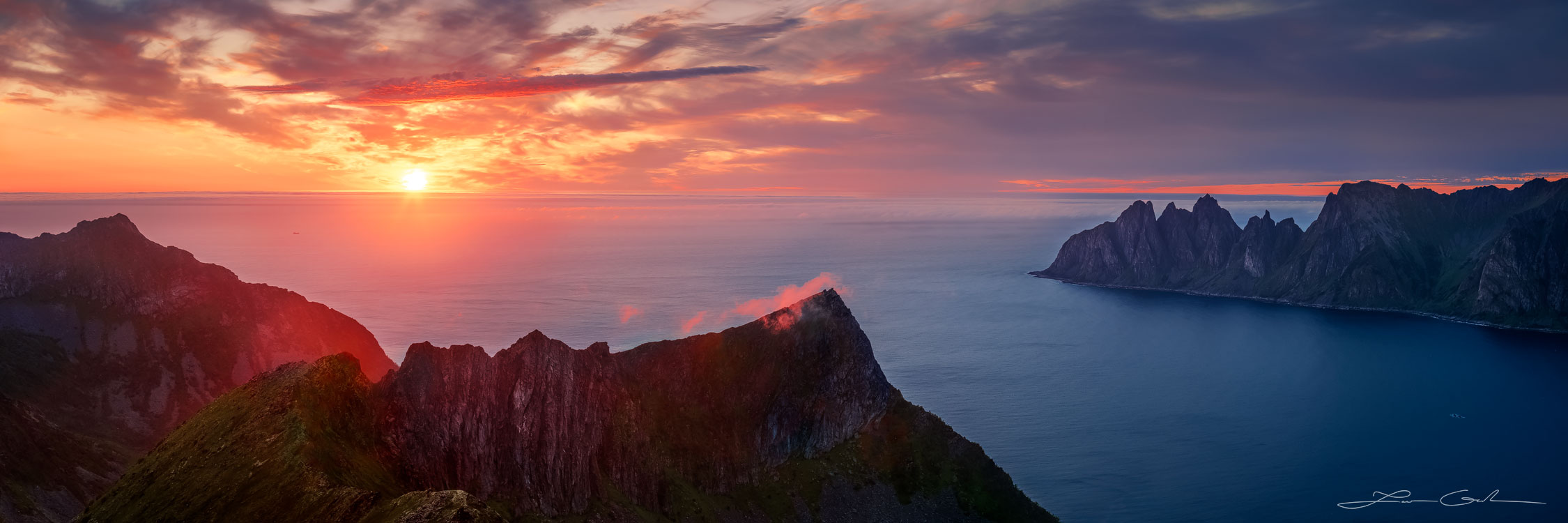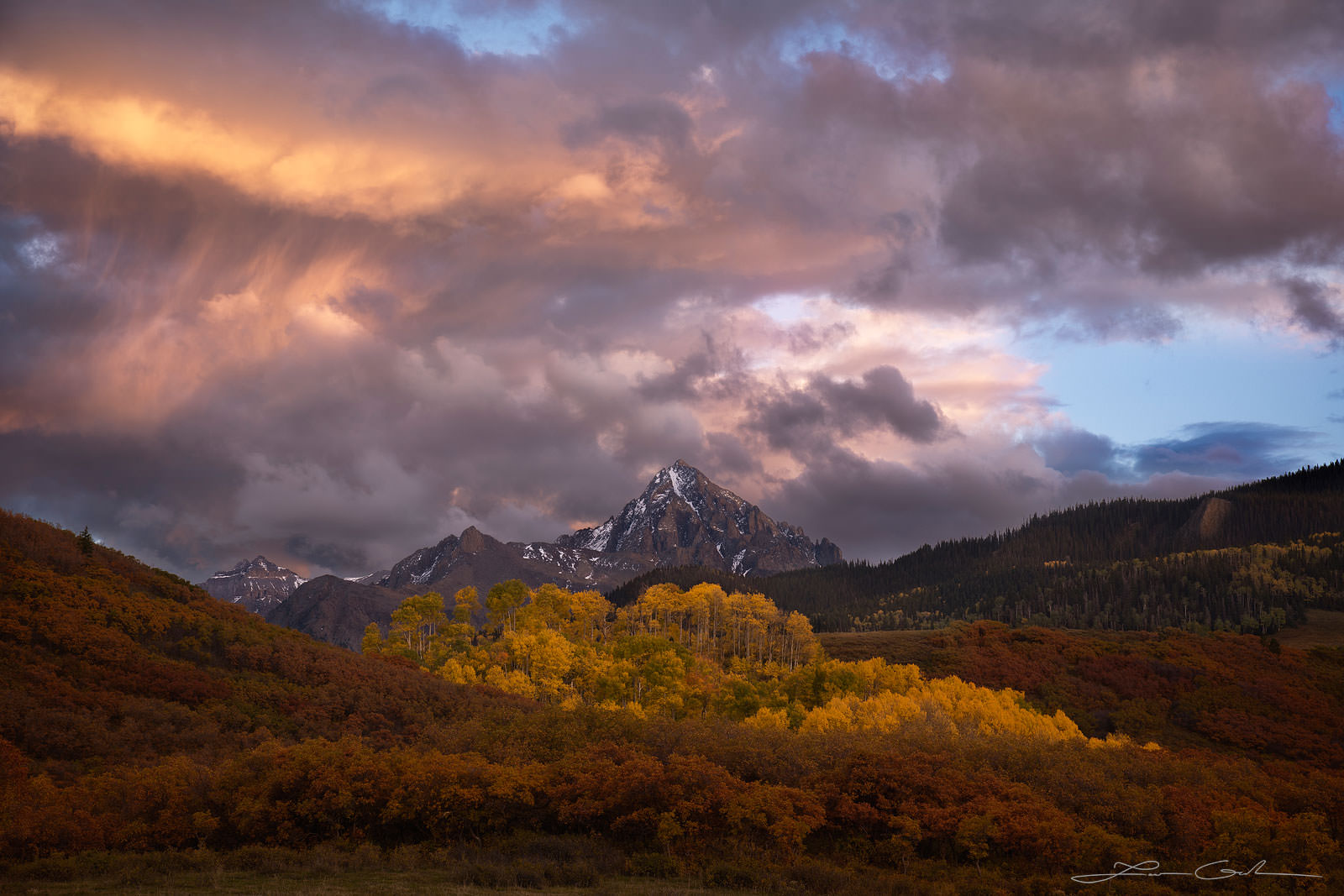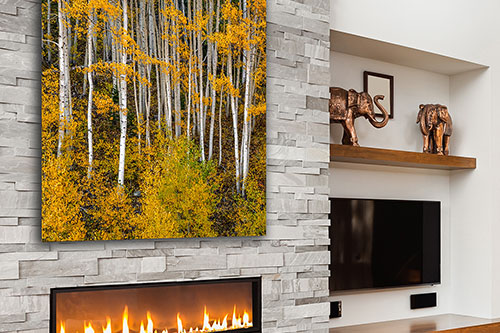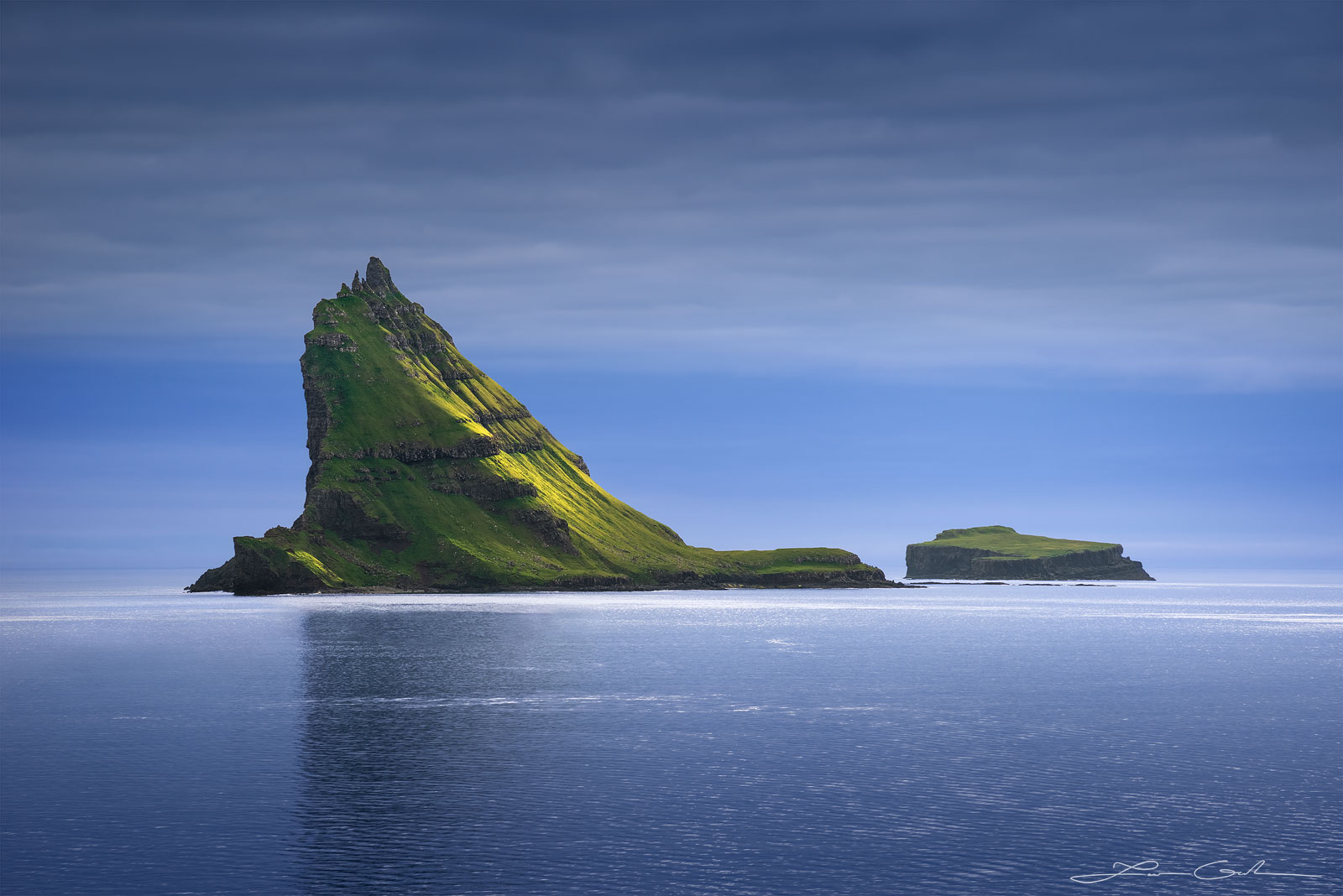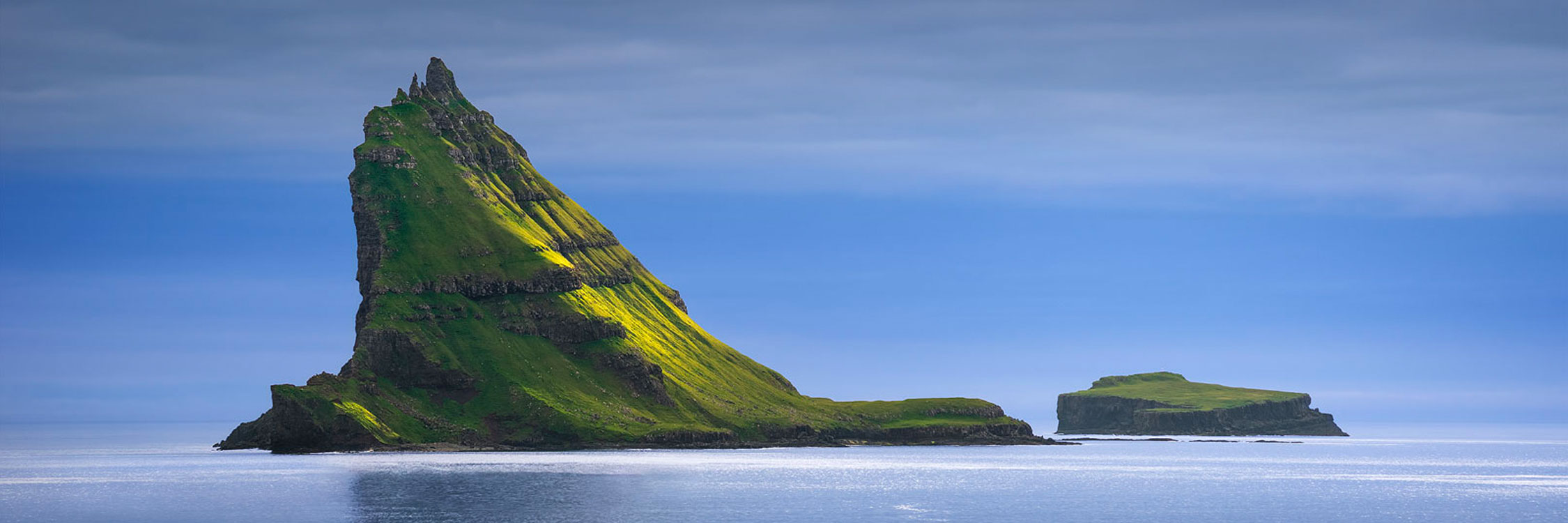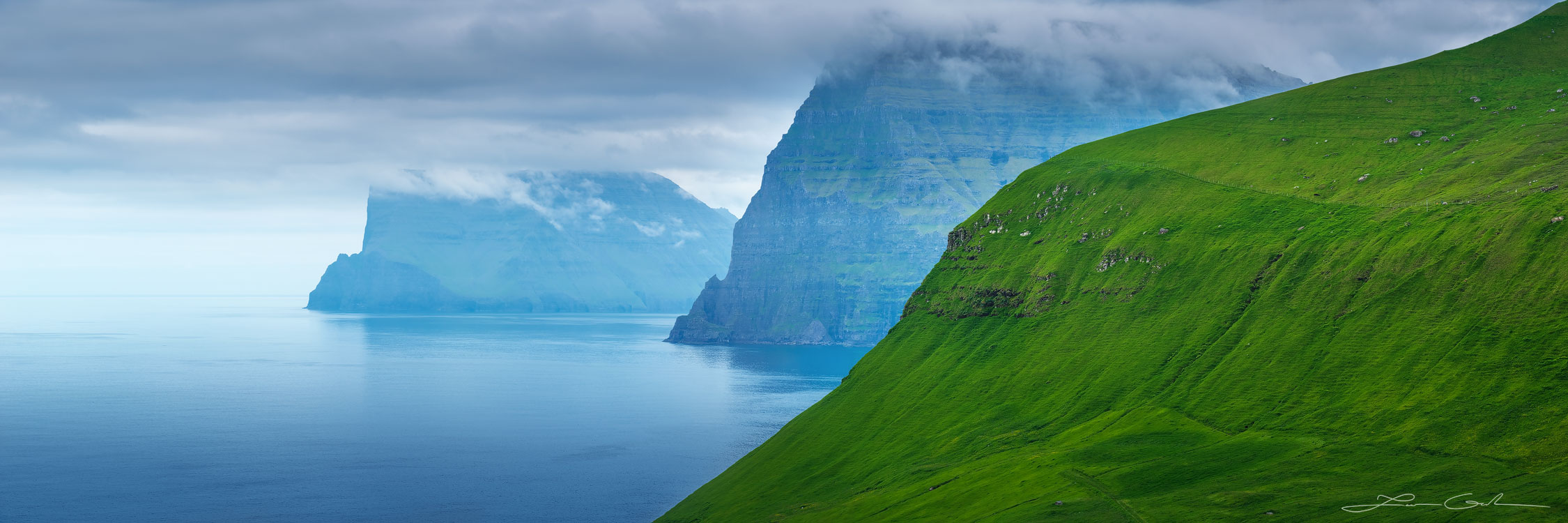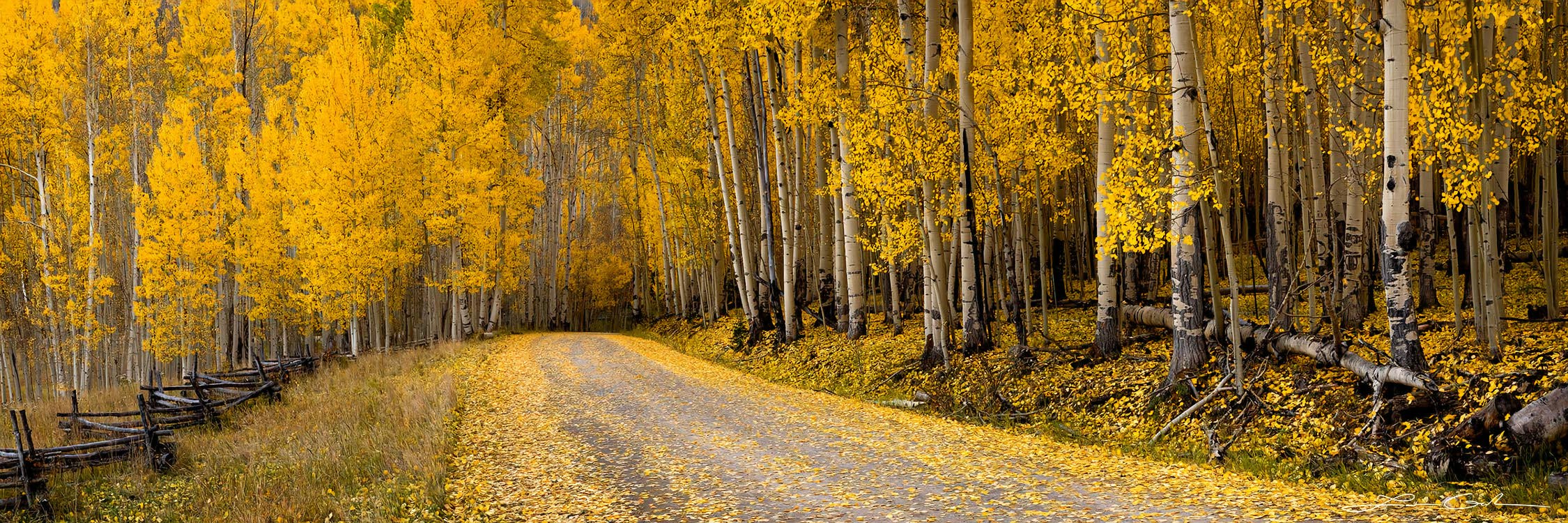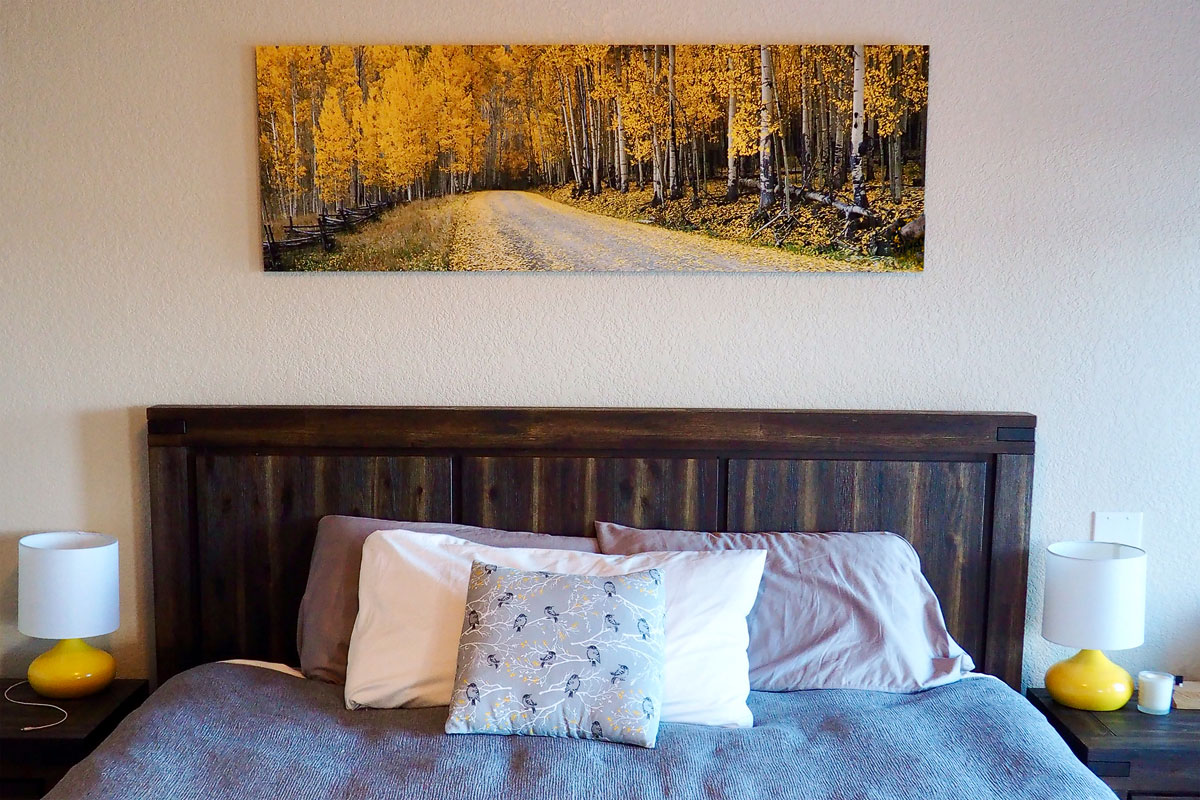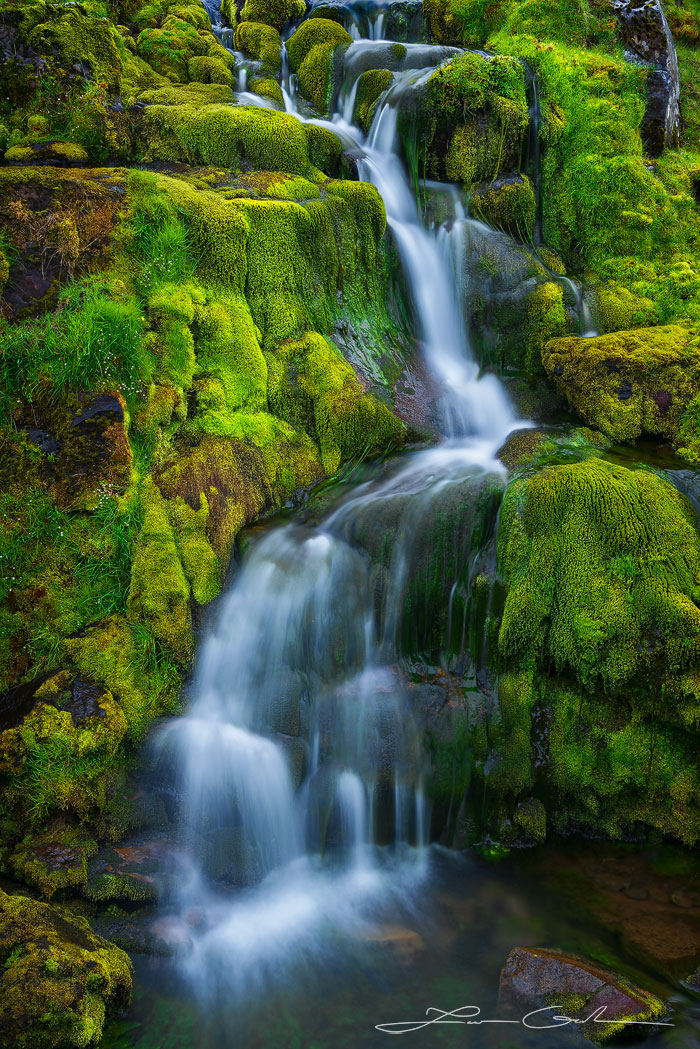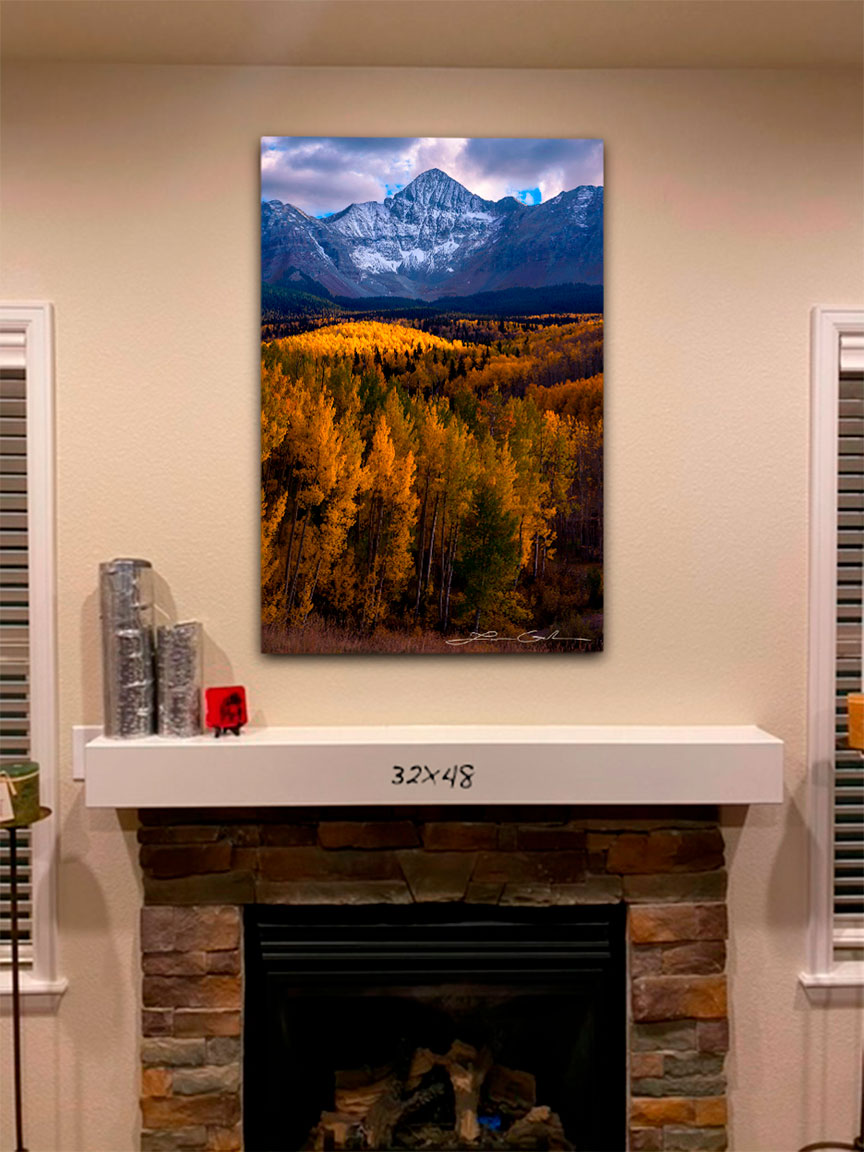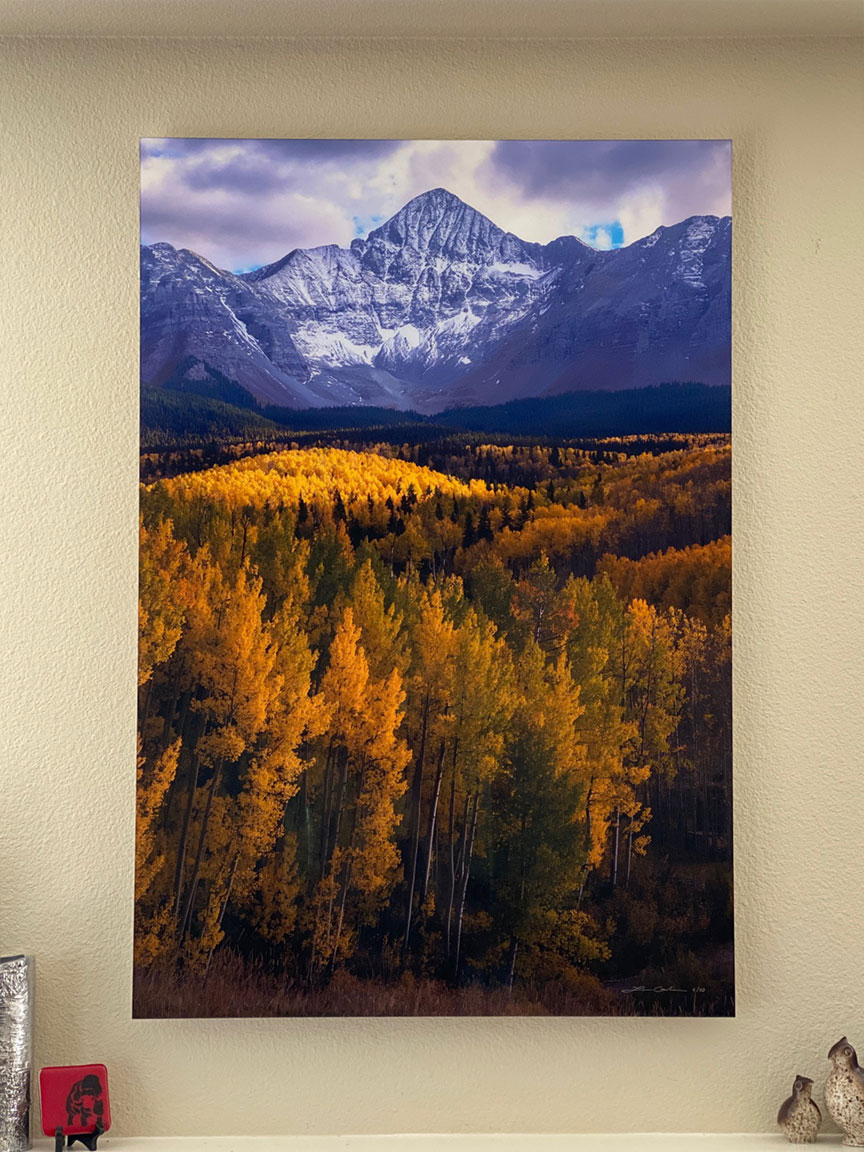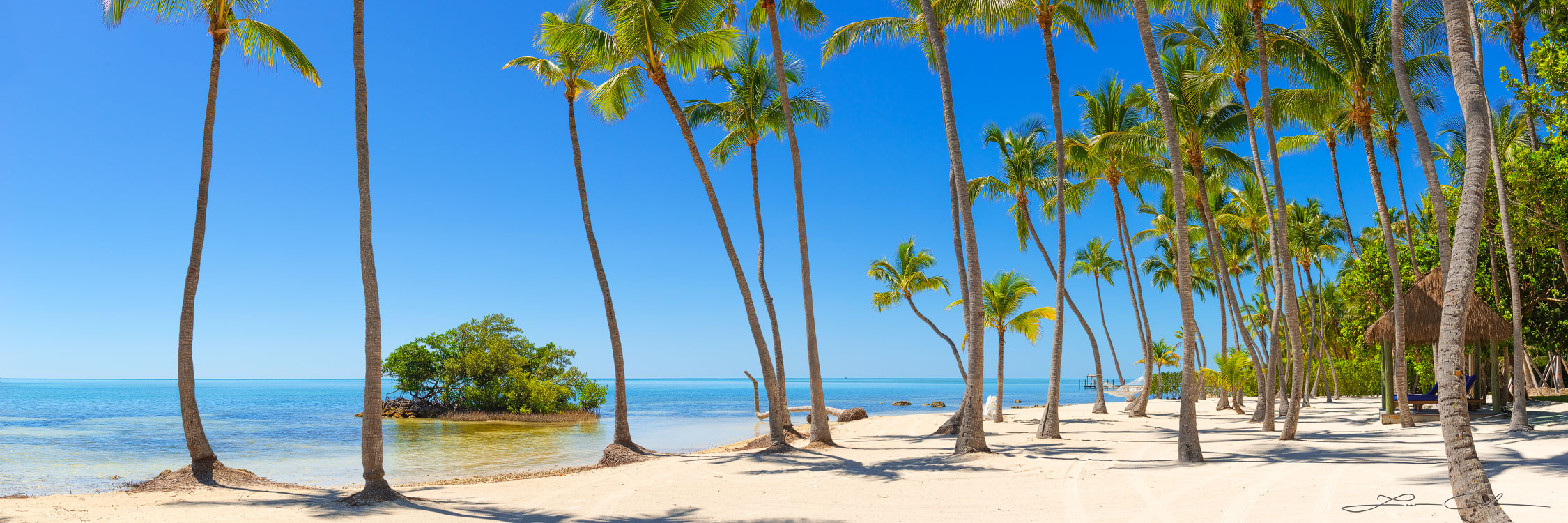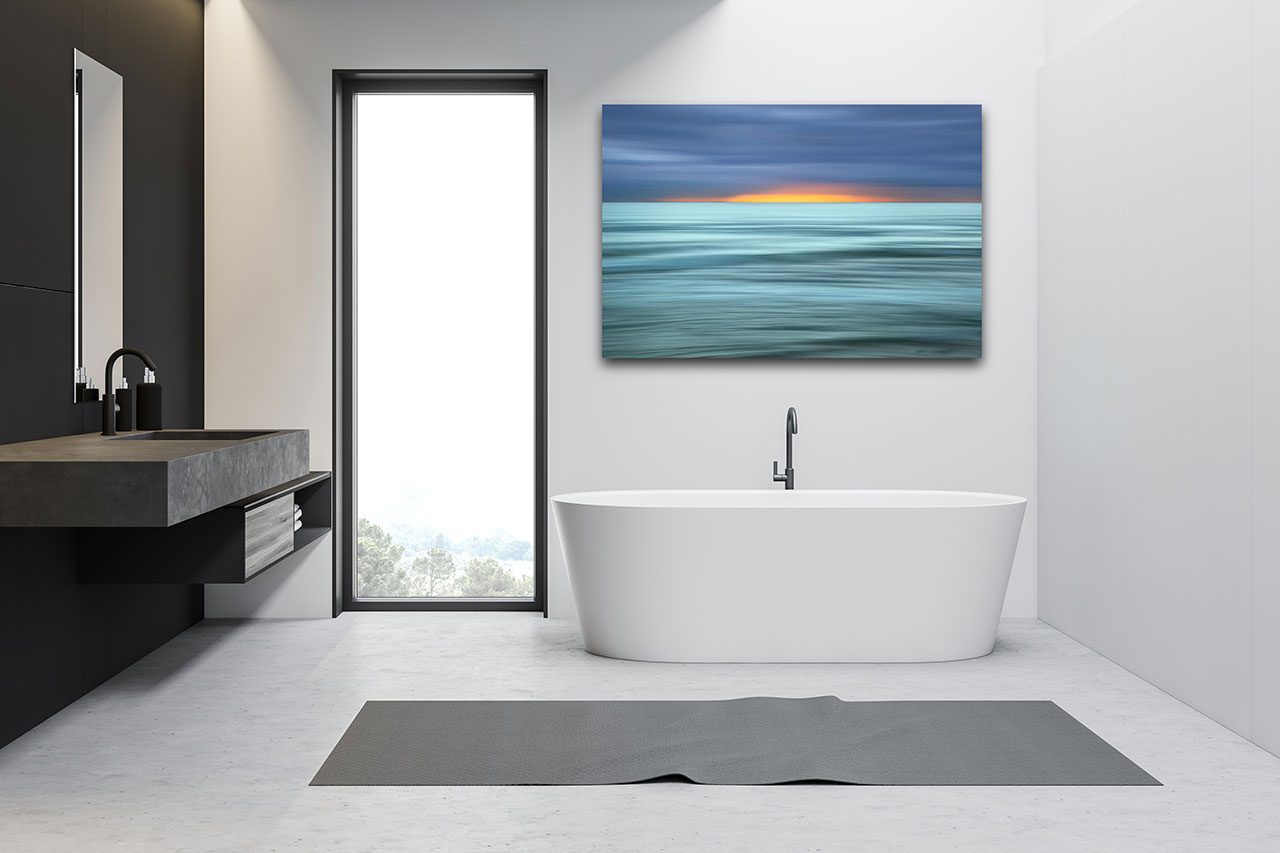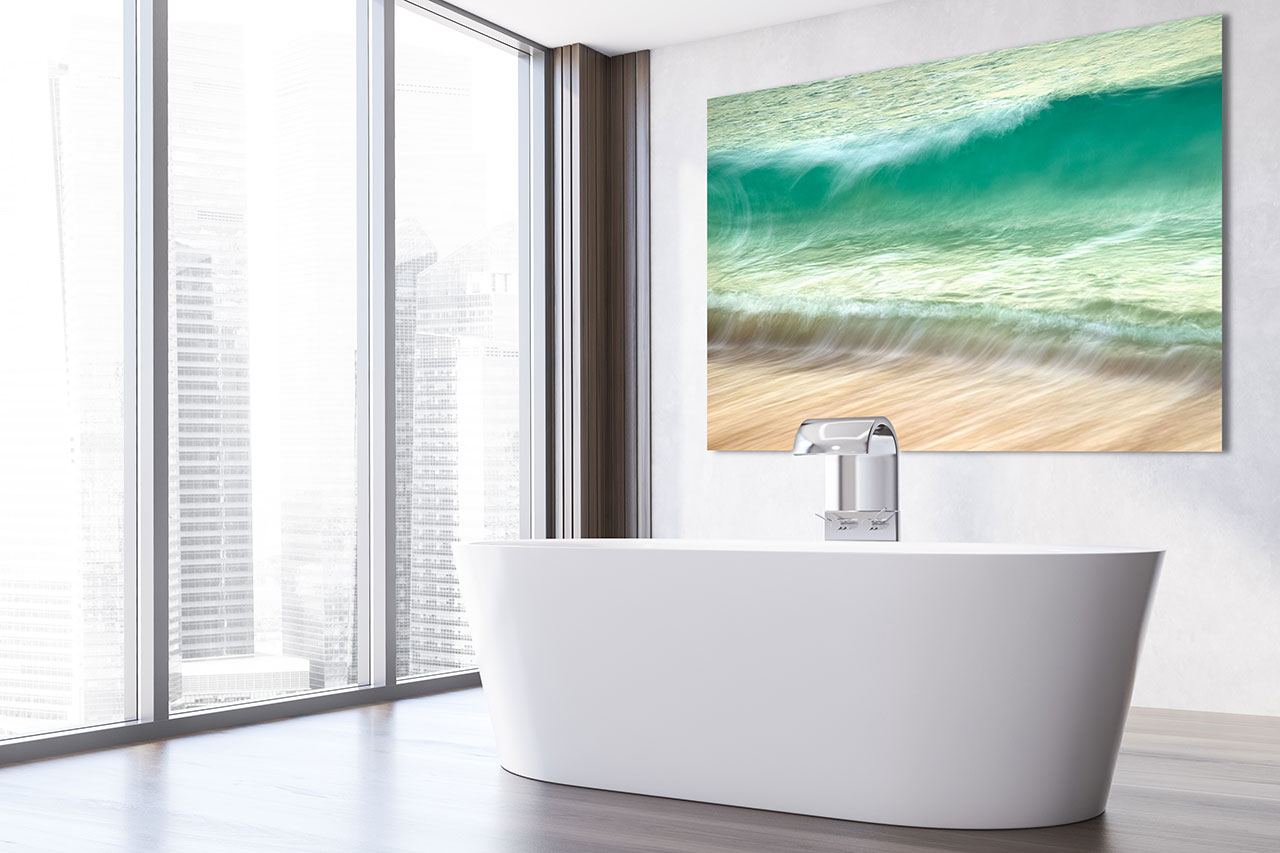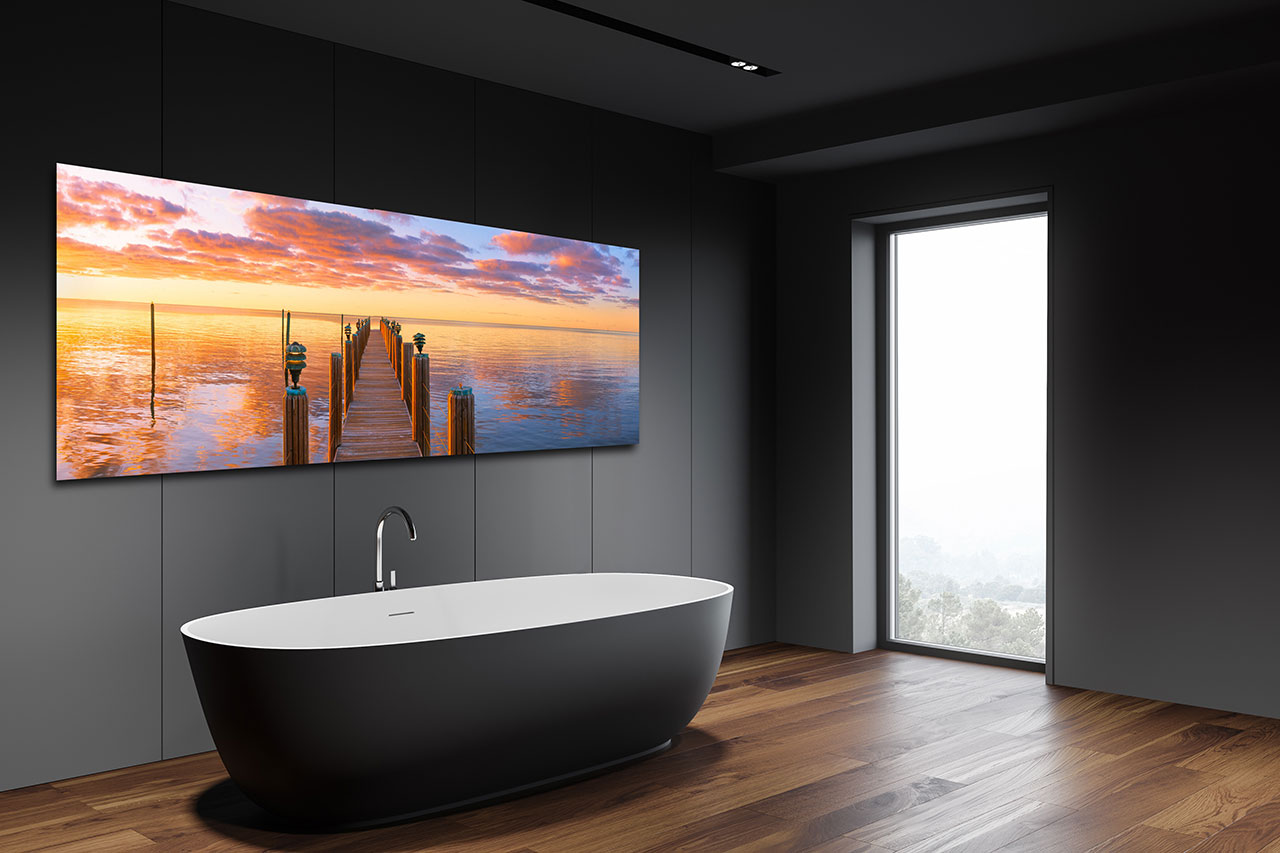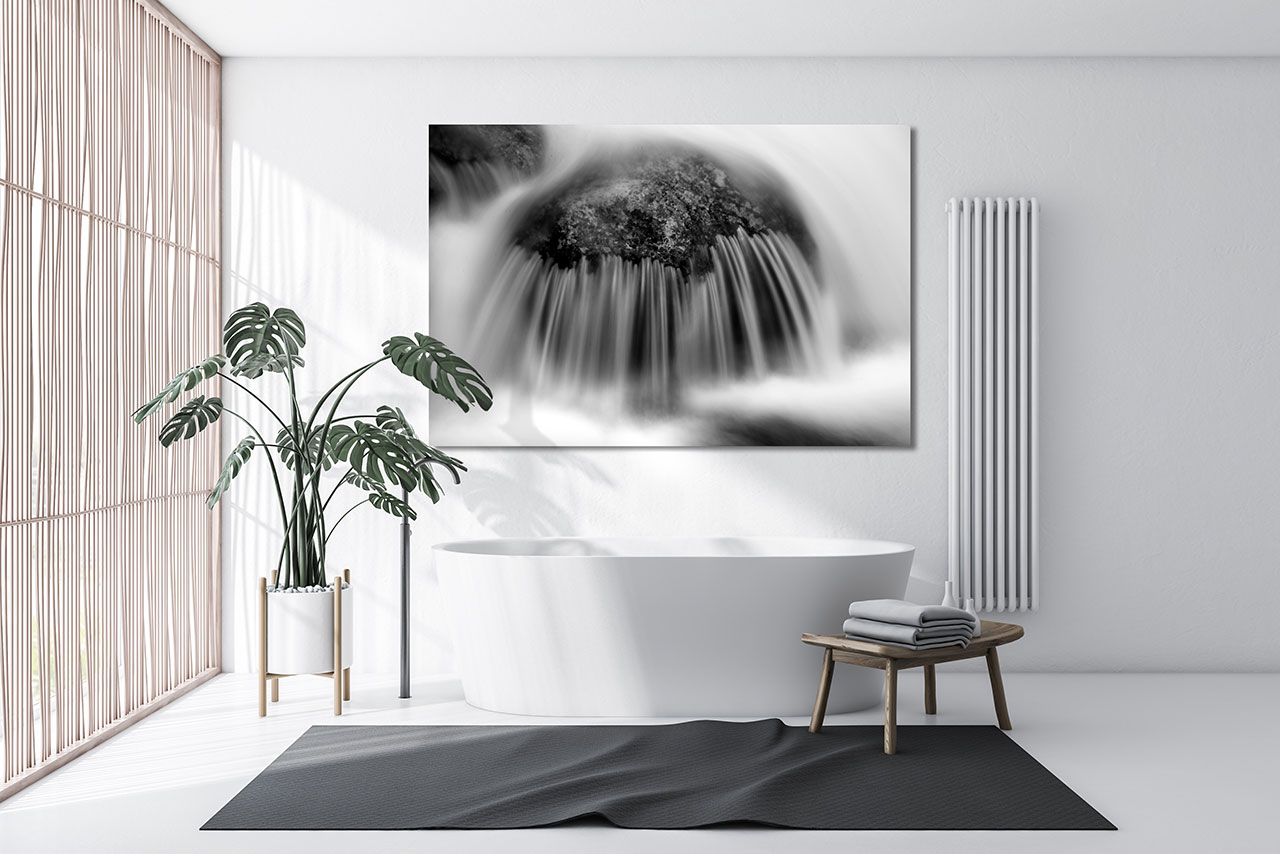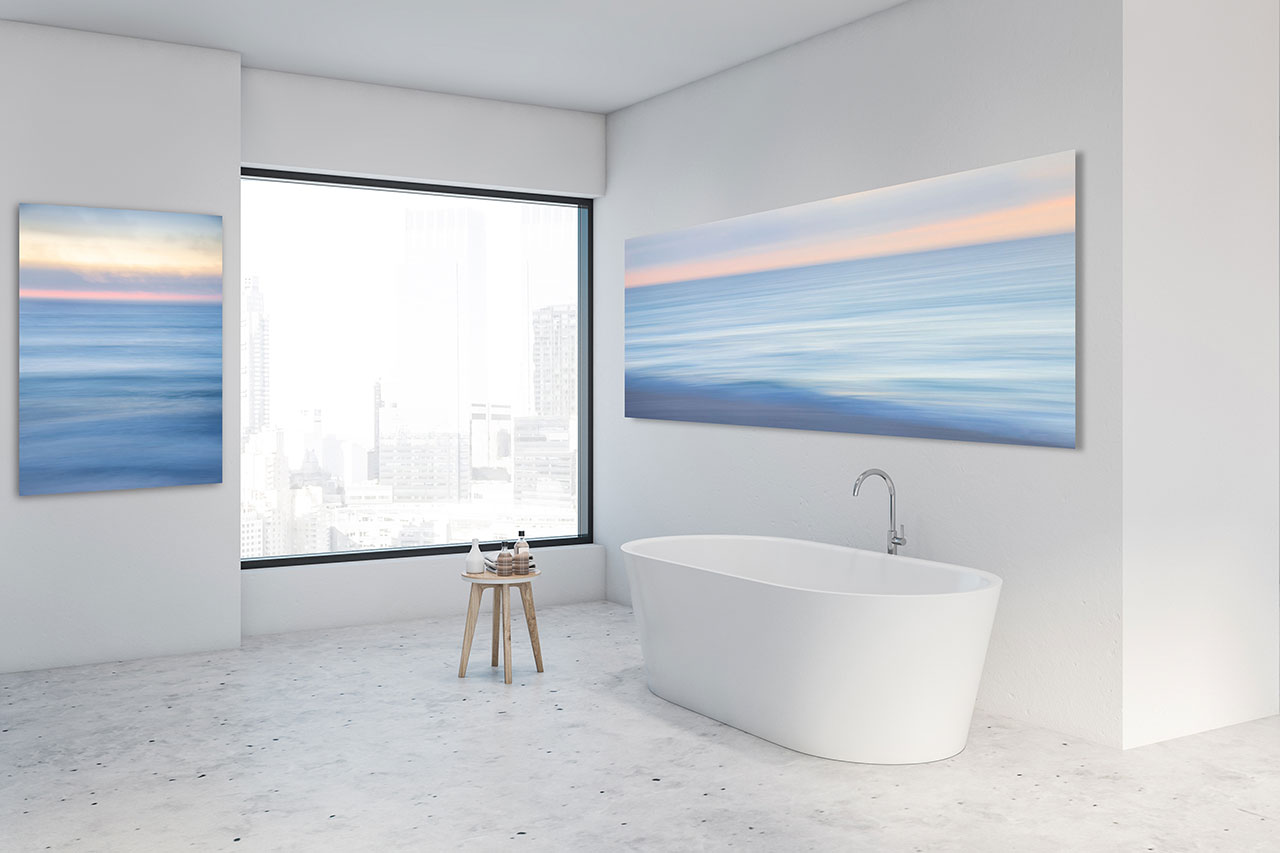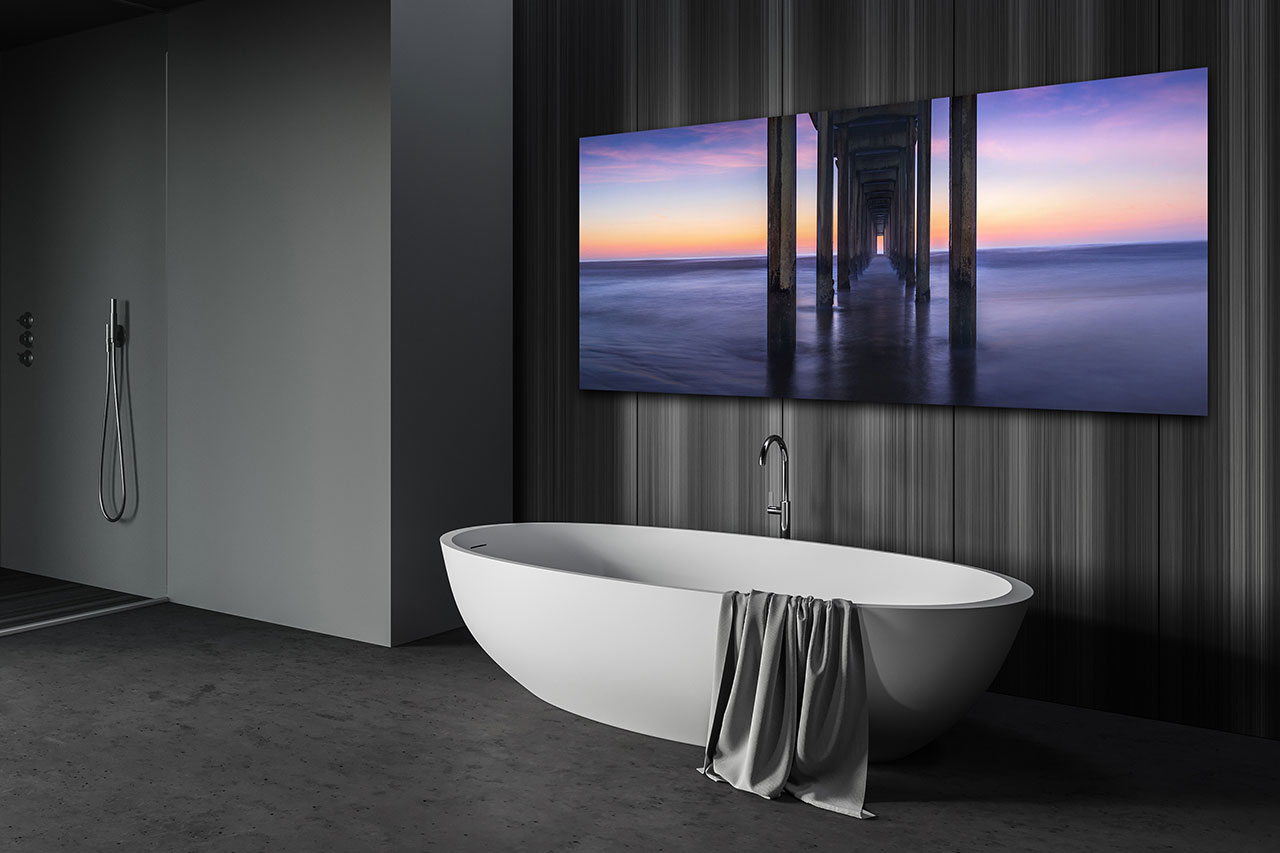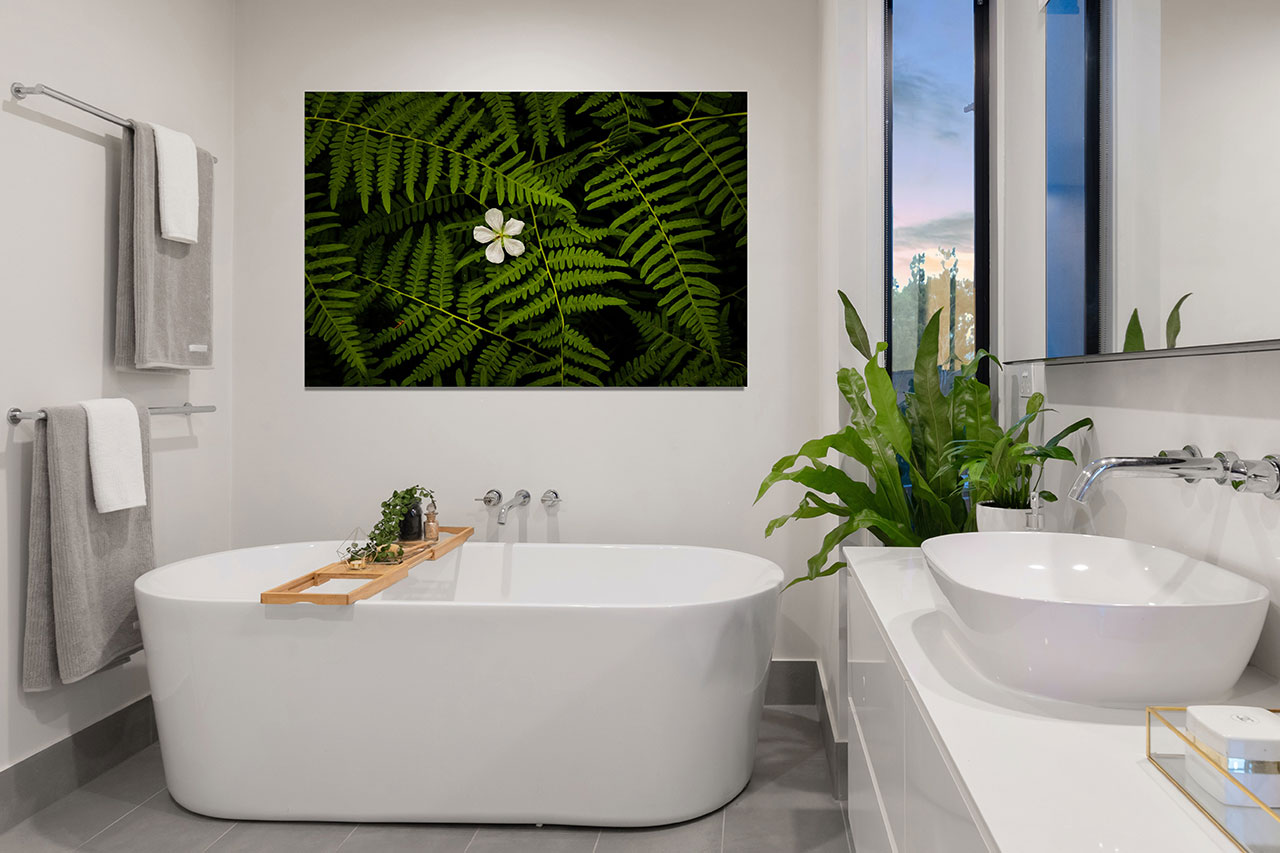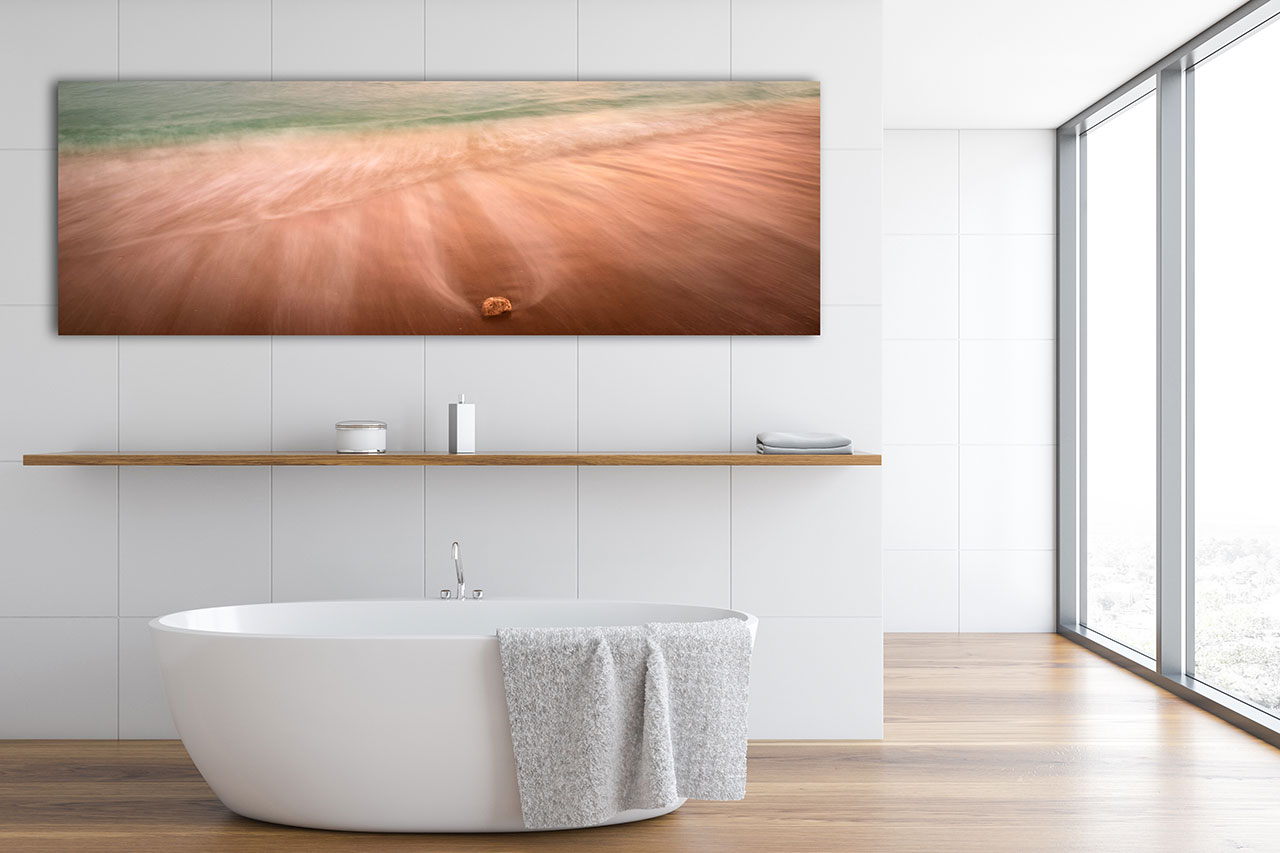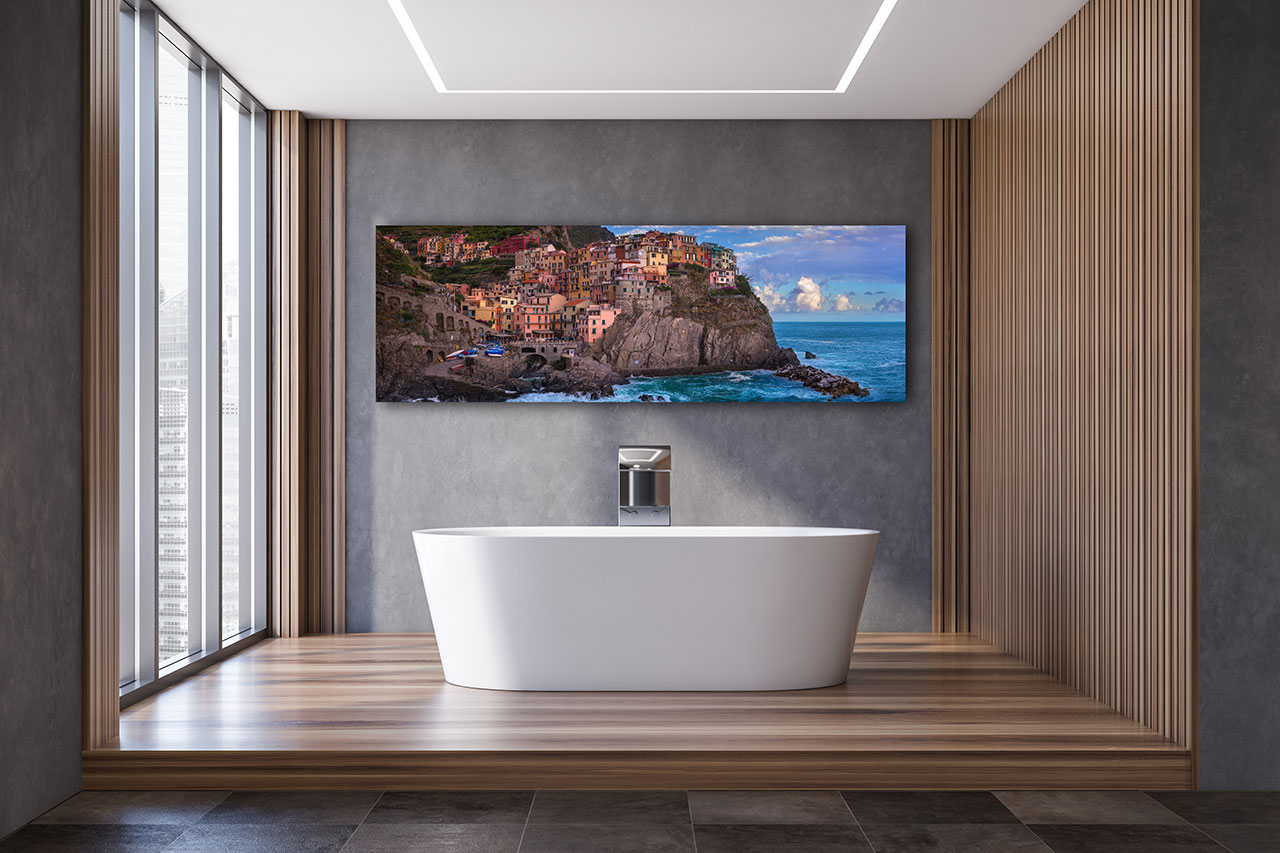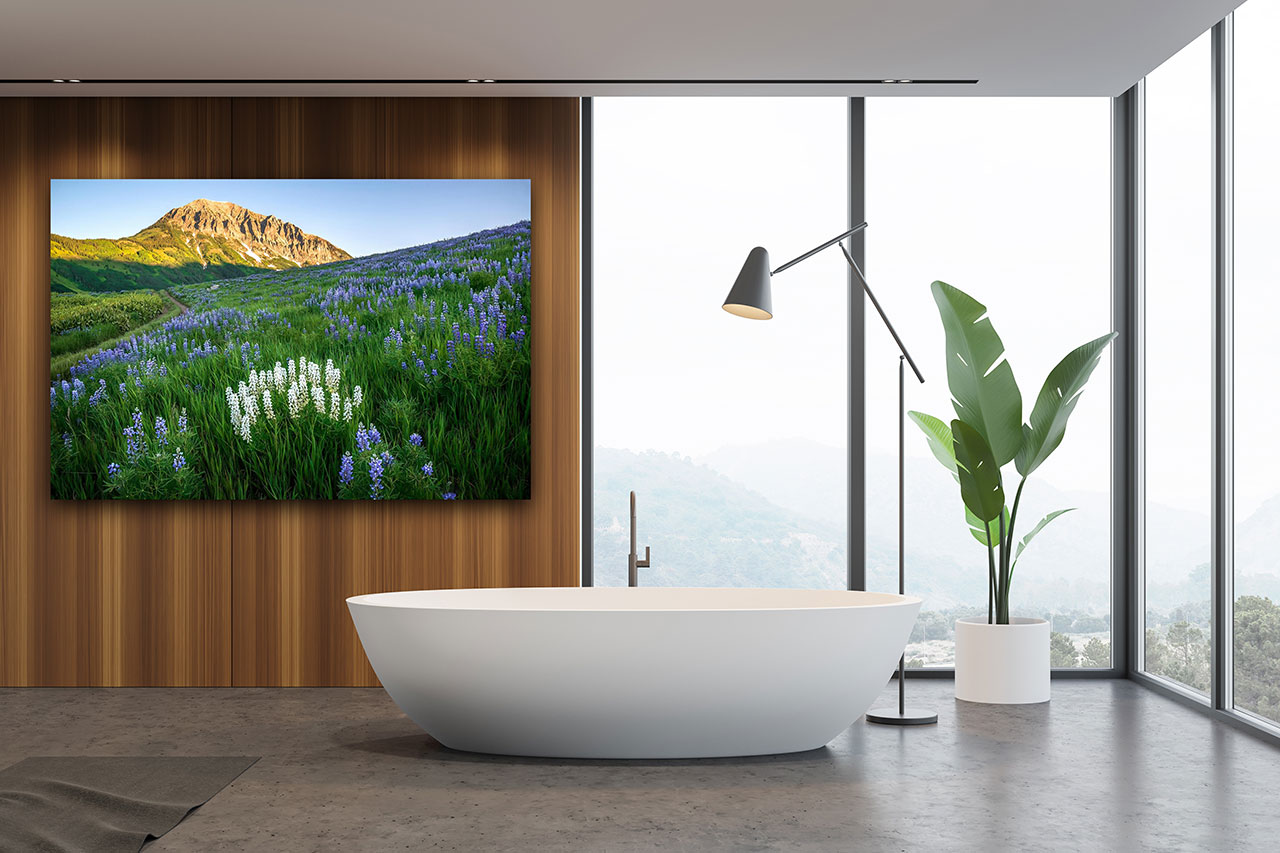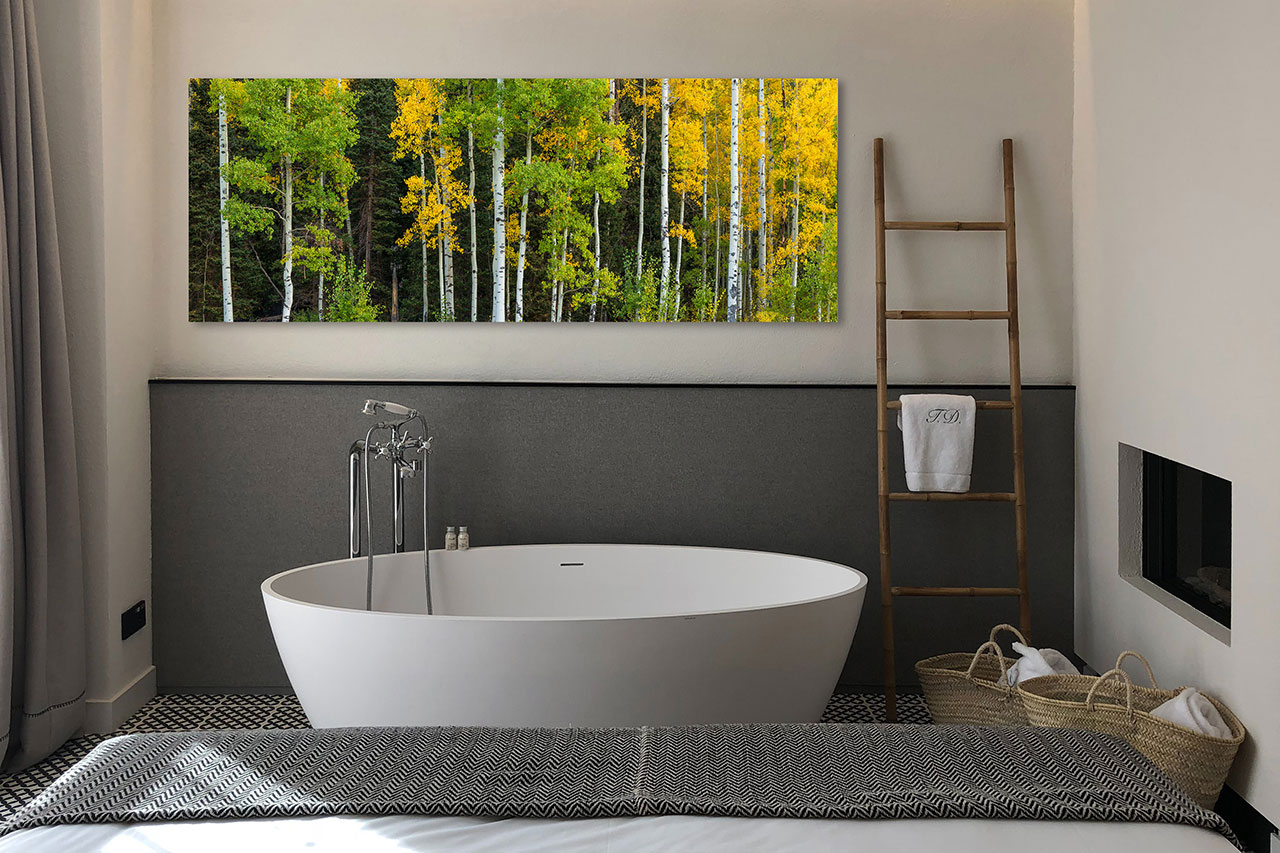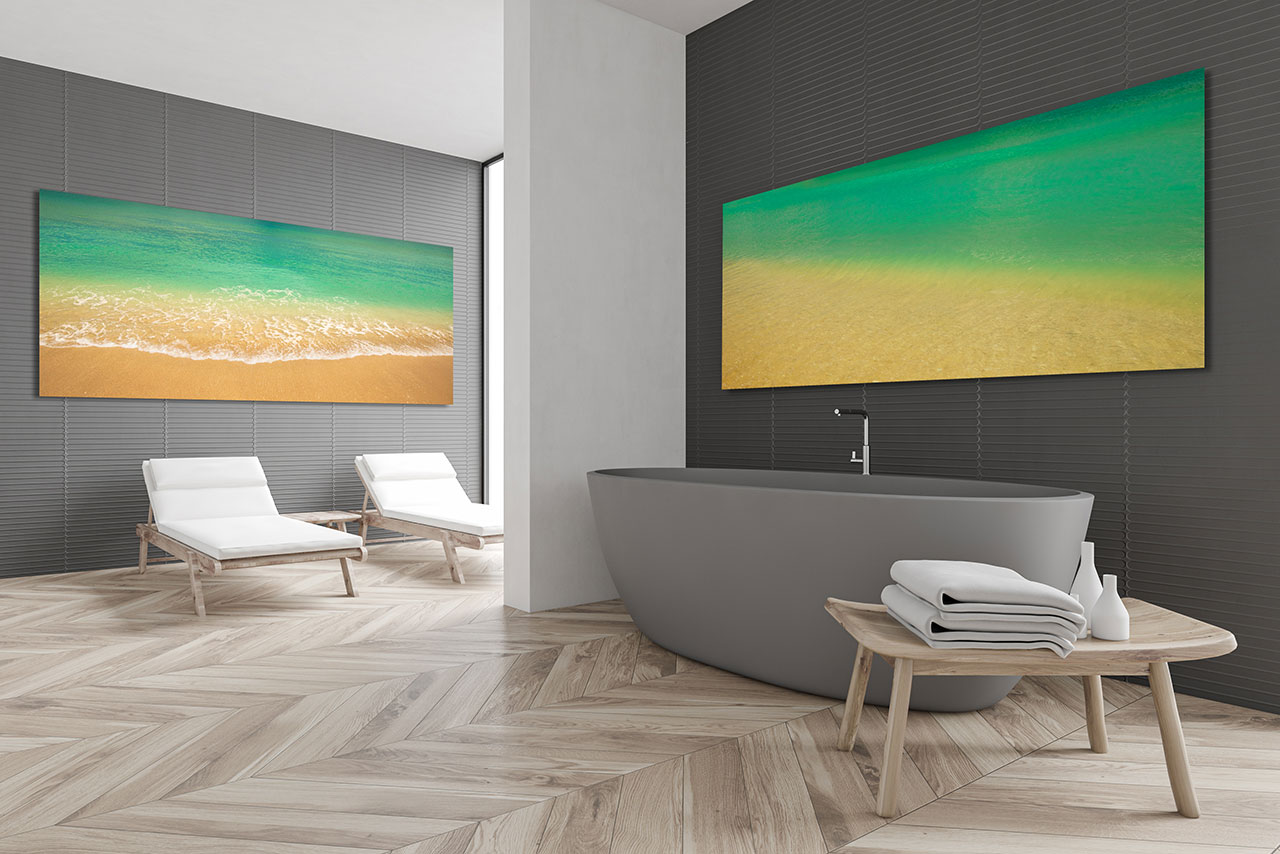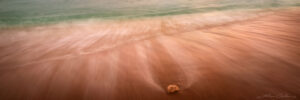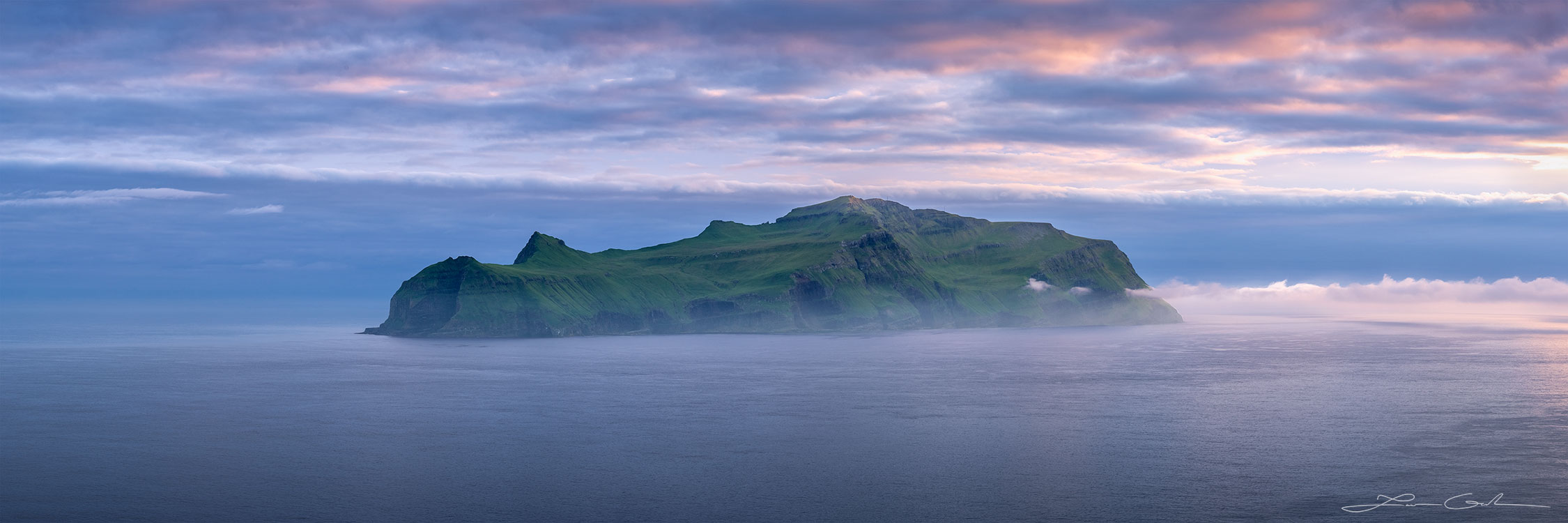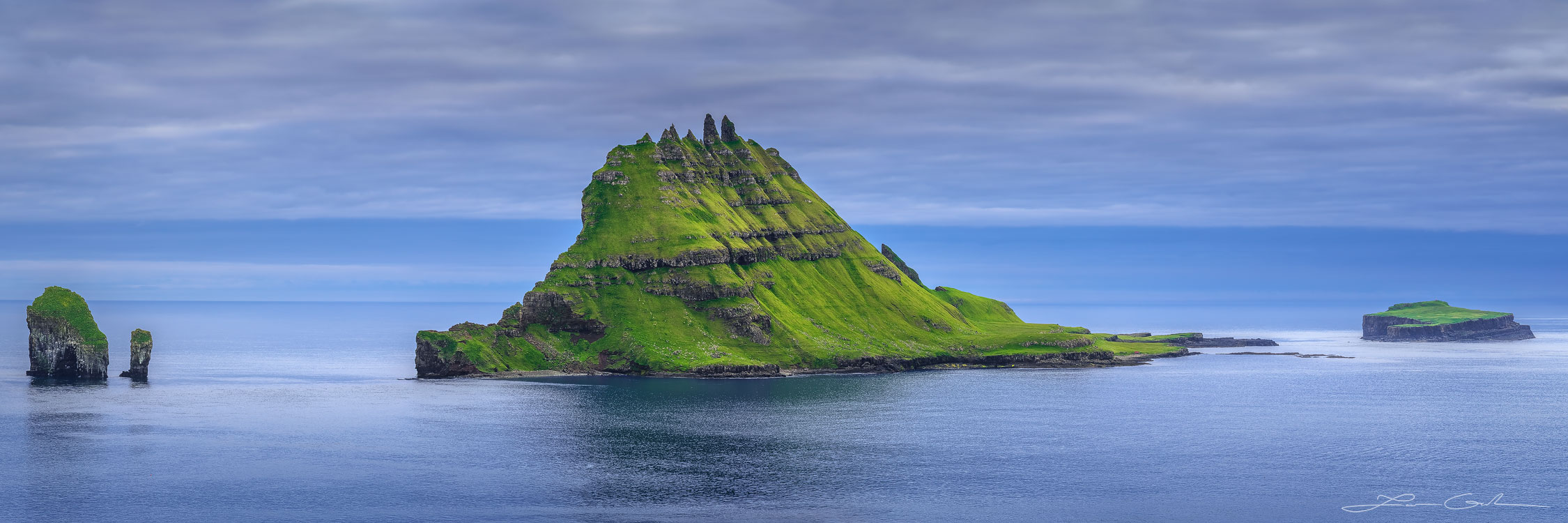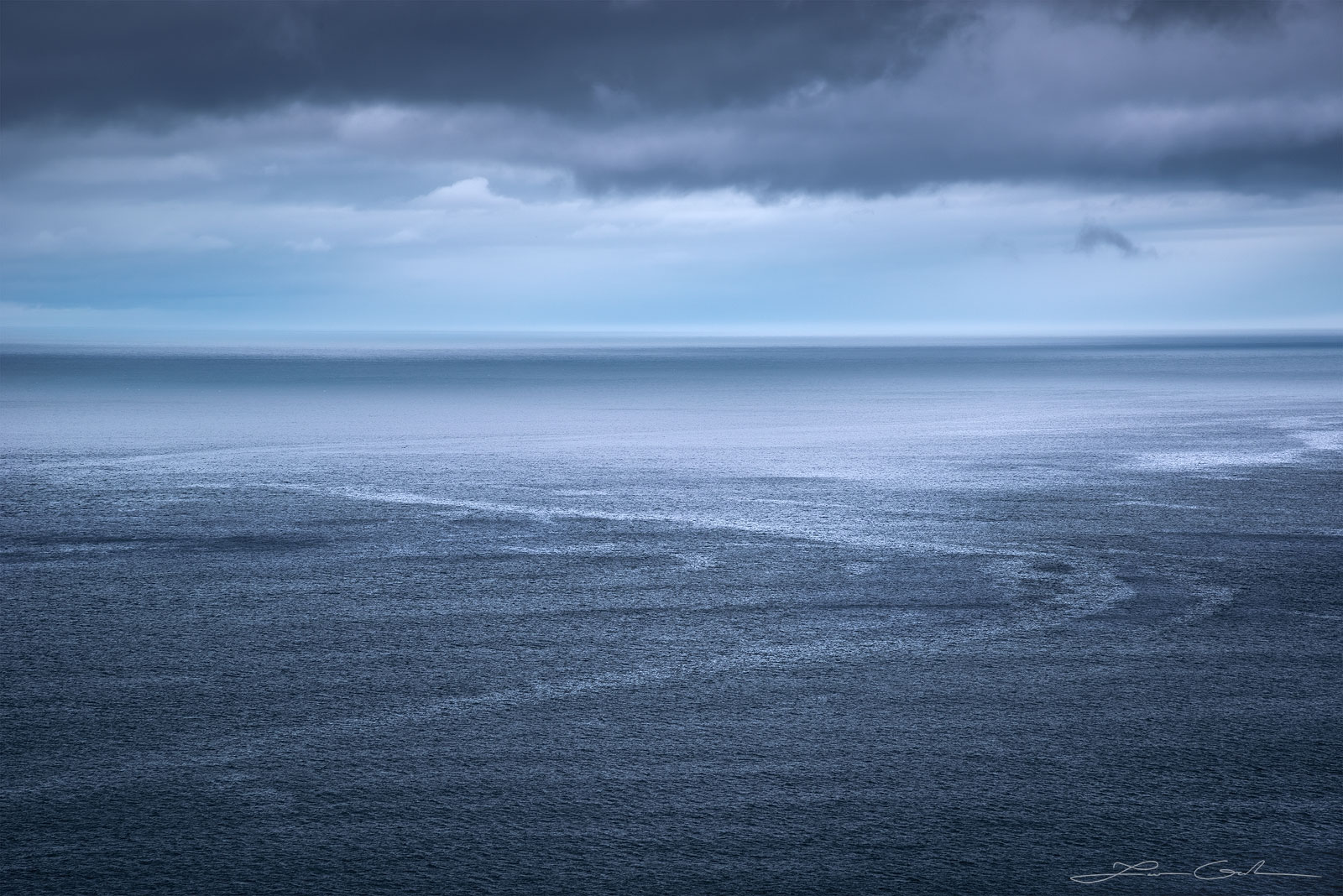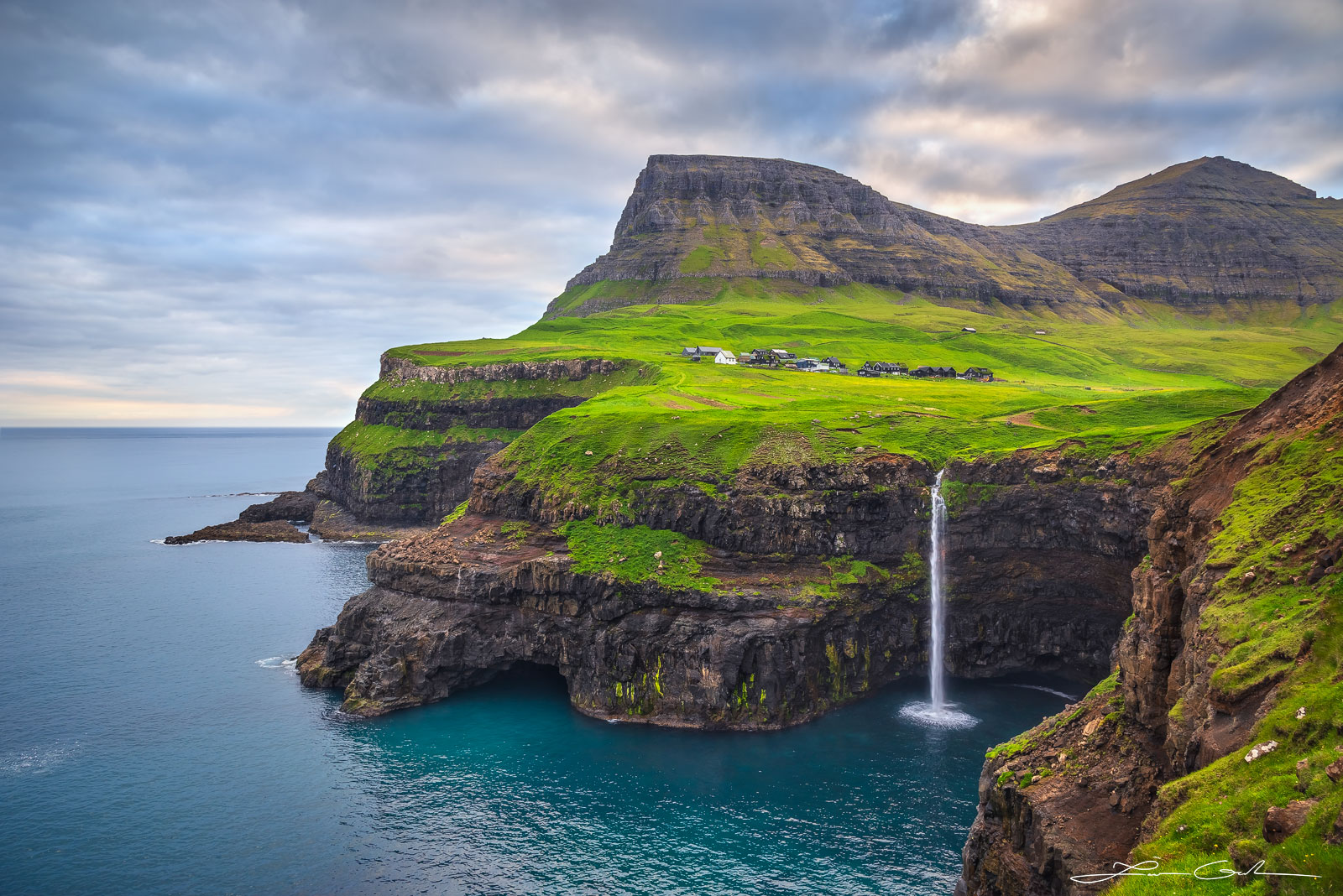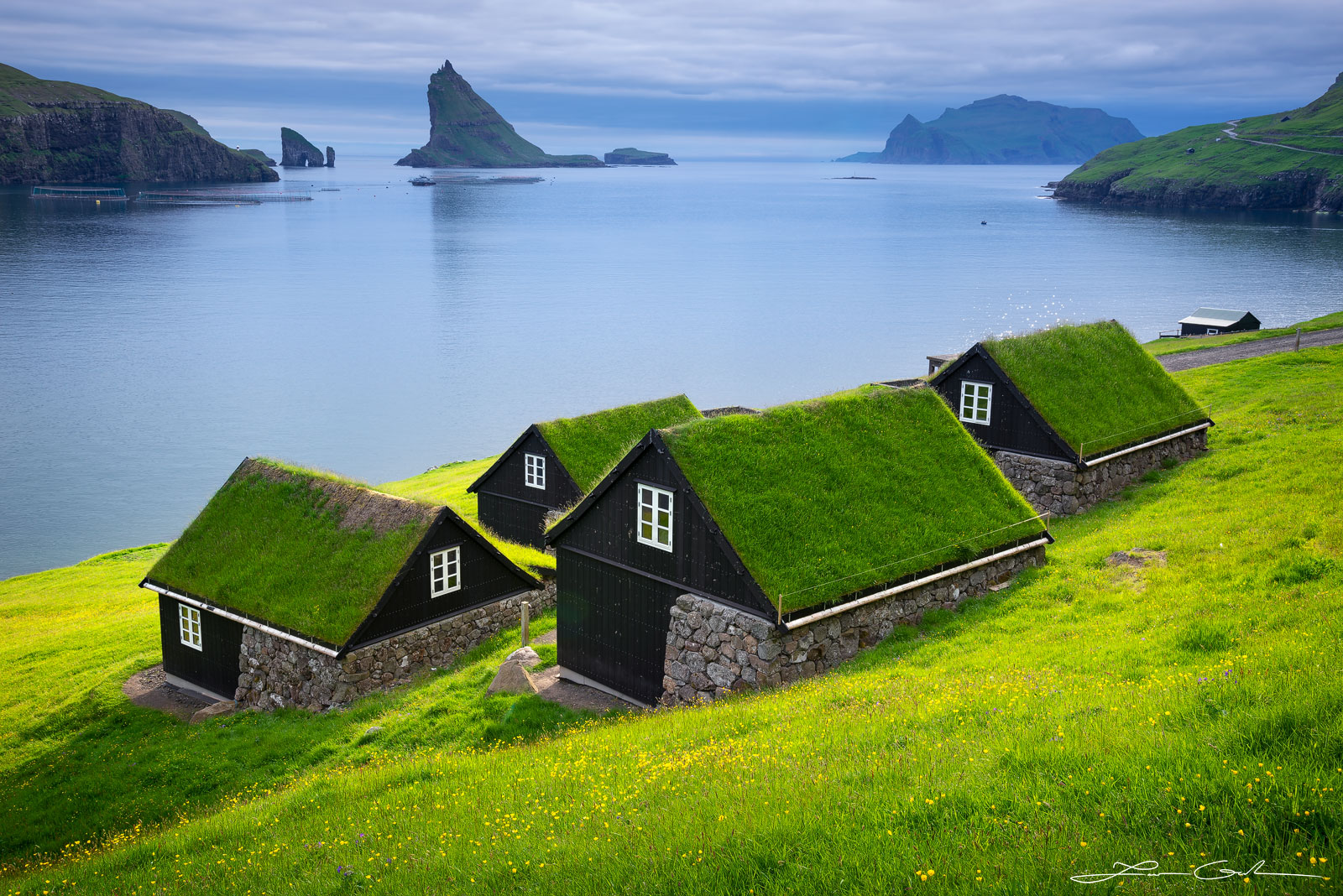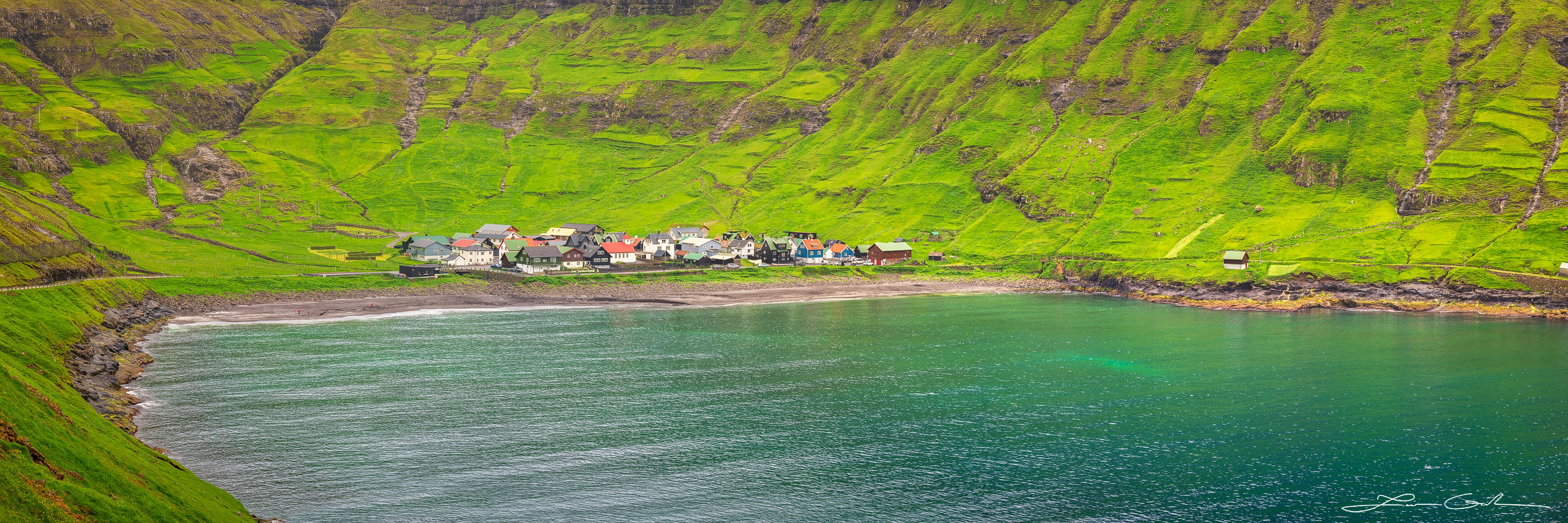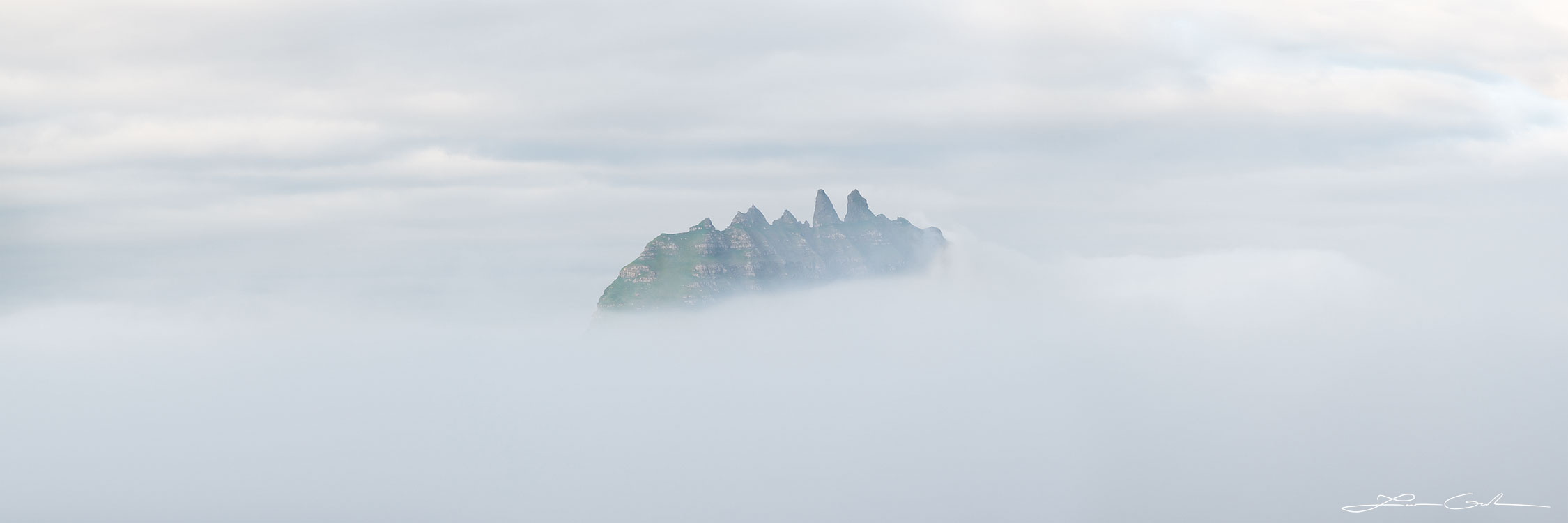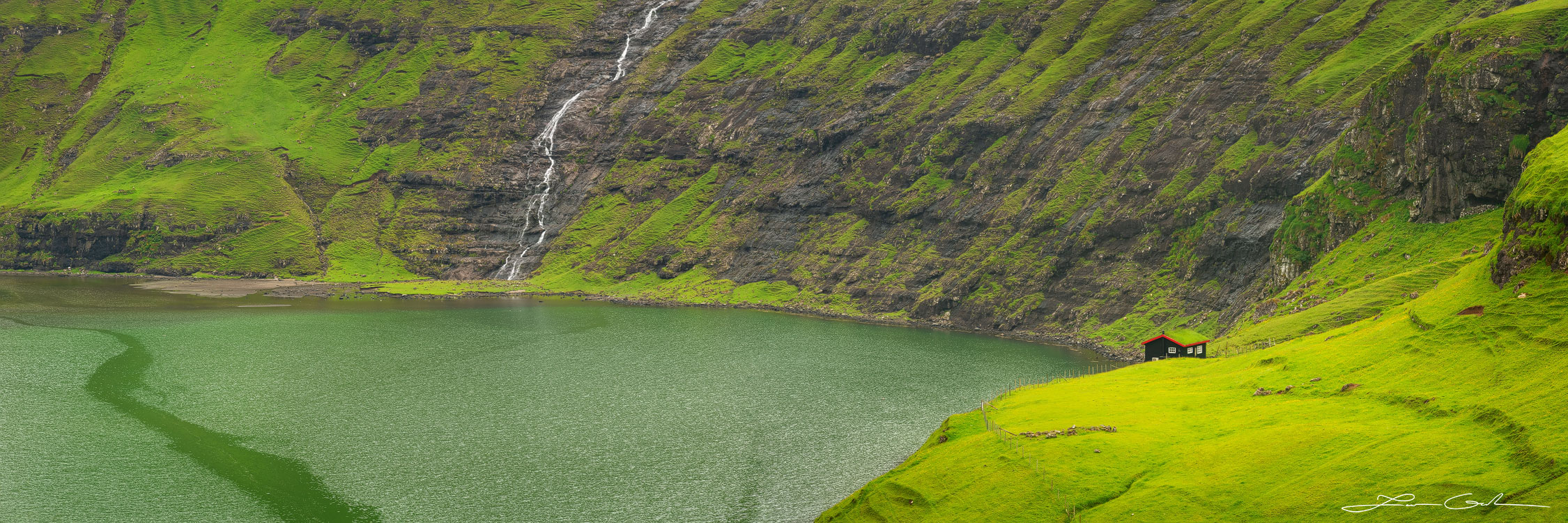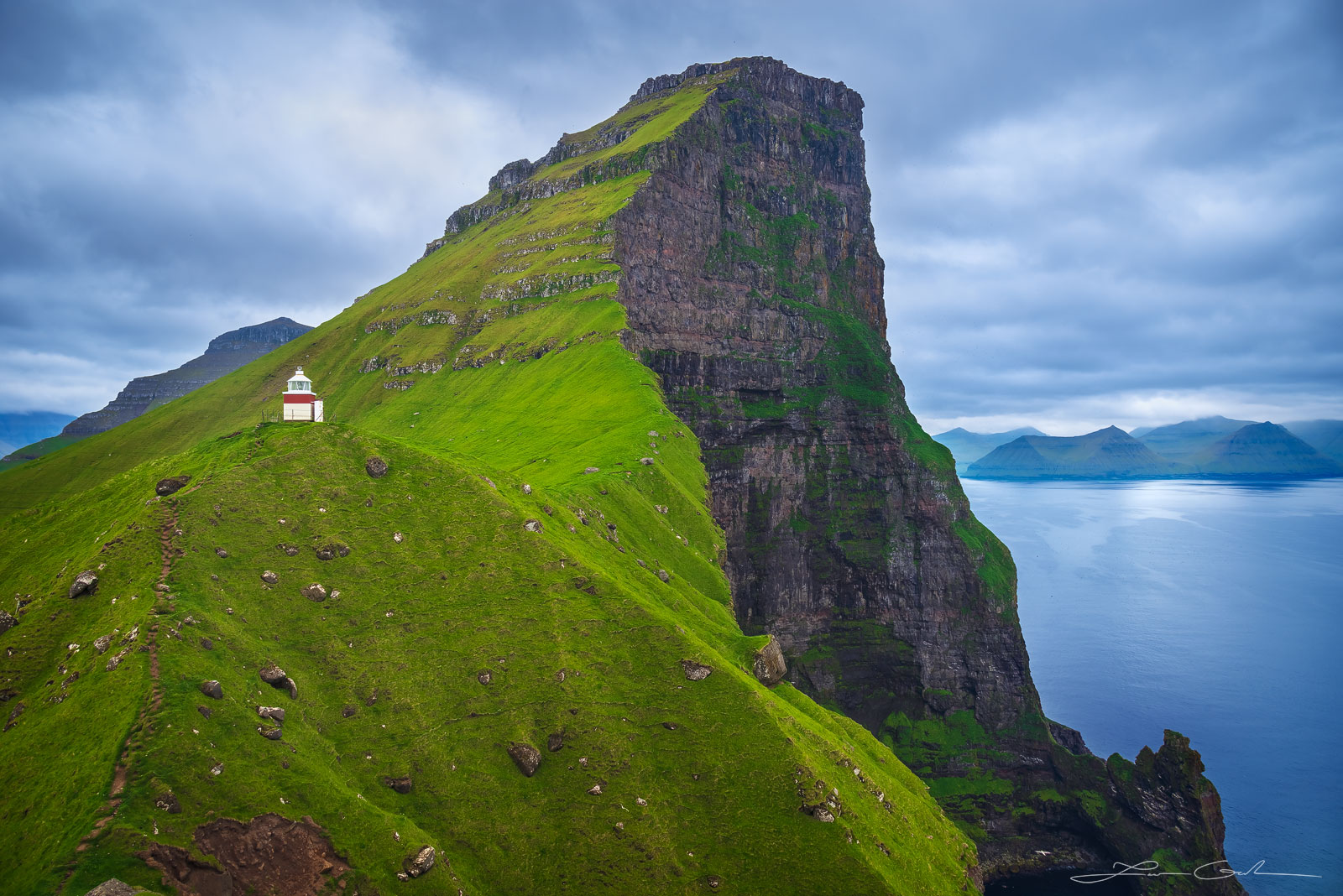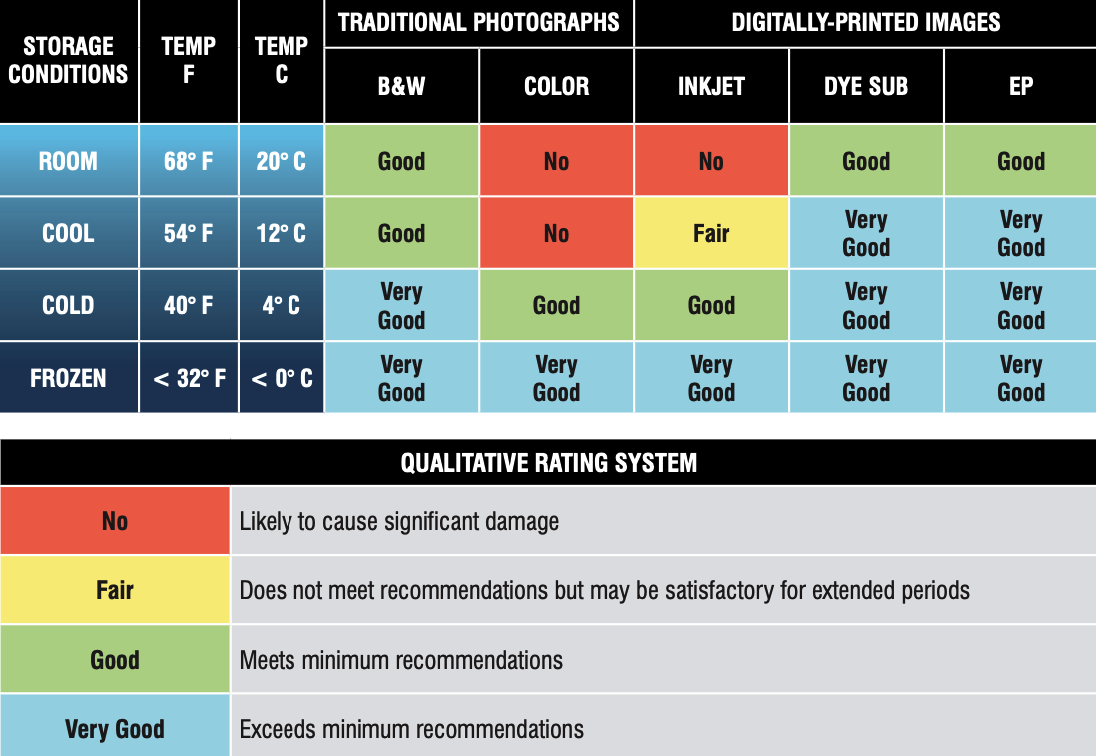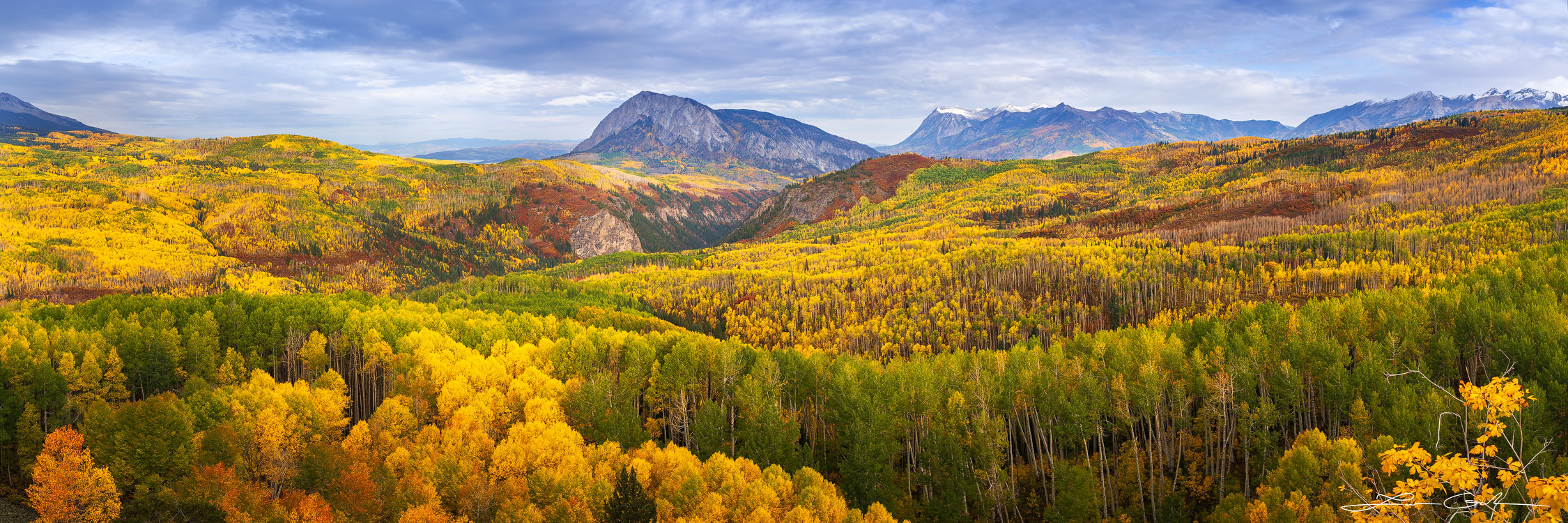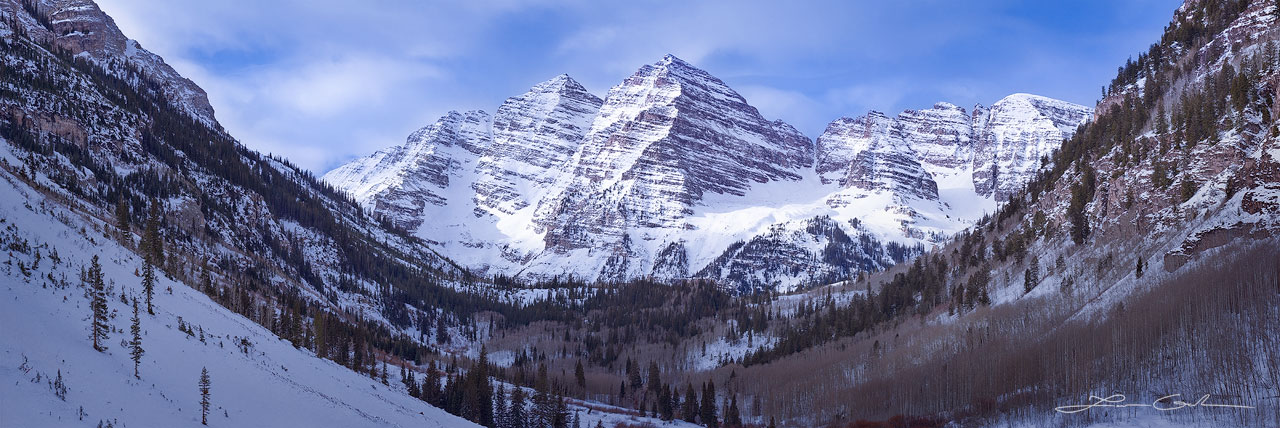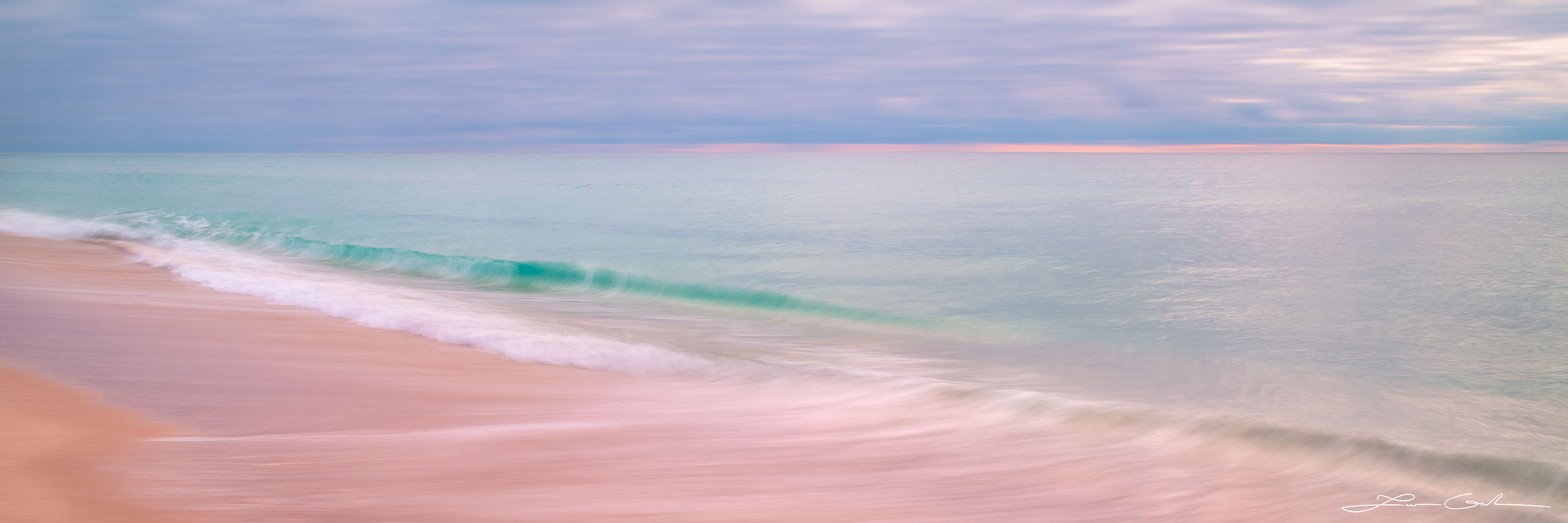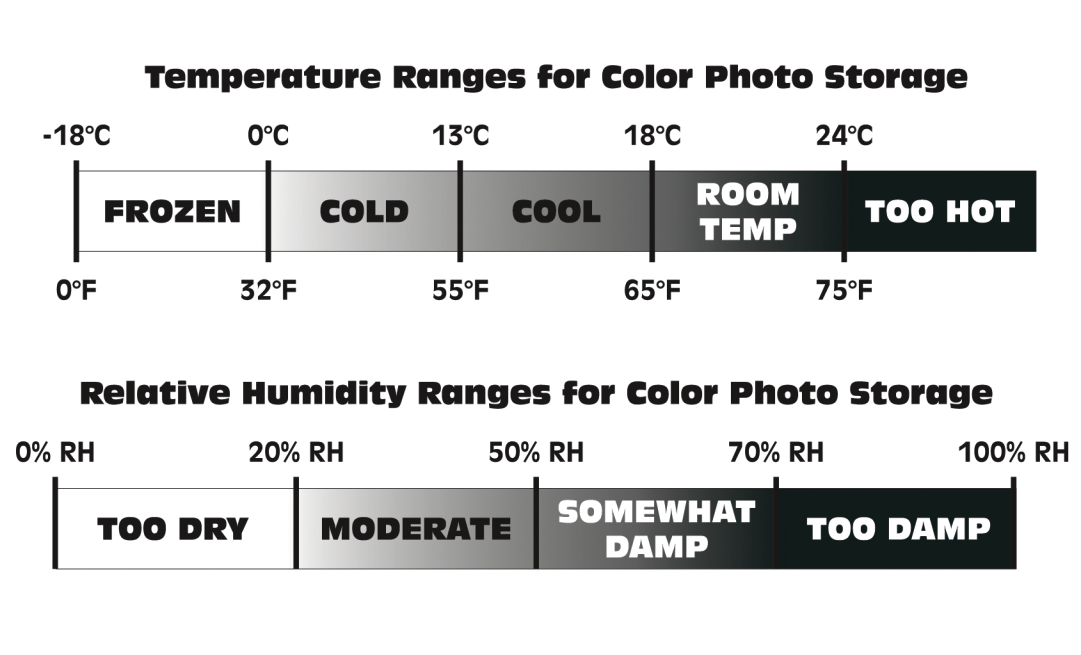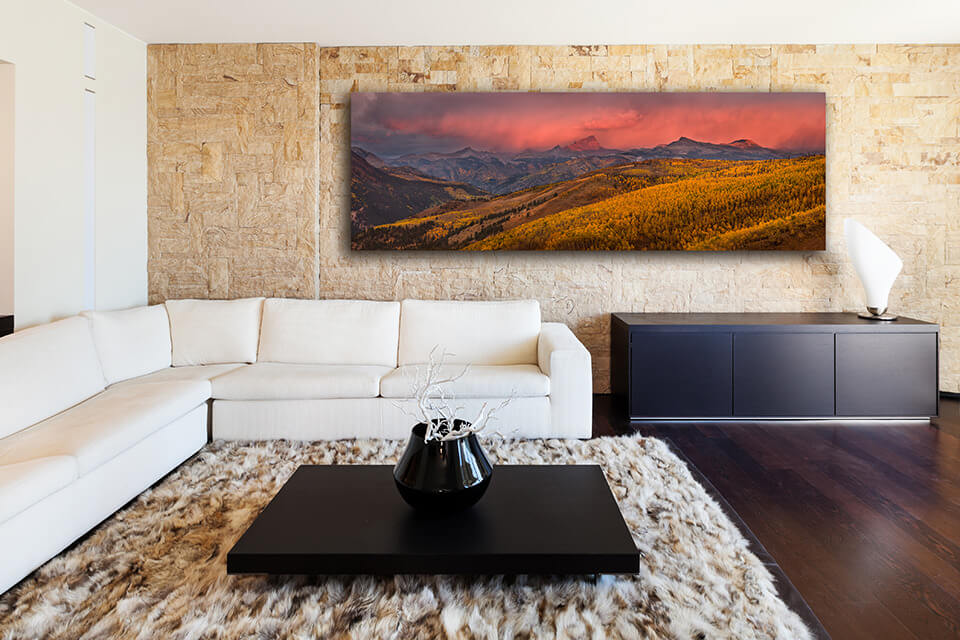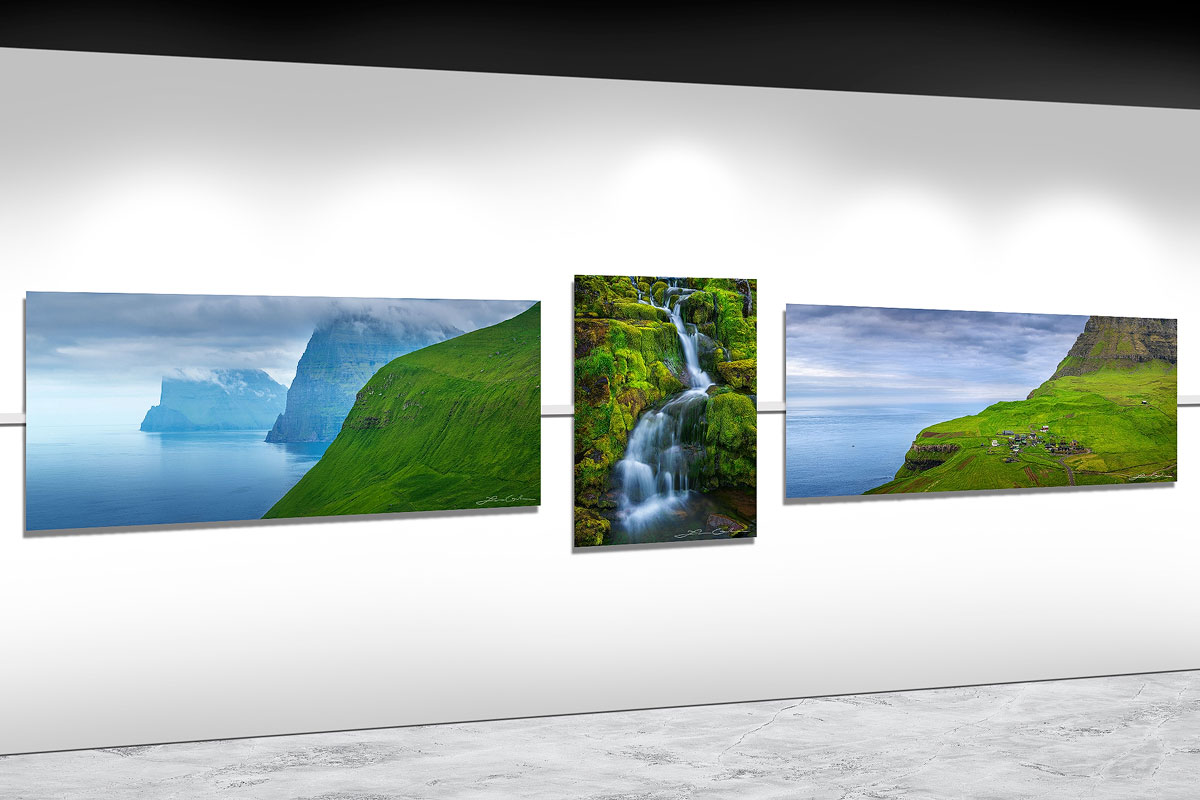Choosing the Best Photo Print Medium
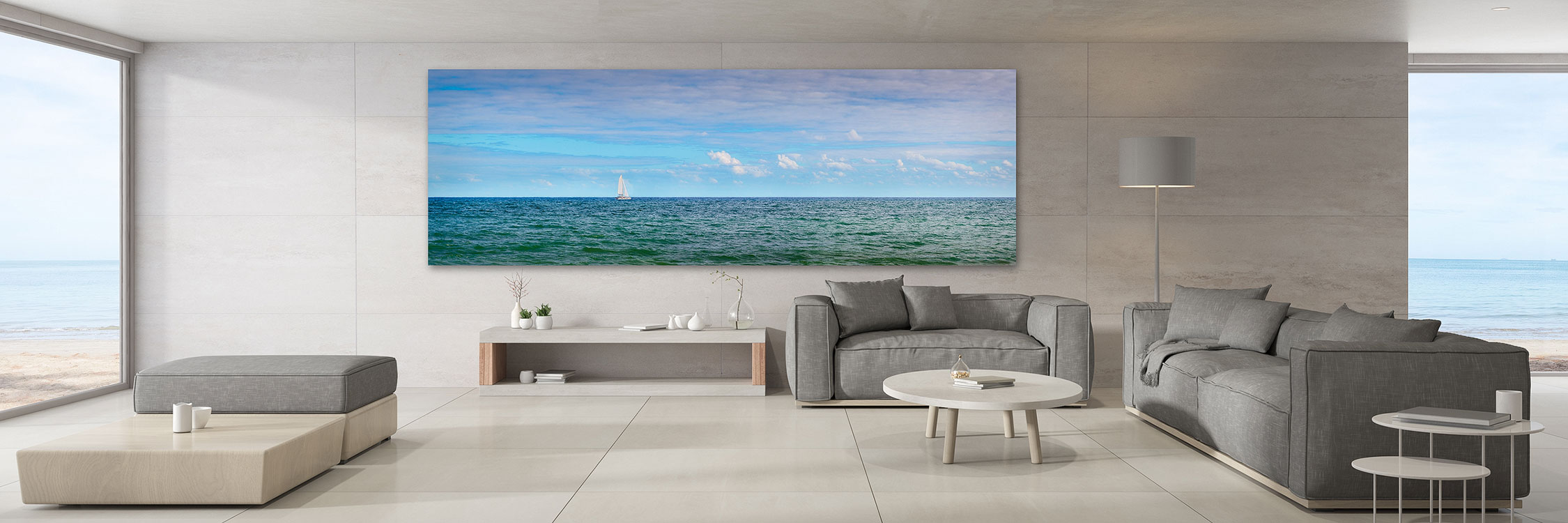
Choosing the Best Photo Print Medium
COMPARISON OF PAPER, CANVAS, METAL, AND ACRYLIC PRINTS
Choosing the best print medium when buying fine art photography is crucial to successfully decorating any interior space. Which print medium should you choose in order to create a timeless statement with your wall art? It can be a challenging decision given the various options available. In this article, we will explore the four most common types of fine art print mediums: paper, canvas, metal, and acrylic. We will examine the unique properties, advantages, and disadvantages of each and offer guidance on how to choose the best one for your specific needs. Whether you are an experienced collector or just thinking about buying your first fine art print, this article will help you make an informed decision on the best fine art print medium for your space.
POPULAR PHOTOGRAPHY PRINT MEDIUMS
When it comes to choosing the best print medium for your fine art photographs, there are several options available. Each has its own unique properties, advantages, and disadvantages. In this section, we will discuss the four most common types of print mediums: paper, canvas, metal, and acrylic.
Paper Prints
Paper prints are one of the most popular print mediums for fine art photographs. They are affordable, versatile, and offer a wide range of possibilities. There are several types of paper available, including matte, glossy, and fine art papers. Matte paper is a great choice for images with a lot of detail, while glossy paper can make colors appear more vibrant. Fine art papers have a high-quality, textured finish that is perfect for fine art photography.
The printing process for paper prints is also important. To achieve the best results, it’s important to use high-quality printers and inks. This will ensure that the colors are accurate and that the image has a long lifespan.
Canvas Prints
Canvas prints have become increasingly desired in recent years. They offer a unique texture and depth to fine art photographs that cannot be achieved with paper prints. There are several types of canvas available, including traditional, gallery wrap, and framed canvas. Traditional canvas art is stretched onto a wooden frame and is perfect for framing. Gallery wrap canvas art is stretched over a thicker wooden frame and has the image wrapped around the sides, making them perfect for displaying without a frame. Framed canvas prints are traditional canvas prints that are framed, giving them a more polished look.
One of the advantages of canvas prints is their durability. They are less likely to tear or fade over time than paper ones. Additionally, the texture of the canvas can add a unique dimension to the image, giving it a more painterly feel.
Metal Prints
Metal prints are a modern and unique way to display fine art photographs. They are printed directly onto aluminum sheets, creating a sleek and glossy finish. One of the benefits of metal prints is their vibrant colors. The aluminum sheets reflect light very well, causing colors to appear more vivid and saturated. Additionally, metal prints do not require framing, as they can be displayed as is.
Acrylic Prints
Acrylic prints are another modern print medium that has become a favorite for nature and landscape photographers, focusing on high end fine art. They are printed onto acrylic sheets, creating a high-gloss and durable finish. One of the unique properties of acrylic is its clarity and depth. The transparent material allows light to pass through, creating a sense of depth that cannot be achieved with paper or canvas prints. Additionally, acrylic wall art is highly durable and resistant to scratches and fading.
Gintchin Fine Art | Limited Edition Print
LESS COMMON PRINT MEDIUMS
Although this article is only focusing on the more common print mediums mentioned above, it is worth noting that they are not an exhaustive list. Here are some less common ones.
Xpozer
Xpozer is a unique fine art print medium. It is a lightweight, frameless, and reusable print system that consists of a high-quality print, tension fabric, and an aluminum frame. The Xpozer print is an ideal option for those who want to showcase their work in a modern and versatile way.
One of the main advantages of Xpozer is its versatility. The prints can be easily changed and updated without the need for any tools or professional help. The tension fabric and aluminum frame are lightweight and easy to transport. This makes Xpozer a great selection for exhibitions and art shows.
Wood Prints
Wood prints are another unique and less common fine art print medium that can add a natural and organic feel to your artwork. These prints are produced by printing the image directly onto a piece of wood, such as birch or maple, using a special printing process that preserves the wood grain and texture.
Wood prints are known for their durability and longevity. They are resistant to moisture and fading. The natural wood grain also adds a unique character and texture to the print, giving it a rustic and organic feel.
One of the main advantages of wood prints is their versatility. They can be hung on the wall like traditional prints, or they can be placed on a shelf or tabletop to create a unique display. The natural wood grain also makes each print one-of-a-kind, adding a personal and unique touch to your artwork.
Plaque Prints
Plaque prints are another interesting alternative. Plaque prints involve printing your image onto a high-quality photographic paper and then mounting it onto a thick, sturdy board, with a matte transparent laminate on top. The result is a print that has a sleek, modern look to it, with a clean, minimalist finish.
Plaques offer a durable and long-lasting way to showcase artwork. The acid-free surface and beveled edge provide a perfect finish, while various color finishes allow for personalization. The plaques also offer a range of surface coating finishes, including UV protection and moisture resistance.
Gintchin Fine Art | Limited Edition Print
PHOTOGRAPHIC PRINT PAPER TYPES
From three of the seven print medium types listed above use some sort of photographic paper. Those are the Paper, Acrylic, and Plaque prints. It is worth noting that the quality of the paper will affect the overall look and feel of the final print artwork. Therefore, this section takes a brief look at the various types of photographic papers.
Glossy Photo Paper
It is a type of paper with a high gloss finish that produces vivid and vibrant colors. It is a great way for printing photographs that are intended to be displayed in frames or albums. Glossy paper is highly reflective and can enhance the overall look of a photograph by making colors appear more vibrant and details more sharp.
Matte Photo Paper
This paper has a non-reflective, flat finish that gives photographs a more subdued and natural look. It is ideal for printing photographs with a lot of texture or fine details, as the lack of reflection helps to highlight these elements.
Art Photo Paper
Art photographic paper is a high-quality paper that is specifically designed for fine art prints. It has a matte or textured finish that is ideal for reproducing paintings or drawings, as well as photographs with a more artistic or creative aesthetic. Art paper is usually thicker and more durable than other types of photographic paper.
Pearl or Luster Photo Paper
This is a type of paper with a subtle sheen that falls between glossy and matte. It produces a rich, vibrant image with a slightly softer finish than glossy paper. It is very suitable for printing photographs that will be displayed in galleries or for professional portraits, as it can enhance skin tones and create a more flattering effect.
Metallic Photo Paper
Metallic photographic paper is a unique paper that produces a metallic, almost 3D effect in photographs. It has a glossy finish and produces images with intense color saturation and deep blacks. Metallic paper is often used for photographs with a lot of contrast or for creating high-impact prints that really pop. It is a great option for fine art prints that demand a dramatic effect.
Gintchin Fine Art | Limited Edition Print
PRINT MEDIUM QUALITY CONSIDERATIONS
Choosing the best print medium for your fine art photo requires careful consideration of various factors. Here are some of the most important considerations to keep in mind.
Sharpness, Clarity, & Resolution
One of the key factors to consider is the sharpness, clarity, and resolution of the print medium. Different print media have varying abilities to reproduce fine details and sharpness in the image.
Tonal Range
Another factor to consider is the tonal range, which refers to the range of shades between black and white in the image. High-quality print media can reproduce a wider tonal range, resulting in more nuanced and detailed images.
Color Accuracy
The color accuracy of the print medium is also critical. High-quality prints should accurately reproduce the colors in the original image without any distortions or color casts.
Color Vibrancy
Additionally, the vibrancy of the colors in the print is an important consideration. Vibrant colors can create a more eye-catching and striking image.
Surface & Light Reflection
The surface of the print medium and the way it reflects light can also impact the final result. Different surfaces and light reflections can cause the print to appear brighter or more subdued.
Look & Feel
The look and feel of the print medium are also essential considerations. This is all about the presentation of the finished artwork on a wall. Each has a unique texture, weight, and overall appearance that can influence the final look of the image.
Framing Options
For paper prints, framing is an important consideration. You could discuss the various framing options available, including matting, glass, and frame materials. In addition, canvas, metal, and acrylic prints can also be framed and look spectacular.
Durability & Longevity
The durability and longevity of the print medium are also critical factors to consider. High-quality prints should be able to withstand the test of time without fading, yellowing, or deteriorating. In addition, certain types are less susceptible to atmospheric changes such as moisture, heat, dust, etc.
Customization Options
Depending on the print medium and the printing company you choose, you may have the opportunity to customize your print in various ways. Some examples are: gloss vs matte surface, polished vs machined edges, frame thickness, etc.
Cost
Fine art photo prints can vary significantly in price depending on the medium and size. It is important to consider this factor in order to get the best quality print that fits within your budget.
Hanging and Installation
Once you have chosen your fine art photo print medium and framing, you’ll need to consider how to hang and install the print. Again, different ones offer different approaches.
Interior Suitability
It’s important to consider the style of the room where the print will be displayed. Matching the print medium to the style of the interior can help create a cohesive look and enhance the overall aesthetic of the space.
Maintenance and Care
Different fine art photo print mediums require different levels of maintenance and care. It is especially important to preserve the print’s quality over time if you spend the money on a large format, high quality print.
Gintchin Fine Art | Limited Edition Print
PAPER PRINT MEDIUM QUALITIES
When choosing the best print medium for your fine art prints, paper is a classic option that offers a variety of benefits. Here are some qualities to consider.
IMPORTANT: While there are many types of photographic print papers, this section describes the qualities of the highest quality papers, such as Fujiflex Crystal Archive and silver-halide papers.
Sharpness, Clarity, & Resolution
Paper is an excellent medium for achieving sharpness, clarity, and high resolution in your prints. High-quality fine art papers can showcase even the smallest details of your artwork with exceptional clarity.
Tonal Range
Premium photo papers can capture a superior tonal range, which is essential for creating prints with depth and dimensionality. Ultimately, this medium offers the highest tonal range possible.
Color Accuracy
One of the most critical qualities of a print medium is its ability to reproduce colors accurately. Paper prints are known for their superior color accuracy, allowing artists to reproduce their artwork with true-to-life colors.
Color Vibrancy
Paper print medium can also offer exceptional color vibrancy, and is an incredible choice for artists who want to create prints with bold, saturated colors. This superior quality is especially important for artists who capture vibrant landscape images.
Surface & Light Reflection
The surface and light reflection of paper print medium can vary depending on the type of paper used. Some papers have a glossy finish that can enhance color vibrancy, while others have a matte finish that can reduce glare and provide a more subtle look. The papers that especially stand out in this category are the metallic papers, described above.
Look & Feel
Paper print medium can offer a wide range of textures and finishes, from smooth and glossy to textured and matte. This versatility allows artists to choose a paper that complements the style and subject matter of their artwork. While the possibilities are many and a glossy paper print looks amazing, it is important to understand that at the end it is an unfinished photo product. While some may choose to hang a paper photo print on their wall the overall look will not be that of a fine art wall display.
On the other hand, if a paper print is mounted and framed, everything changes and the final result can be a great piece of artwork.
Framing Options
Paper print mediums are easy to frame and can be displayed in a variety of ways. A paper print can be mounted in a traditional way with glass and frame. It can be finished on an acrylic mount, which can be framed. Or, it can be used in a plaque print, which also offers a variety of framing solutions.
Durability & Longevity
The durability and longevity of paper prints can vary depending on the type of paper and printing process used. However, high-quality fine art papers are designed to be archival and can last for decades if properly cared for. It is important to understand that an unmounted, or unprotected print is the most vulnerable and the most likely to degrade with time.
Customization Options
Paper print mediums can be customized in many ways, including size, finish, and framing options. This flexibility allows artists to create artworks that meet their specific needs and preferences. However, the biggest factor here is the fact that a paper print can be mounted and framed in a very wide variety of ways, giving the artist or art collector many alternatives.
Cost
Paper print medium is a relatively affordable style, great for artists who want to create high-quality prints without breaking the bank. Nevertheless, a paper print is an unfinished piece of wall art and in order to make it finished one will need to further invest in mounting and framing, which will bring up the overall cost significantly.
Hanging and Installation
Unmounted paper prints are the easiest to hang on a wall, because of their light weight. They can be hung by using tape, hanging with clips or pins. However, if one chooses to mount and frame a paper print it does take a bit more skill, depending on the mount and frame style.
Interior Suitability
Unfinished paper prints are not very suitable for most spaces, especially when the desired effect is to have an impressive piece of fine art displayed. This can absolutely change however, if the paper print is properly mounted and framed.
Maintenance and Care
Paper print mediums require little maintenance and care, but it is essential to handle them carefully and avoid exposure to direct sunlight or moisture to ensure their longevity. Again, unmounted paper prints are very vulnerable and unprotected, which makes it more important to handle carefully.
For more information, read: Best Ways to Protect, Care for, and Clean Wall Art Prints.
Gintchin Fine Art | Limited Edition Print
CANVAS PRINT MEDIUM QUALITIES
The canvas print medium has been a favorite among photographers, artists, and interior designers for a long time. Its unique texture and natural appeal add character and depth to any printed artwork.
Sharpness, Clarity, & Resolution
Canvas print medium provides good sharpness, clarity, and resolution to the printed artwork. However, it is the least sharp solution, compared to paper, metal, and acrylic. The canvas material also helps to reduce glare and reflection, making it more friendly to viewing the artwork from different angles.
Tonal Range
Canvas print medium offers a good tonal range, allowing for a broad spectrum of colors and shades to be captured in the printed artwork. While the natural texture of the canvas material also adds depth and dimension to the artwork, I would rank canvas at the bottom of the group for tonal range.
Color Accuracy
Canvas print medium provides good color accuracy. Nevertheless, it is no match to paper and acrylic prints’ color accuracy.
Color Vibrancy
Canvas print medium offers good color vibrancy and is a respected choice among many photographers. However, this is another area where canvas comes short compared to the other ones. The non-glossy surface of the canvas print also reduces the effect of the product looking vibrant.
Surface & Light Reflection
Canvas print medium has a matte finish, which helps to reduce light reflection and glare. This makes it easy to view the artwork from different angles and in different lighting conditions. However, the subdued glossiness of the surface reflects inferiorly compared to the other, glossy prints.
Look & Feel
Canvas print medium has a unique look and feel that is both natural and rustic. The canvas material adds character and depth to the artwork. Although some fine art galleries do display nature and landscape photography images in canvas, it is less common for that genre. Canvas has more of a “homy” look and feel and that is why it is a widely spread wall art style for photography art collectors on a budget, or for portrait photography.
Framing Options
Canvas print medium offers a number of framing options, including gallery wrap, floating frame, and traditional frame. This allows for a customized and personalized look of the artwork, offering opportunities for many interior design projects.
Durability & Longevity
Canvas print medium is durable and long-lasting. The canvas material is resistant to fading, scratches, and moisture, ensuring that the artwork remains in excellent condition for many years.
However, it is worth mentioning that many canvas prints are wrapped around a wood frame. Depending on the wood being used and the climate, the wood can warp over time and distort the entire artwork. In colorado where the air is dry, I have had this happen more than once within just a year or two.
Customization Options
Canvas print medium offers a range of customizations, including size, shape, wrapping styles, and framing options. For example, one can choose a particular border color, for the part of the canvas that is wrapped and will appear on the sides of the frame. Most traditionally artists choose a black color border, or a mirrored look, which gives the effect of the image continuing around the sides of the frame without cropping it. There are also various ways to wrap a canvas print with a thicker/heavier frame or a lighter/thinner version. Finally, as mentioned above, there are many possibilities for framing a canvas print and giving it a contemporary or a more traditional gallery look.
Cost
Canvas print medium is relatively affordable and thus, it is great for art collectors and interior designers on a budget. The cost of canvas prints depends on the size, customizations, and printing and mounting techniques used. However, it is the most affordable finished product wall art.
Hanging and Installation
Canvas print medium is relatively easy to hang and install. The artwork can be mounted on a wall using a simple hanging wire, mounted on a frame using screws, or hooks that often come with it.
Interior Suitability
Canvas print medium is suitable for a variety of interior design styles, including modern, traditional, and rustic. The natural texture and unique look of the canvas material add character and depth to many interior design projects. In my opinion however, if the desired final look is that of a high-end interior, canvas will not be ideal in some cases.
Maintenance and Care
Canvas print medium requires minimal maintenance and care. To keep the artwork in great condition, it should be dusted regularly using a soft, dry cloth. It should also be kept away from direct sunlight and moisture to prevent damage.
For more information, read: Best Ways to Protect, Care for, and Clean Wall Art Prints.
Gintchin Fine Art | Limited Edition Print
METAL PRINT MEDIUM QUALITIES
Metal prints are a modern and unique medium to display images. They are created by infusing dyes into specially coated aluminum sheets, creating a vibrant and long-lasting print.
Metal – Sharpness, Clarity, & Resolution
Metal prints are known for their sharpness, clarity, and high resolution. They come close to the level of sharpness of paper and acrylic prints, but are just a small notch below that. The typical metal surface provides a high-gloss and reflective surface, enhancing the details and sharpness of your image.
Metal – Tonal Range
The metal medium offers an excellent tonal range, which means that they can display both light and dark areas with great accuracy. While this makes them exceptional for displaying images or images with a wide range of tones, they are again just below my rating of paper and acrylic. This is mostly noticed in the dark areas, where metal tends to lose some of the details. An example of that would be the texture of tree bark.
Metal – Color Accuracy
Metal prints have excellent color accuracy, which means that the colors in your image will appear true to life. This is due to the high-quality dye-sublimation process used to create metal prints. In comparison to paper and acrylic they are nearly identical.
Metal – Color Vibrancy
Metal print mediums bring a high level of color vibrancy, making your images pop with vivid colors and deep blacks. This is due to the reflective nature of the metal surface, which enhances the saturation of the colors. In fact, color vibrancy is one of the qualities that metal print makers boast mostly about.
Metal – Surface & Light Reflection
The surface of metal prints provides a unique and modern look to your images. The high-gloss surface creates a reflective effect that enhances the colors and details of the print in a way that makes them “glow” in a remarkable way. It is worth noting that non-glossy surfaces are also available for metal prints. They resemble the surface and light reflection qualities of canvas, rather than glossy metal prints.
Metal – Look & Feel
Metal prints come with a sleek and modern look, providing outstanding wall decor for contemporary spaces. They attract immediate attention with their clean look, smooth finish, and bold colors, creating a stunning wall art display.
Metal – Framing Options
Metal prints can be framed in many styles, including traditional framing with a mat and glass or a floating frame that showcases the metal edges of the print.
Metal – Durability & Longevity
The metal print medium is extremely durable and long-lasting. They are resistant to fading, scratching, and water damage, which strongly differentiates them if print permanence is of utmost importance. Metal prints are the most durable selection in the group.
The Wilhelm Imaging Research (WIR) performed permanence tests on ChromaLuxe metal photo panels in 2016. The published paper is titled – “ChromaLuxe Achieves Three Times the Print Display Permanence Rating Compared to Silver-Halide Color Papers”.
Finally, I have personally done tests with metal prints by submerging them fully in hot water and have found that they are fully waterproof.
Metal – Customization Options
Metal prints can be customized by choosing from a range of finishes, including glossy, matte, or brushed. They can also be customized with straight/sharp edges, or gently rounded edges. Metal prints can be mounted on recessed frames, edge frames (giving them the appearance of a block piece of wall art, or any style of a traditional frame.
Metal – Cost
Metal prints are generally more expensive than paper or canvas art, but they offer a high-quality and long-lasting print that is worth the investment.
Metal – Hanging and Installation
Metal prints can be hung using a variety of methods, including hooks, screws, french cleat, or a wire hanger. The actual approach will depend on the hanging style implemented by the metal print manufacturer.
Metal – Interior Suitability
The metal medium is a very desirable fine art print medium for contemporary and modern spaces, but they can also be used in more traditional settings. They offer an absolutely beautiful, unique, and modern look that can enhance any decor style.
Metal – Maintenance and Care
Metal prints are the easiest when it comes to maintenance or care. They can be wiped clean with a soft, damp cloth to remove dust or fingerprints. Avoid using abrasive cleaners or harsh chemicals on the surface of the print.
For more information, read: Best Ways to Protect, Care for, and Clean Wall Art Prints.
Gintchin Fine Art | Limited Edition Print
ACRYLIC PRINT MEDIUM QUALITIES
When it comes to choosing the best print medium, acrylic is a sought after style due to its numerous qualities. Here are the various qualities of a acrylic that you should consider when making your decision.
Acrylic – Sharpness, Clarity, & Resolution
Acrylic is a high-resolution medium that provides exceptional sharpness and clarity. It is important to understand that a high end acrylic print is made with a high quality print paper. Therefore, acrylic prints have the same sharpness qualities as paper prints. Given the amazing transparency qualities of acrylic, the final result is a print that looks stunningly clear and sharp.
Acrylic – Tonal Range
Acrylic prints have a superior tonal range, meaning they are capable of displaying the widest range of shades and tones. Again, the rating here would be equivalent to premium paper prints.
Acrylic – Color Accuracy
Acrylic is known for its superior color accuracy, which means that the colors in the print are almost an exact match to the original image. The colors remain vivid and true to the original image creating an impressive piece of artwork.
Acrylic – Color Vibrancy
One of the most prominent qualities of acrylic prints is the vibrant colors that they display. The acrylic medium enhances the colors and gives them a vibrant, eye-catching pop. Once more, acrylic prints offer a superior result when it comes to color vibrancy.
Acrylic – Surface & Light Reflection
Acrylic prints have a smooth and polished surface that gives them a contemporary look. The prints are glossy and reflect light, which gives them a luminous quality that can’t be achieved with other styles. This is especially true when they are made with high quality glossy, or metallic, papers. In addition, TruLife® acrylic prints offer a smooth and glossy finish but with a reduced glare, which is the absolute best print medium at the time of this writing.
Acrylic – Look & Feel
The acrylic print medium has a modern and sophisticated look and feel that is ideal for contemporary interiors. The prints have a superior look and feel that adds a touch of elegance and high-end artwork to any room. By far the best looking wall art displays I have ever seen.
Acrylic – Framing Options
Acrylic prints can be framed with a multitude of options, including without a frame, with a floating frame, or with a traditional frame. The versatility of the medium allows you to customize your print to suit your style and taste.
Acrylic – Durability & Longevity
Acrylic prints are durable and long-lasting. The prints are resistant to fading, scratching, and yellowing, which is one reason they are an great investment for long-term art collecting. The paper print is well sealed between the acrylic glass and the backer board, which provides protection. In addition, most acrylic faces are UV protective, adding an additional layer of protection.
Acrylic – Customization Options
Acrylic prints can be customized in many ways, starting with the acrylic glass. One possibility is to choose the thickness of the acrylic face. Most often the sizes are ¼ inch or ⅛ inch thickness.
One can also choose polished vs machined edges. The difference between the two is that a polished edge is fully transparent, and the machined one, while still smooth, is not.
Another customization is to choose between TruLife® acrylic or standard acrylic where the main difference is the scratch resistance and anti-glare qualities of TruLife®.
Finally, similarly to metal prints the acrylic print medium can be framed with many choices of frames.
Acrylic – Cost
Acrylic prints are relatively expensive compared to other print mediums. In fact, they are the most expensive ones in the group here. While acrylic prints will be out of budget for many art collectors, they are the highest quality gallery wall art available. For those who want the best, acrylic prints are the way to go, especially the TruLife® acrylic prints.
Acrylic – Hanging and Installation
Acrylic prints can be hung using various methods, including using a cleat system, hanging wire, or standoffs. Most often, they are made with a cleat system, making the installation process relatively simple and straightforward.
Acrylic – Interior Suitability
Acrylic prints are suitable for a wide range of interior settings, from homes to offices, galleries, and exhibitions. The medium’s modern and sophisticated look is perfect for contemporary spaces. Given that it is the most high-end fine art print style, acrylic prints can absolutely impress the bystander, especially when printed in large format.
Acrylic – Maintenance and Care
Acrylic prints require minimal maintenance and care. The prints can be wiped clean with a soft, damp cloth to gently clean them. The prints should be kept out of direct sunlight to prevent fading over time.
For more information, read: Best Ways to Protect, Care for, and Clean Wall Art Prints.
Gintchin Fine Art | Limited Edition Print
PRINT MEDIUMS SIDE BY SIDE COMPARISON
To help you make an informed decision in choosing the best print medium, I have created a side-by-side comparison based on my personal experience. Having worked with various print mediums for years the comparison below is my personal rating.
Please keep in mind that this comparison assumes the best quality option is used for each print medium. For paper prints, I have assumed the use of an unmounted and unprotected print.
| Quality Consideration | Paper Print |
Canvas Print | Metal Print | Acrylic Print |
|---|---|---|---|---|
| Sharpness & Clarity | Superior | Good | Excellent | Superior |
| Tonal Range | Superior | Good | Excellent | Superior |
| Color Accuracy | Superior | Good | Excellent | Superior |
| Color Vibrancy | Superior | Good | Excellent | Superior |
| Light Reflection | Superior | Good | Excellent | Superior |
| Look & Feel | Fair | Good | Excellent | Superior |
| Framing Options | Excellent | Excellent | Excellent | Excellent |
| Durability | Low | Good | Superior | Good |
| Customization Options | Excellent | Excellent | Excellent | Excellent |
| Cost | Low | Average | High | Highest |
| Hanging & Installation | Easiest | Easy | Easy | Easy |
| Interior Suitability | Fair | Good | Excellent | Superior |
| Maintenance & Care | Moderate | Easy | Easiest | Easy |
CopyRight® – Gintchin Fine Art
GINTCHIN FINE ART PRINT MEDIUMS
When it comes to choosing the best fine art print medium, I offer metal and acrylic prints for all of my limited edition collections. While I used to print on canvas, I made the decision to stop doing so in order to offer only the best, even if it comes at a higher price point.
In the past, I sold my prints in a Breckenridge, CO gallery and started with canvas before introducing metal prints. However, customers would often walk by and not even notice the canvas wall art because they were so mesmerized by the metal artwork. Metal prints have amazing light reflection qualities and color vibrancy that make them stand out in any room. In fact, customers would often ask me if the ones in the gallery were backlit because of the way they looked on the gallery wall.
If you’re looking for a print medium that will make your artwork pop, Gintchin Fine Art metal and acrylic print options may be worth considering. While they may be pricier than traditional ones, the quality and impact they bring to your interior will be well worth the investment.
Gintchin Fine Art | Limited Edition Print
PRINT MEDIUMS TRENDS AND INSPIRATION
Trends in fine art photo mediums are constantly evolving, and keeping up with them can be challenging. However, some trends have emerged in recent years that are worth considering when choosing the best medium for your fine art prints.
One such trend is the use of metal. Metal prints have gained popularity in recent years due to their modern and sleek appearance, as well as their durability. They are printed directly onto a sheet of aluminum, which gives them a unique look and adds depth to the image.
Another trend is the use of acrylic print mediums. Acrylic prints offer a contemporary and modern look. This gives the image a three-dimensional quality and a high-gloss finish that is absolutely striking. In many cases Acrylic face mounts are also lightweight and easy to install. They are the most high-end type of print art and often chosen for gallery displays.
Canvas print mediums, on the other hand, continue to be a classic style for fine art. They offer a traditional and timeless look that is suitable for portraits and landscapes. Canvas prints are also versatile, making them suitable for any space.
Finally, paper print mediums remain favored for fine art photography, particularly when paired with a high-quality frame. Fine art papers are available in a range of textures and finishes, each of which can add a unique character to the final print. They also offer a tactile quality that can enhance the viewer’s experience of the image.
In terms of inspiration, there are endless possibilities for displaying and showcasing fine art prints. One trend that has emerged in recent years is the use of large-scale prints in residential and commercial spaces. Large format wall art can create a focal point in a room and add drama and impact to any space. They can also be used to create a sense of continuity between different areas of a room or building.
Another trend is the use of themed galleries or collections. By grouping prints according to a particular theme or style, you can create a cohesive and visually appealing display. This could be achieved through color schemes, subject matter, or even the style of the print itself.
Ultimately, the best fine art print medium for your needs will depend on your personal preferences, budget, and the space in which the print will be displayed.
Gintchin Fine Art | Limited Edition Print
CHOOSING THE BEST PRINT MEDIUM
When it comes to displaying your fine art photo prints, choosing the right medium is essential. The one you choose can significantly impact the way your artwork is perceived and appreciated. Here are some factors to consider when selecting the one for your interior wall space:
Wall Size and Location: The size and location of the wall play a crucial role in selecting the best print medium. For larger walls, canvas or metal prints can make a bold statement, while paper or acrylic prints may be better suited for smaller spaces. If the wall is in a high-traffic area, you may want to consider a durable material such as metal or acrylic.
Lighting: The lighting in the room can also affect the way your artwork is perceived. If your space has natural light, canvas or paper prints can enhance the warm tones, while acrylic or metal artwork can reflect and add depth to artificial light sources.
Style of the Space: The overall style and decor of the space should also be taken into account when choosing your photo medium. For a modern and sleek interior, metal or acrylic prints can complement the contemporary vibe. For a more traditional setting, canvas or paper prints can add a classic touch.
Ultimately, the best print medium is the one that fits your personal style and complements your interior space. Take the time to consider these factors to ensure that your artwork is displayed in the best possible way.
PRINT MEDIUM FINAL THOUGHTS
Choosing the best fine art print medium depends on various factors such as the intended use of the print, the desired aesthetic effect, the level of durability, and cost considerations. Each has its unique properties and advantages, which should be considered before making a decision. It is also essential to choose a quality printing company that uses high-quality materials and advanced printing technologies to ensure the best results.
Finally, when selecting a print medium, it’s very important to consider the interior wall space’s style, lighting, and other wall art present in the room. By carefully considering all these factors, you can choose the perfect fine art photo option that complements your interior wall space and creates the desired visual impact.
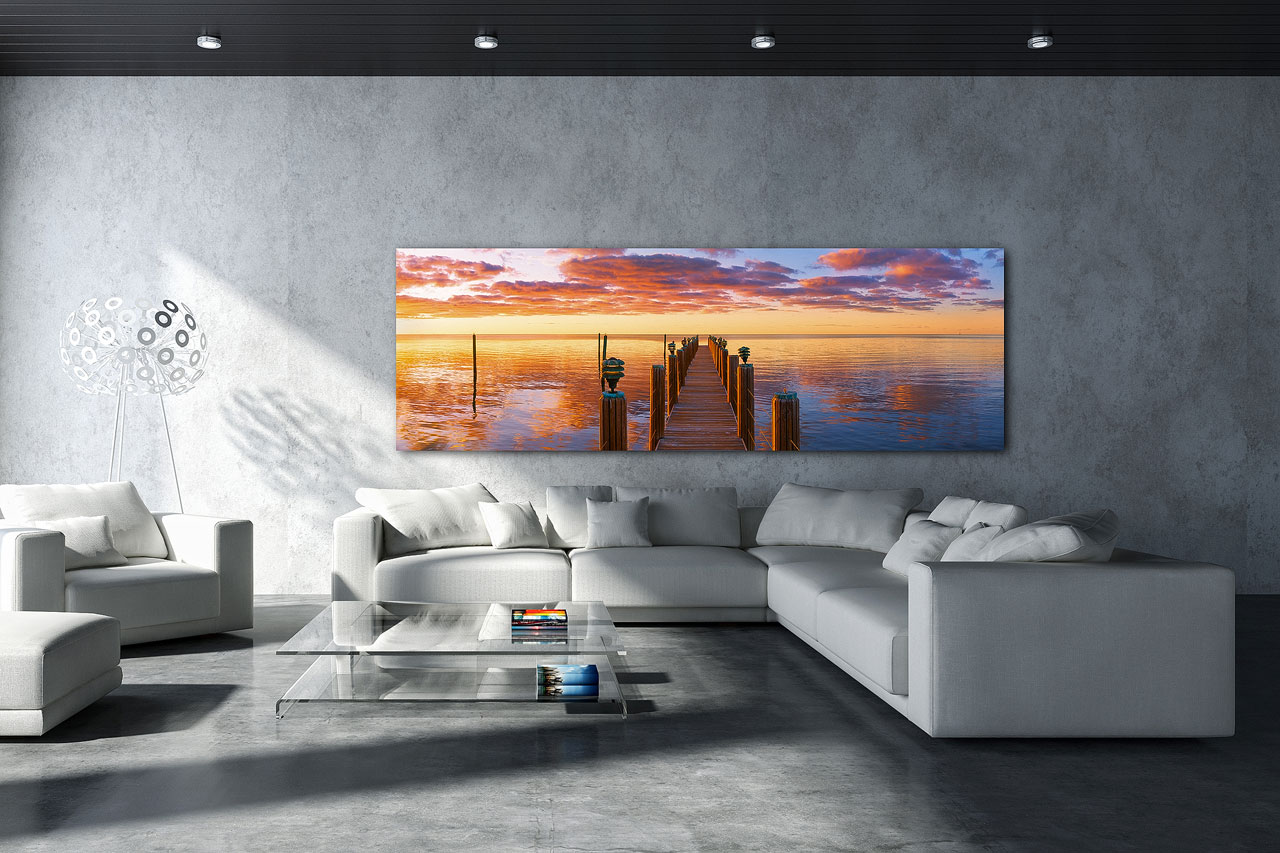
COMPLIMENTARY
Art Consultation
Gintchin Fine Art offers a no-obligation, complimentary 30 minute photography art consultation. Buying the right photograph, print size, print medium, and frame option is important when transforming a space. If you feel challenged in your choice as an art collector, I am here to help. Having placed my prints as wall art in home, office, corporate, and gallery interiors, I am confident that I can find a solution which will meet your unique needs. Take advantage of my experience and skills, and request your no-pressure art consulting session today.
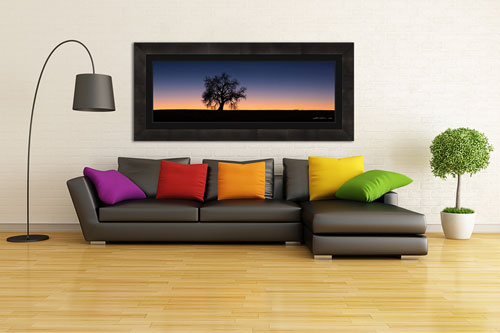
Choosing a Frame for a Landscape Print: How To – Practical Guide
How do you choose the right frame for a landscape print? Mounting a high quality frame around a landscape print can create an impressive piece
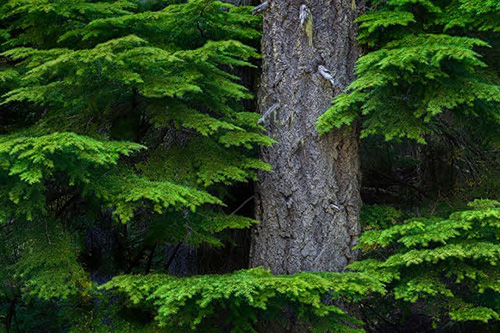
Understanding the Value of Nature Photography Prints
Knowing the value of nature photography prints when buying landscape images is important whether one is a seasoned art collector or a first time buyer.
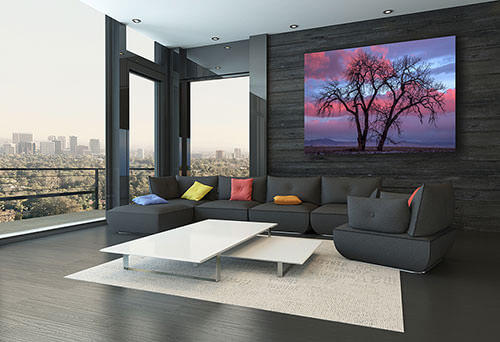
Interior Design With Nature Photography: Complete Guide
Whether you are an interior designer or an art collector, you have decided to use fine art nature photography for interior design. Your goal is
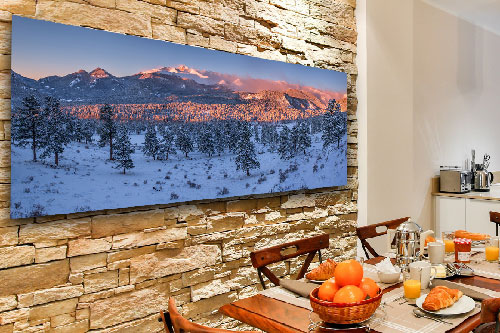
Correct Color Temperature When Lighting Prints
Did you know that the color temperature of a light source can dramatically affect your photographic prints? Understanding color temperature for prints lighting can help
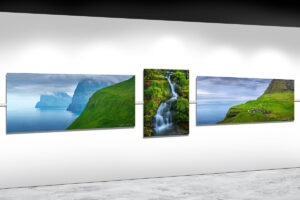
Create a Home Gallery Wall: A How-To Guide
DESIGN A HOME PHOTO & WALL ART GALLERY WALL Create a home gallery wall and make it look professional. Whether you use photography prints, or

15 Photography Wall Decor Ideas for Your Bathroom
Have you ever thought about using photography wall decor in a bathroom space? I am not talking about little plaques or decorations with smart sayings
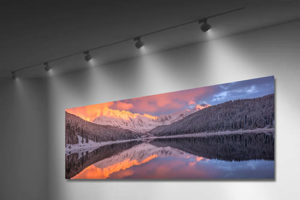
Photography Art Illumination Complete Guide
How to Light Fine Art Photography Prints and Wall Art Knowing how to light artwork in your home or business can be the difference between
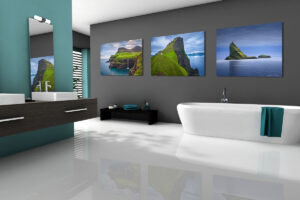
Choosing a Wall Art Hanging System
HOW TO SELECT THE BEST WALL ART HANGING SYSTEM Knowing how to choose the best hanging system is important when you hang a photo print,
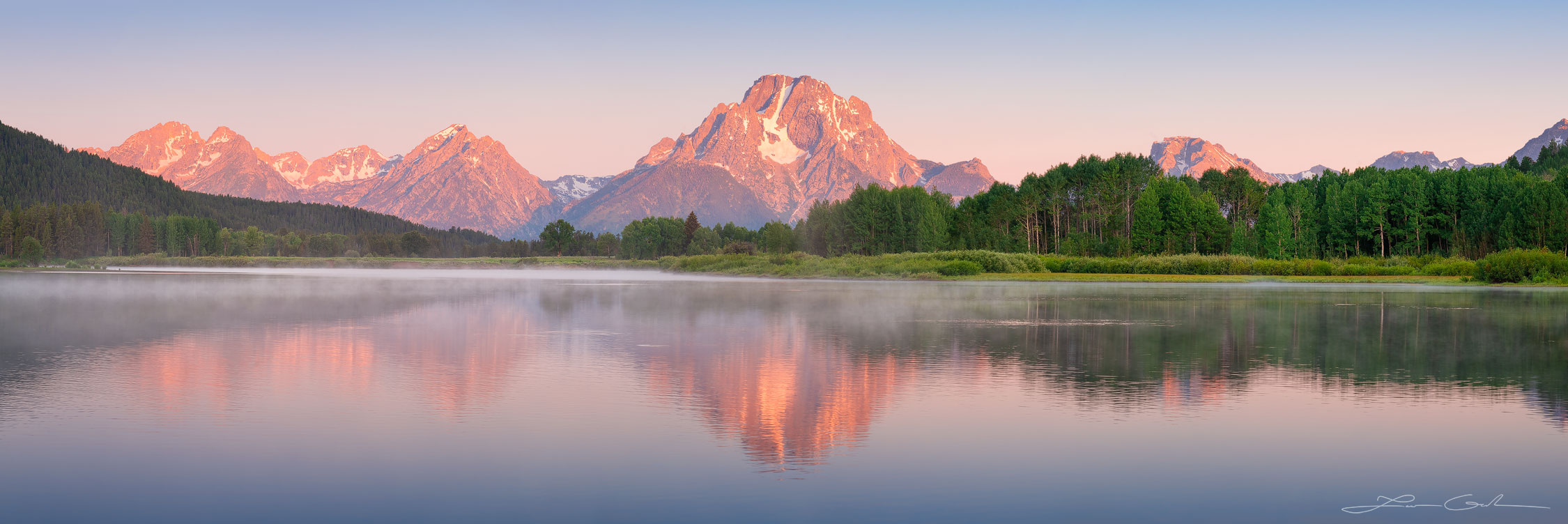
Mountain Photography Fine Art
Mountain photography fine art is a subject that has captured the imagination of photographers and art enthusiasts for generations. From the soaring peaks of the

